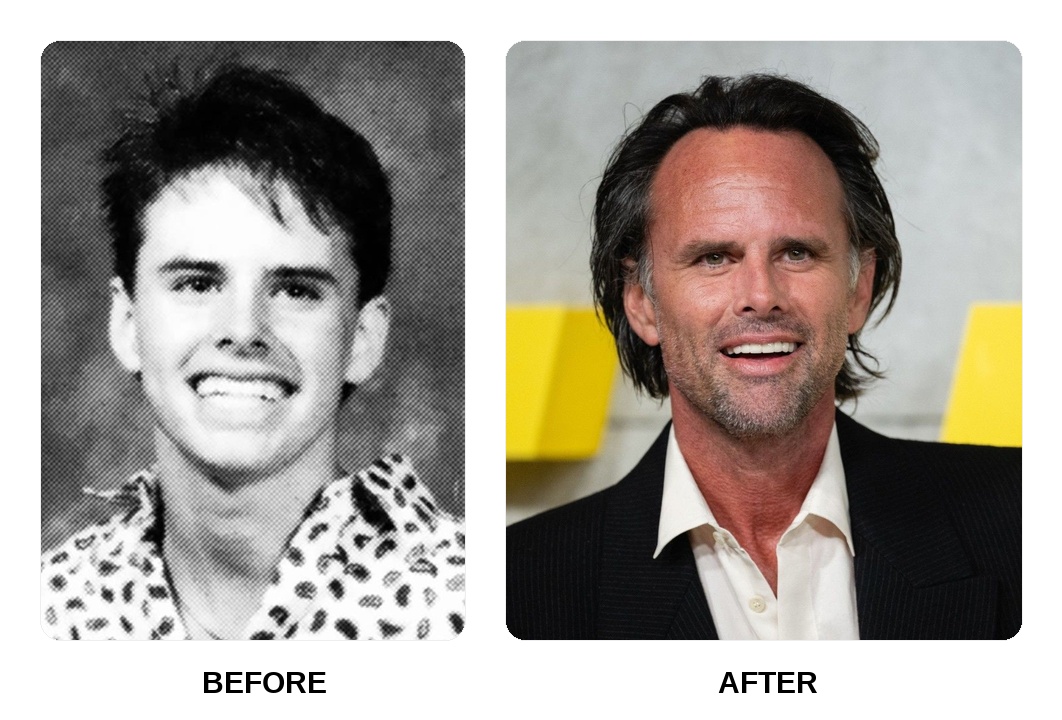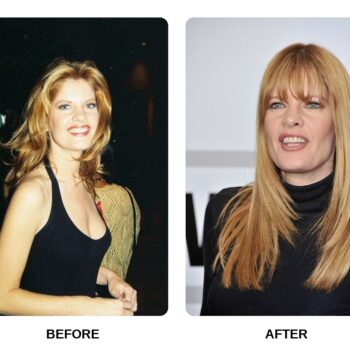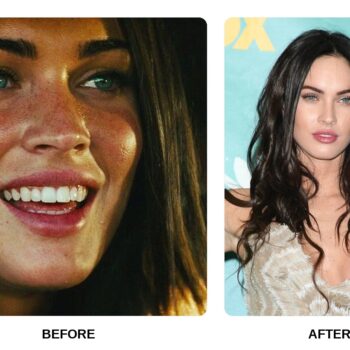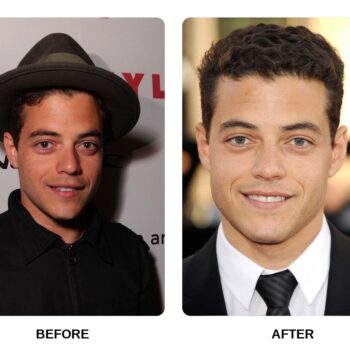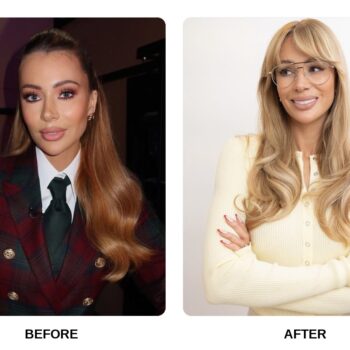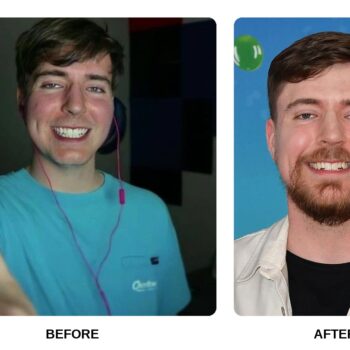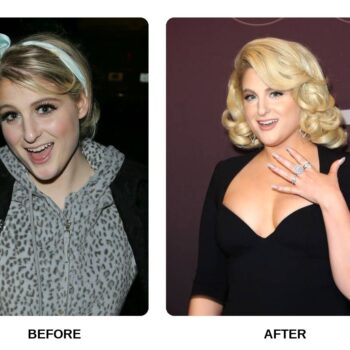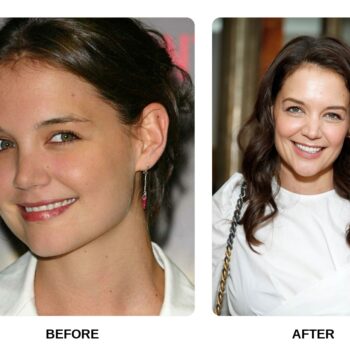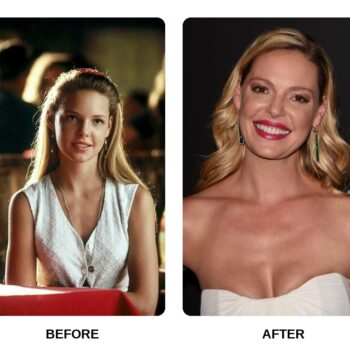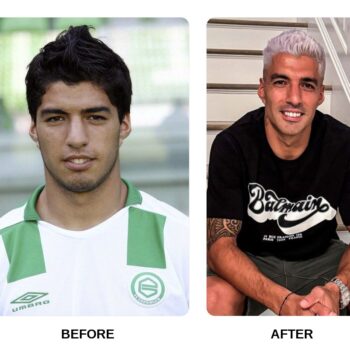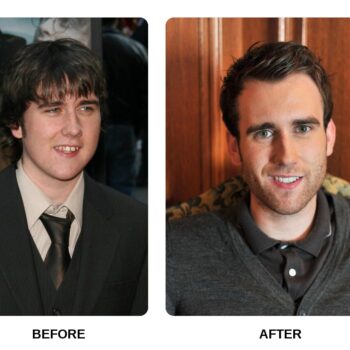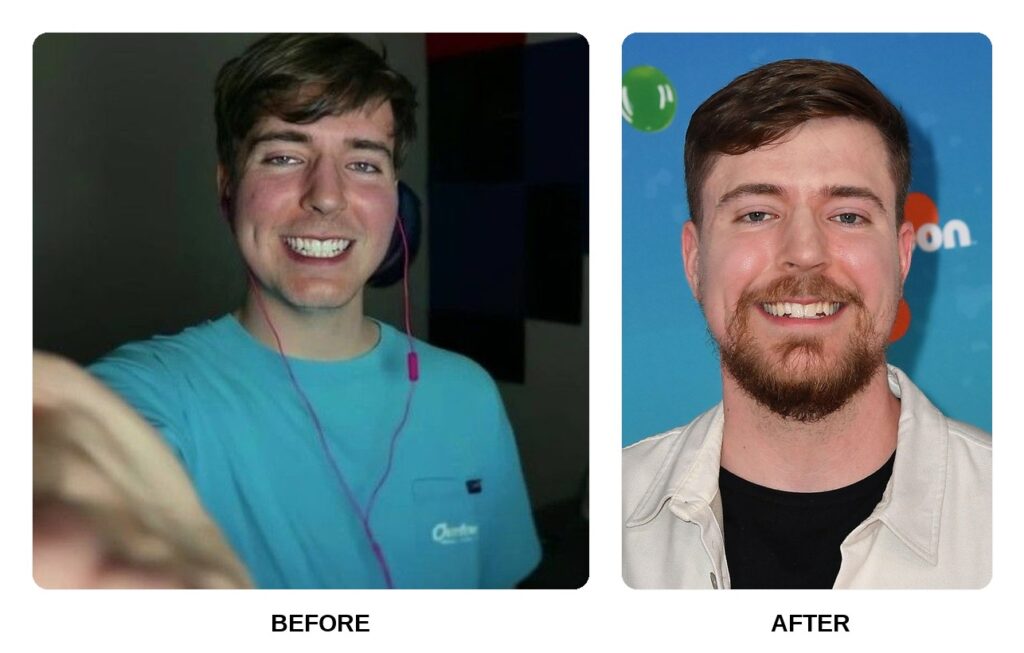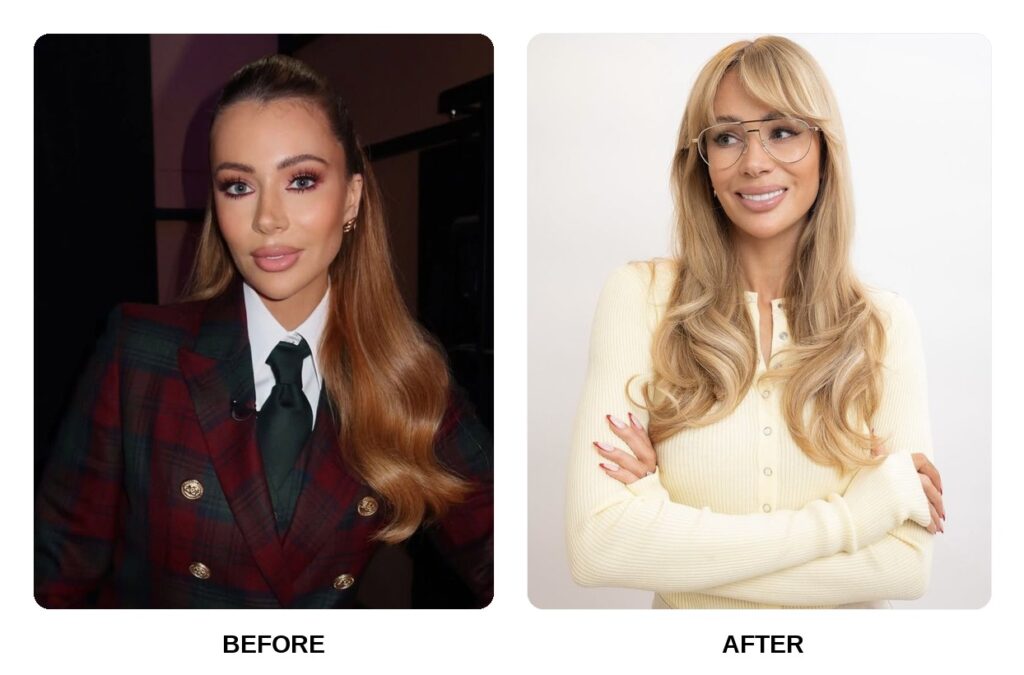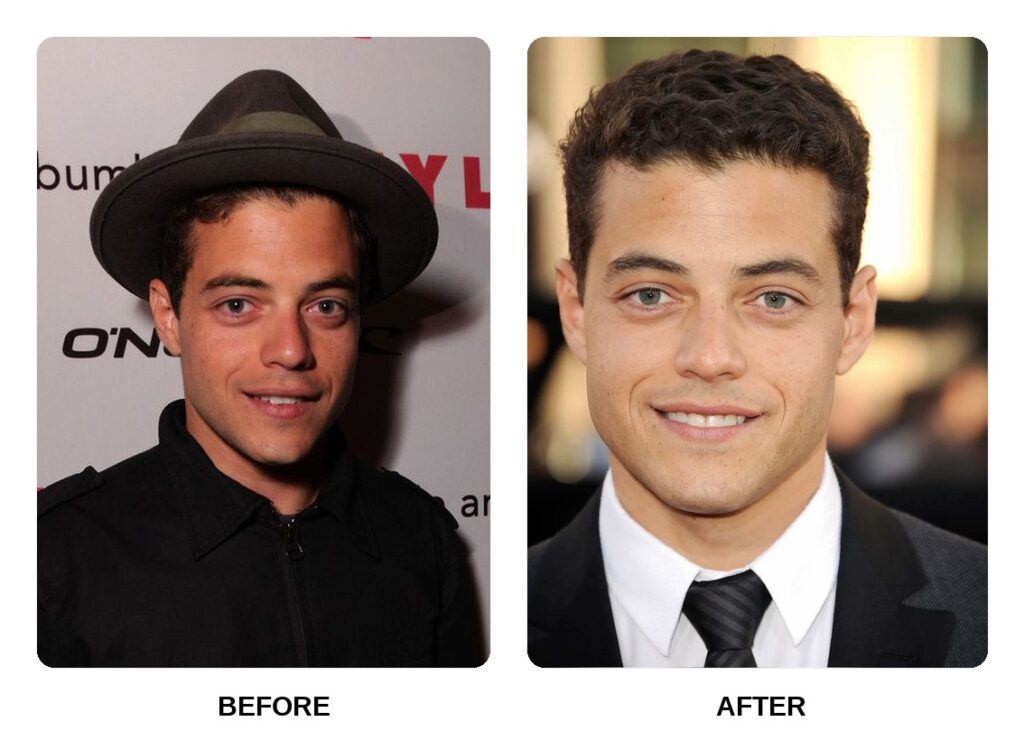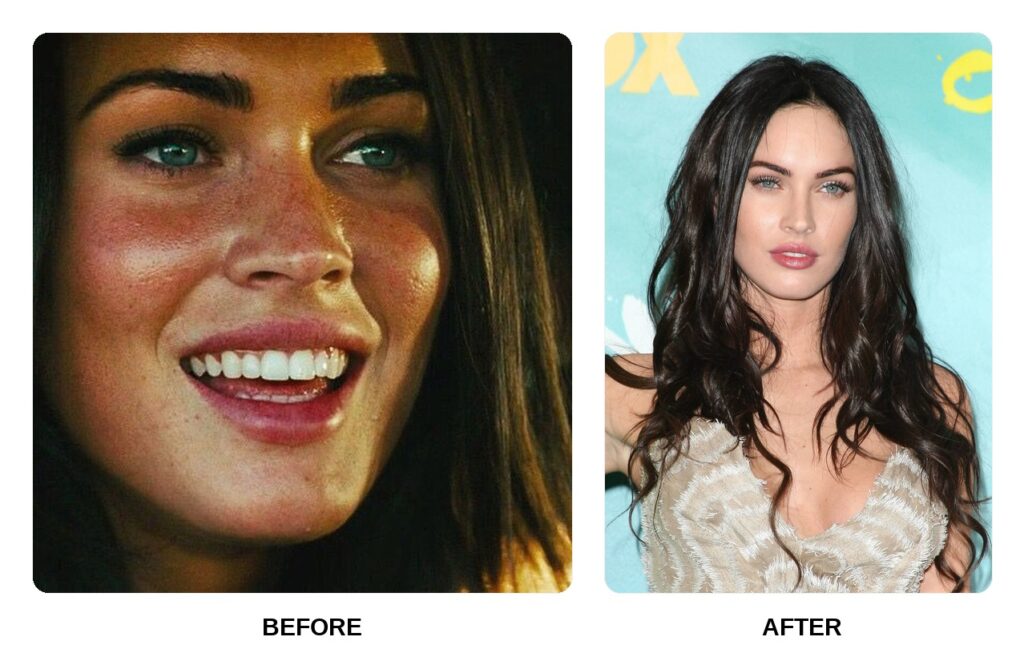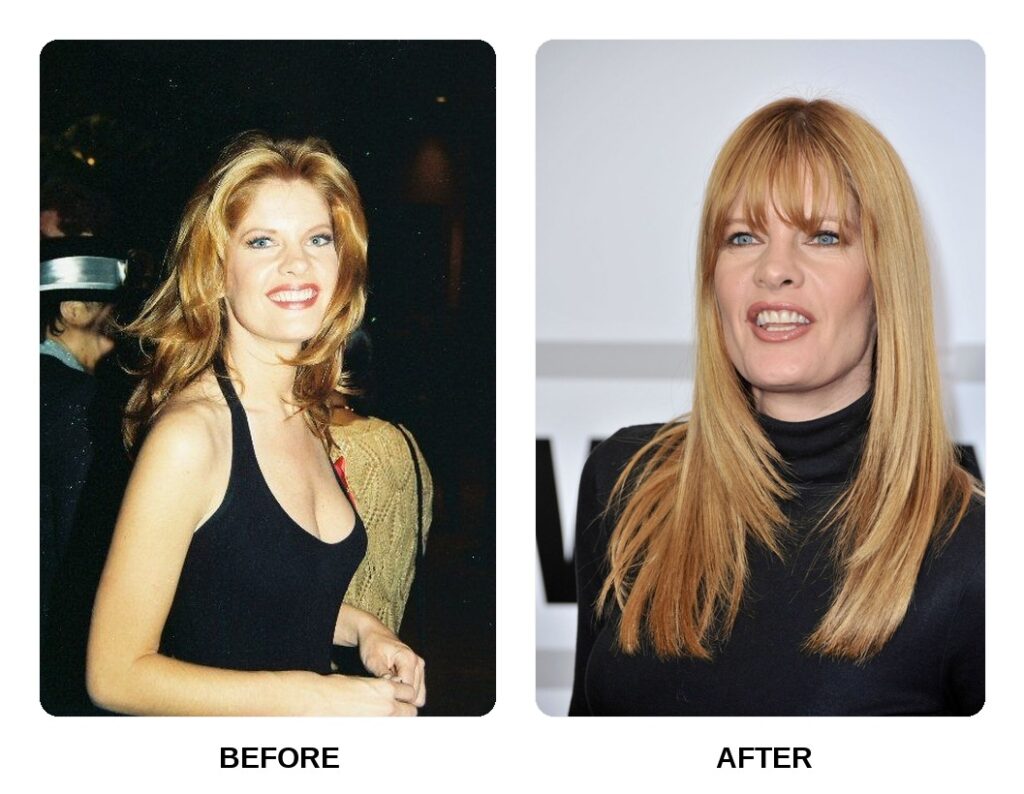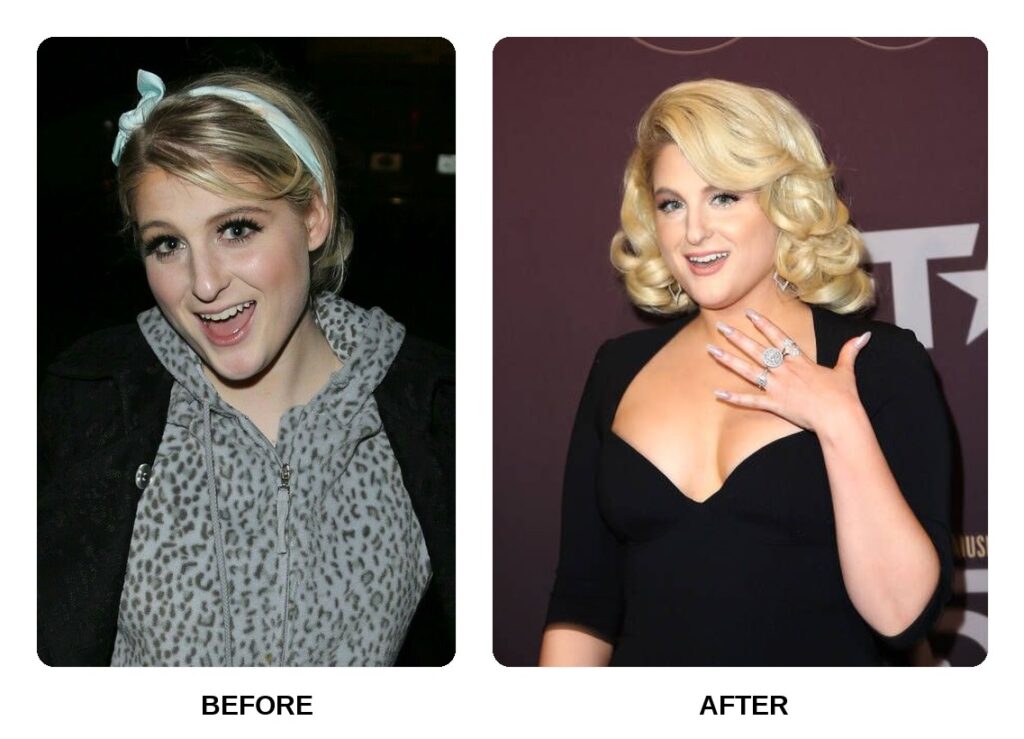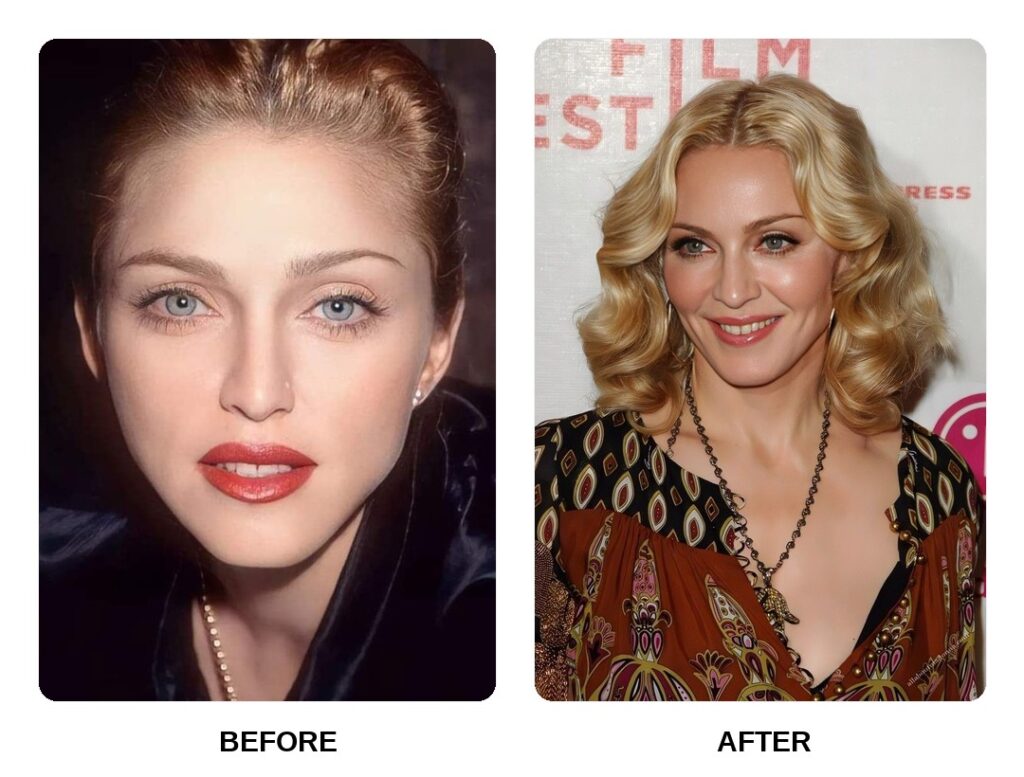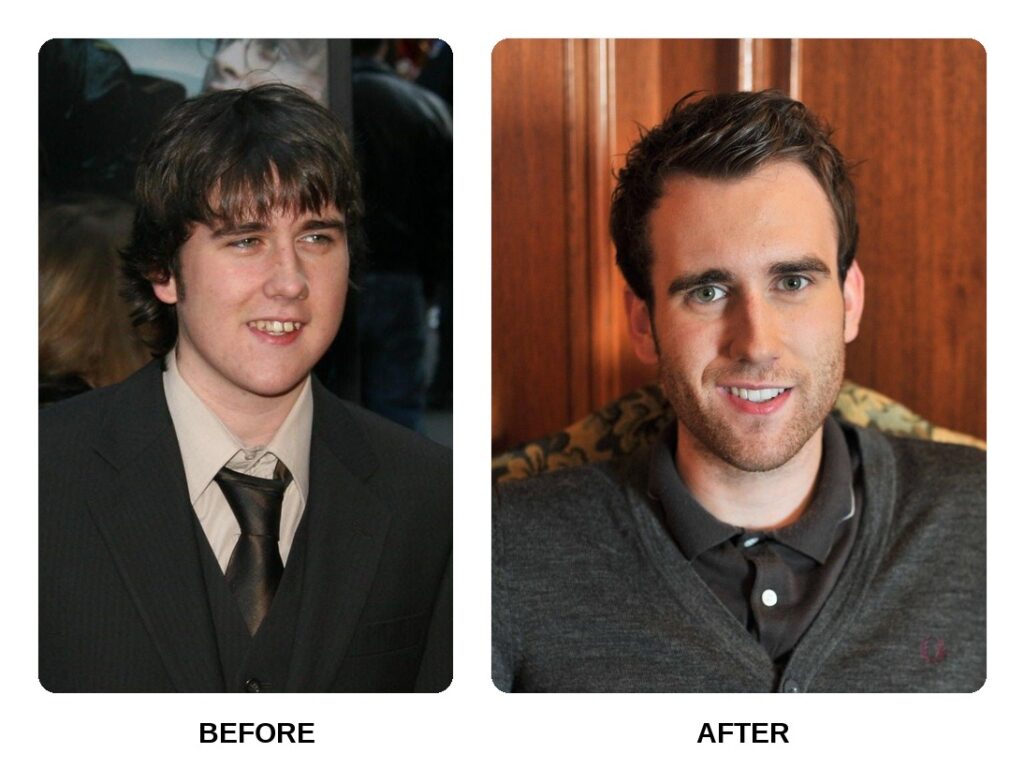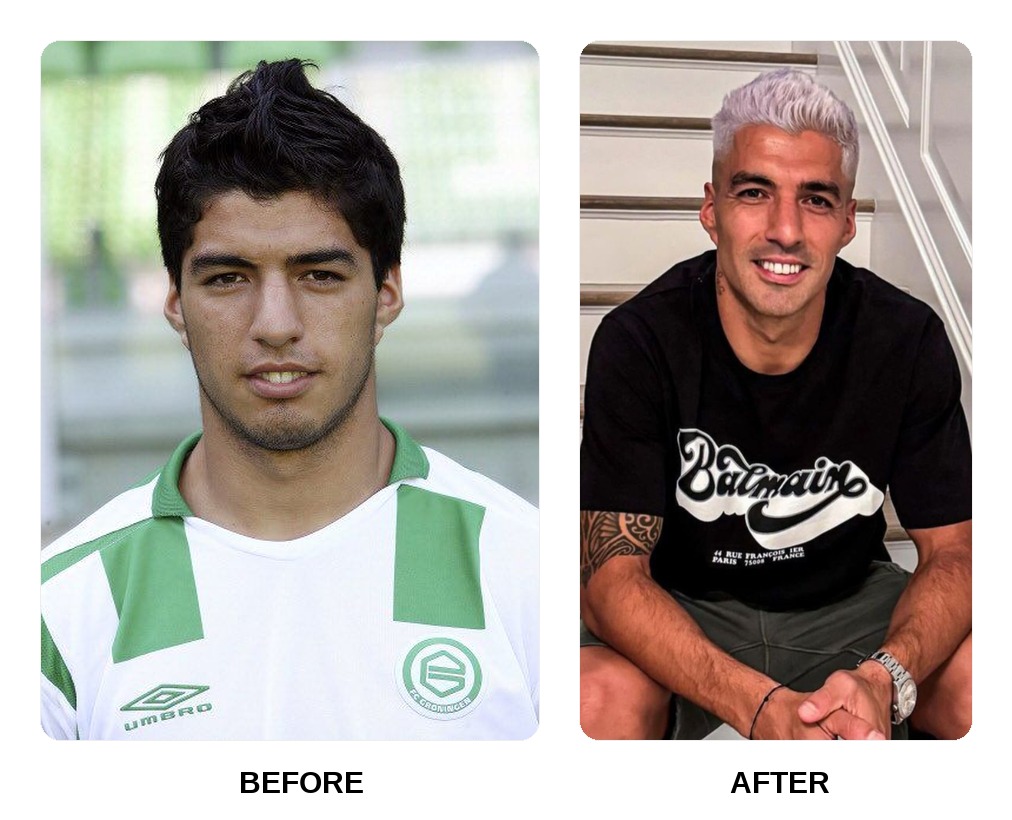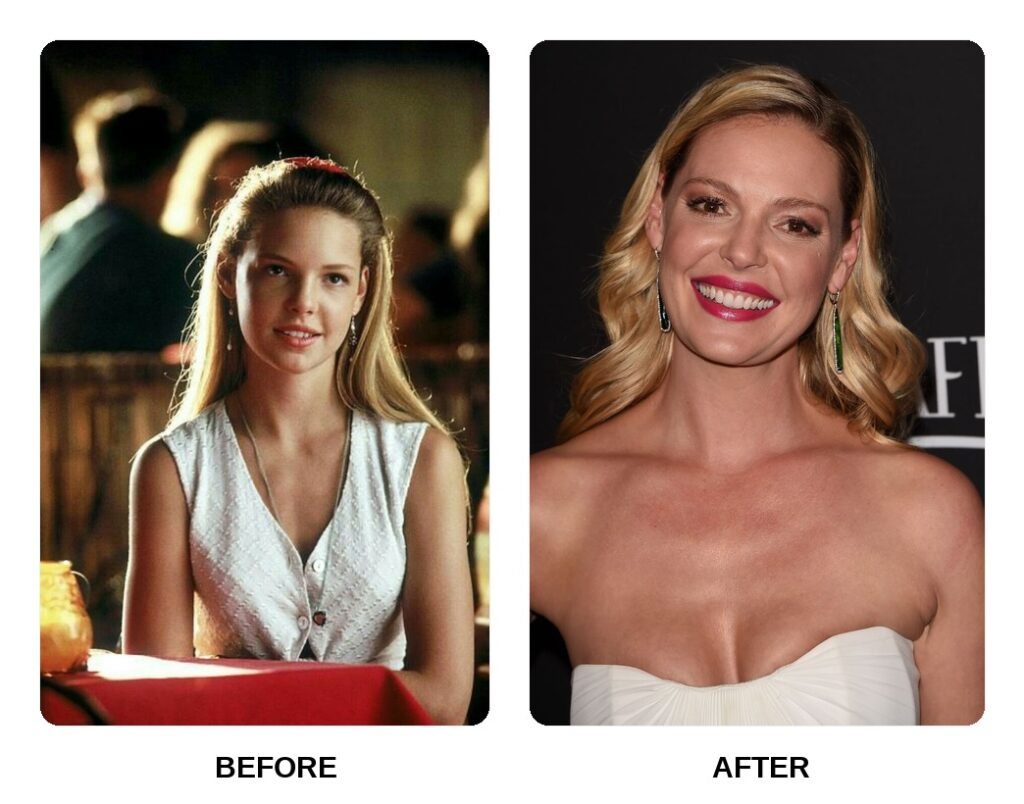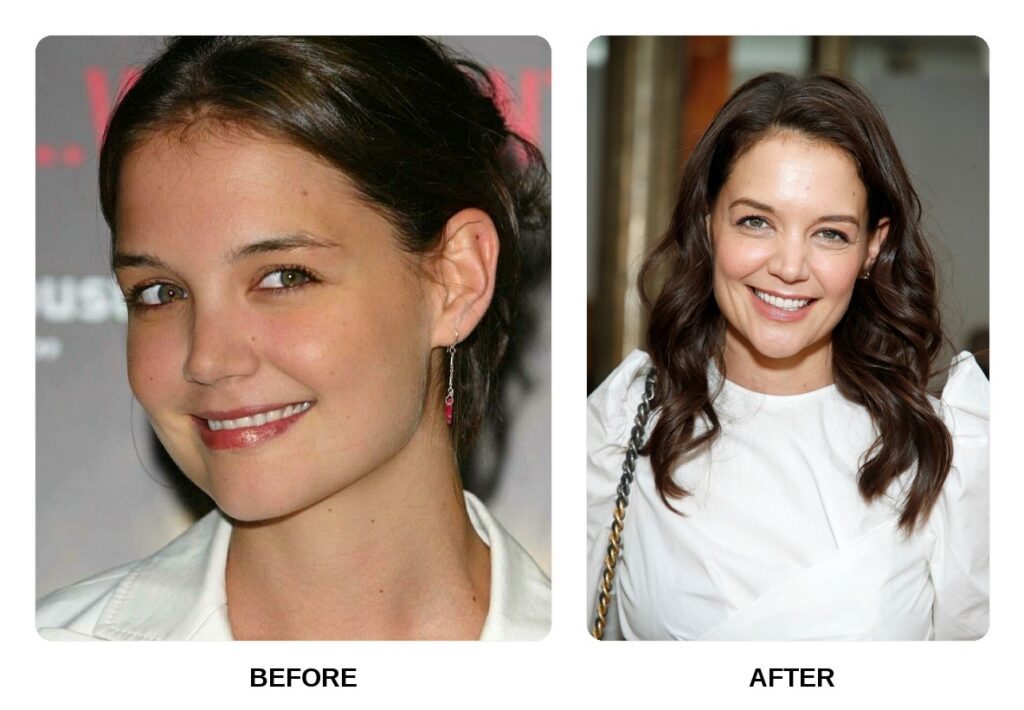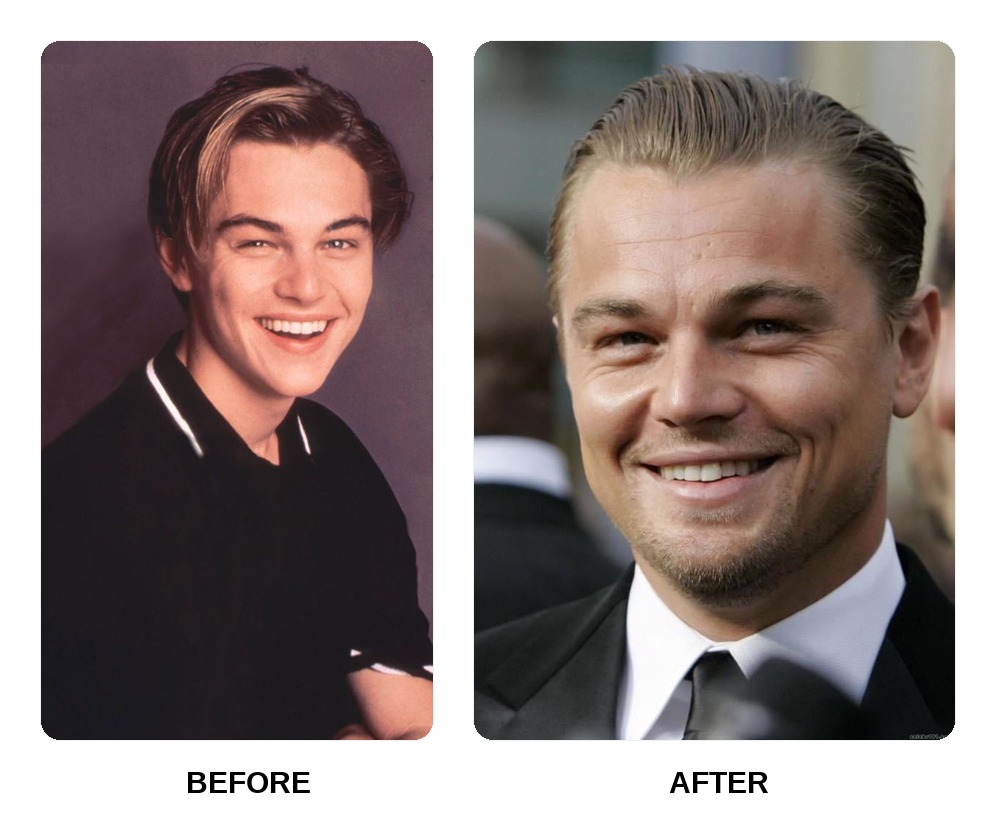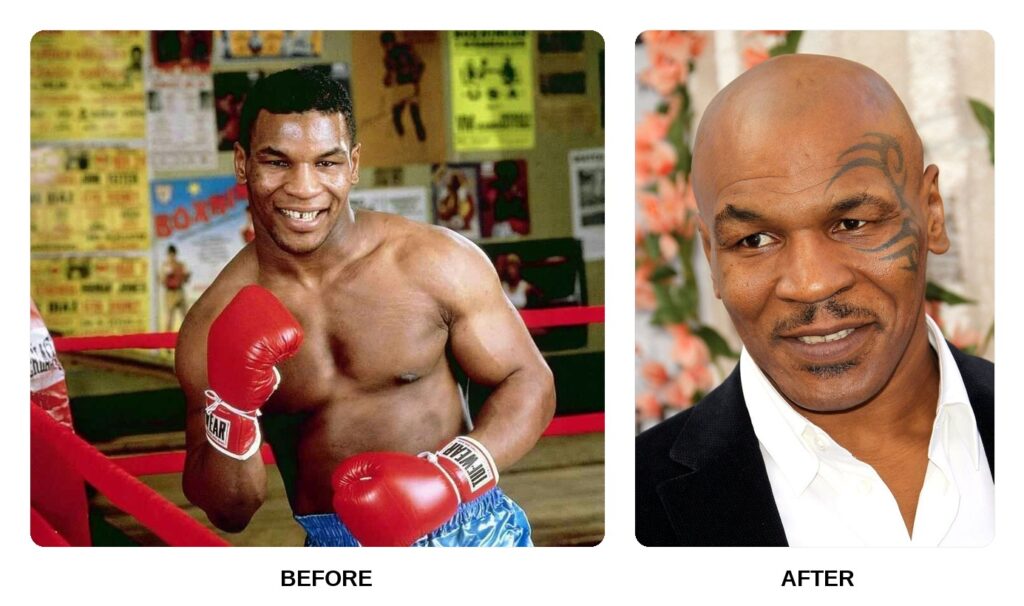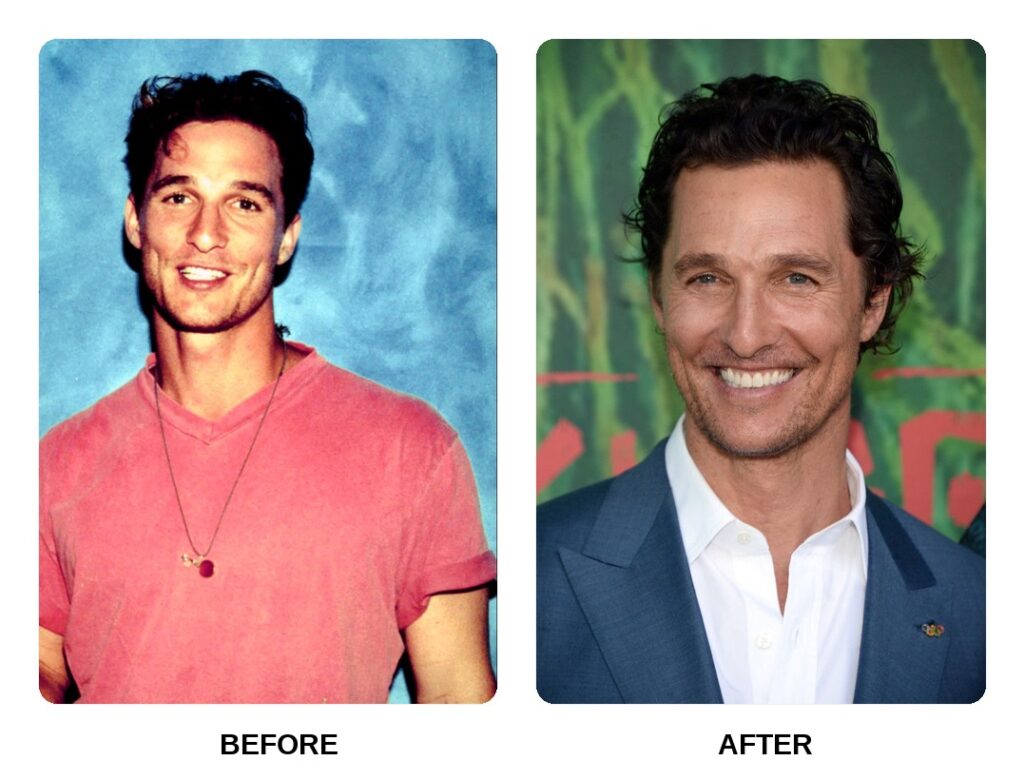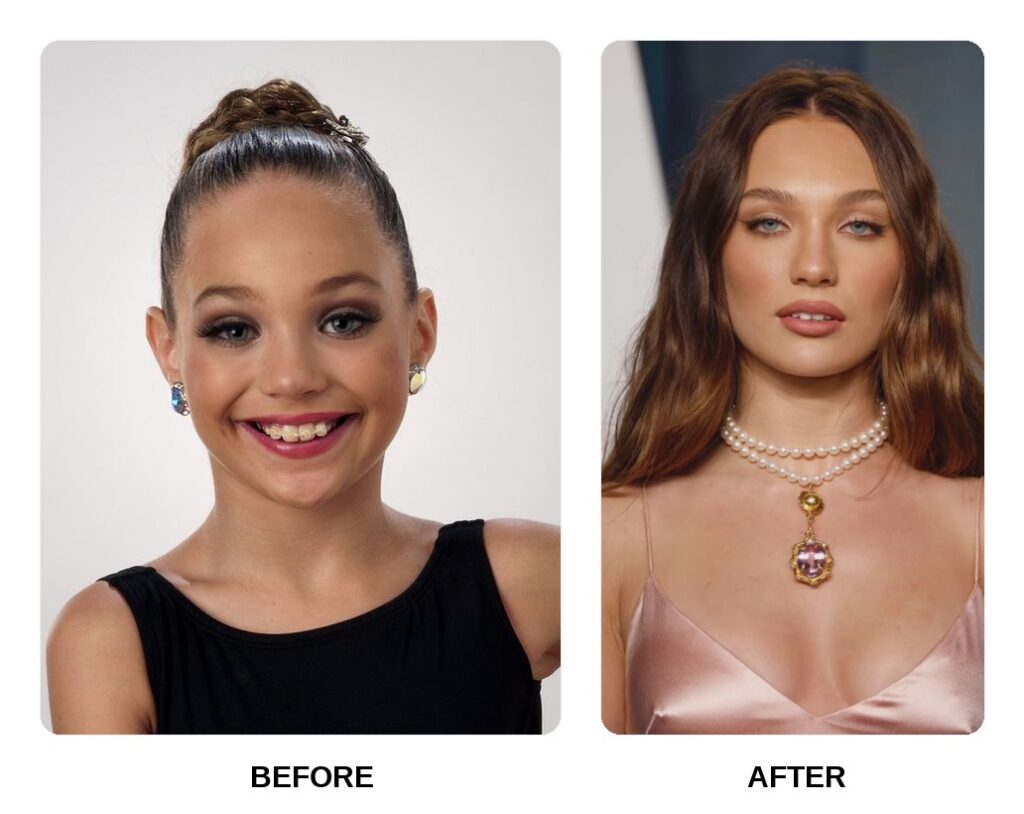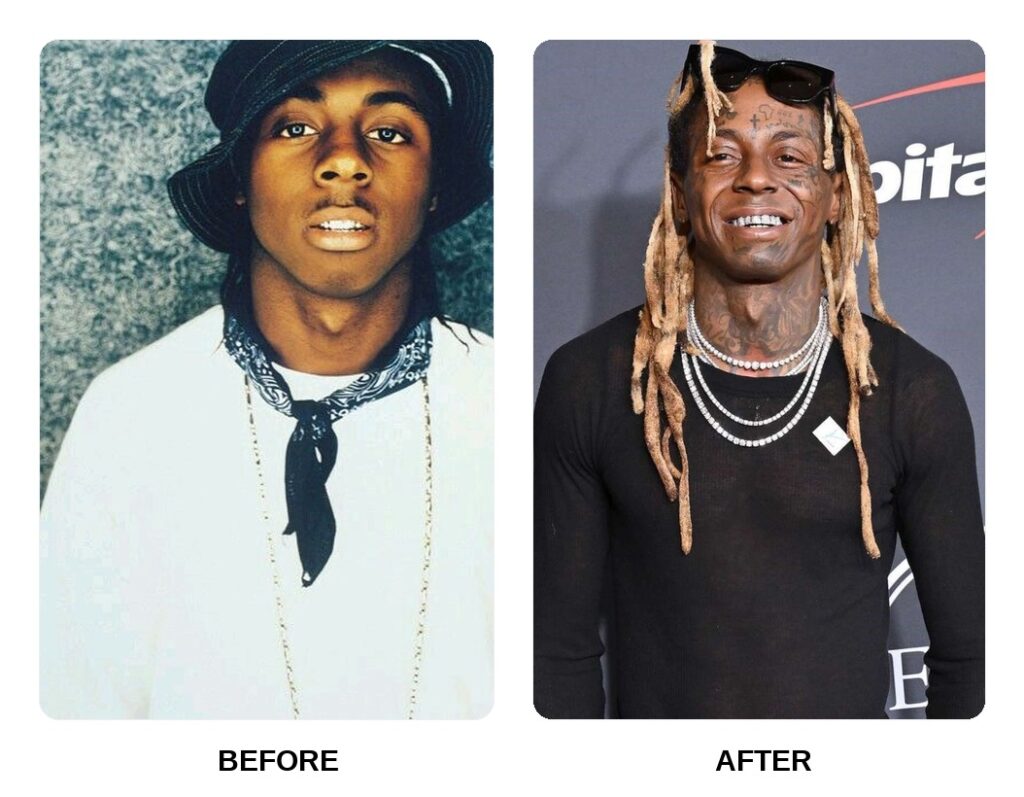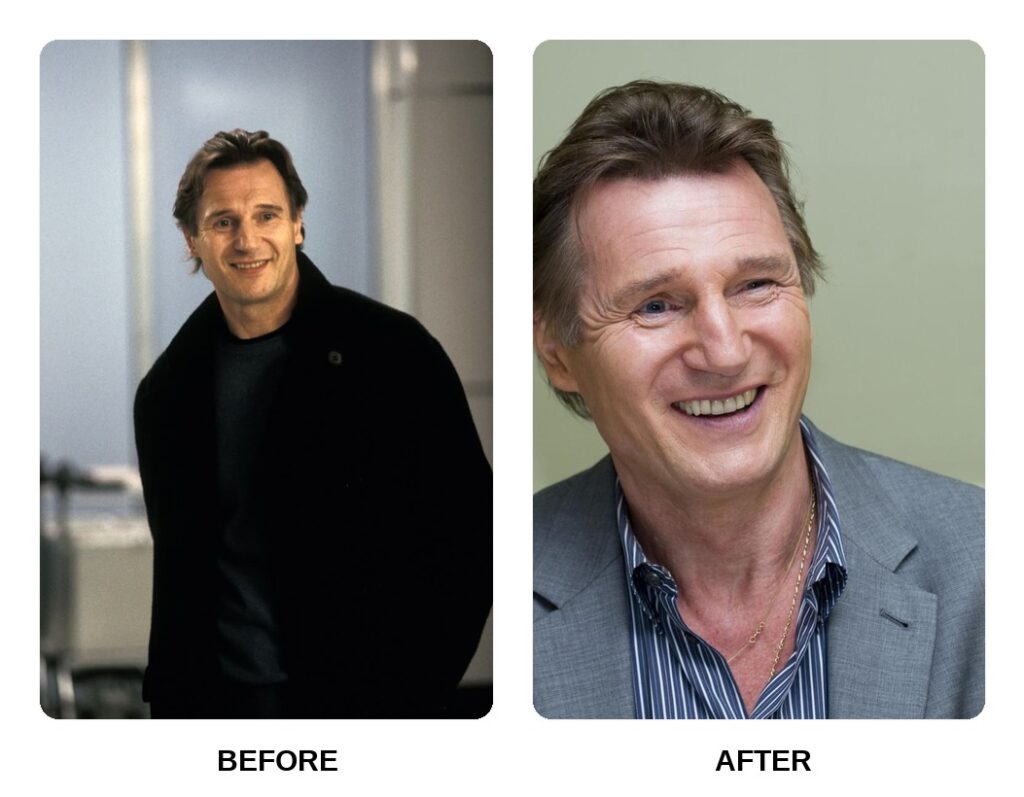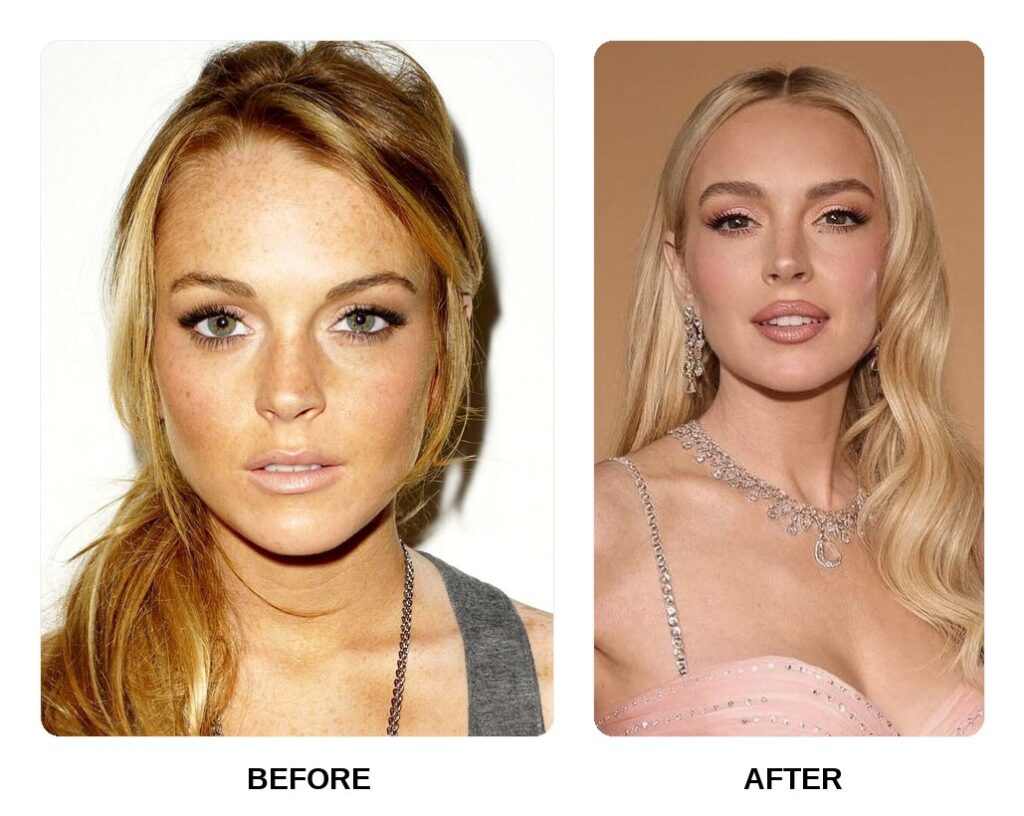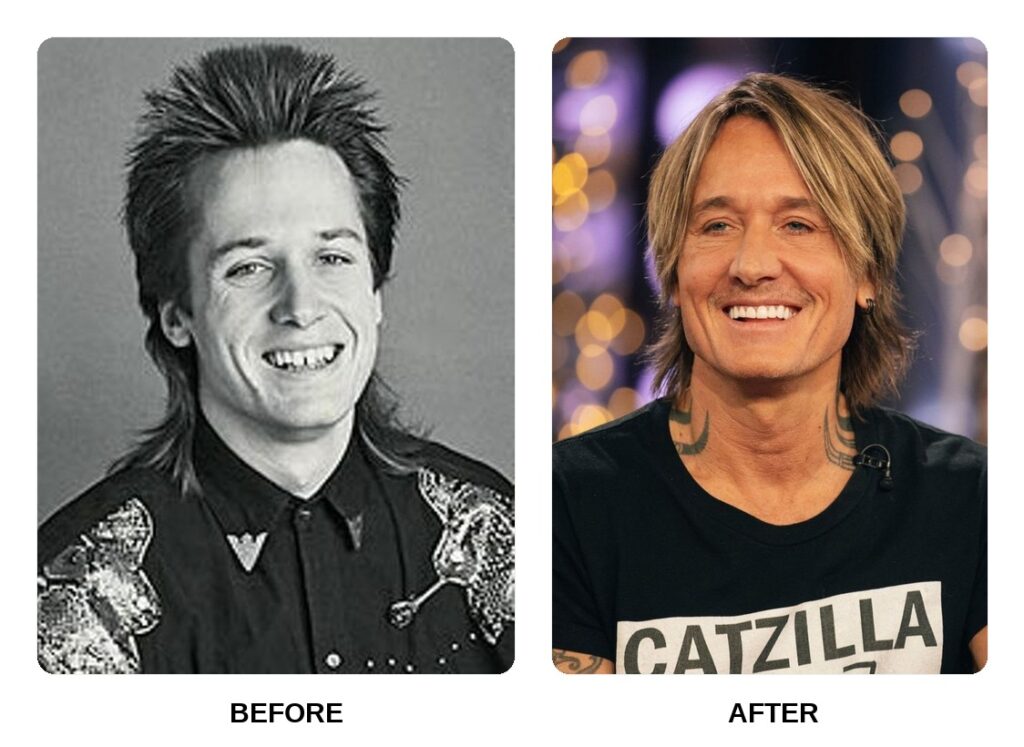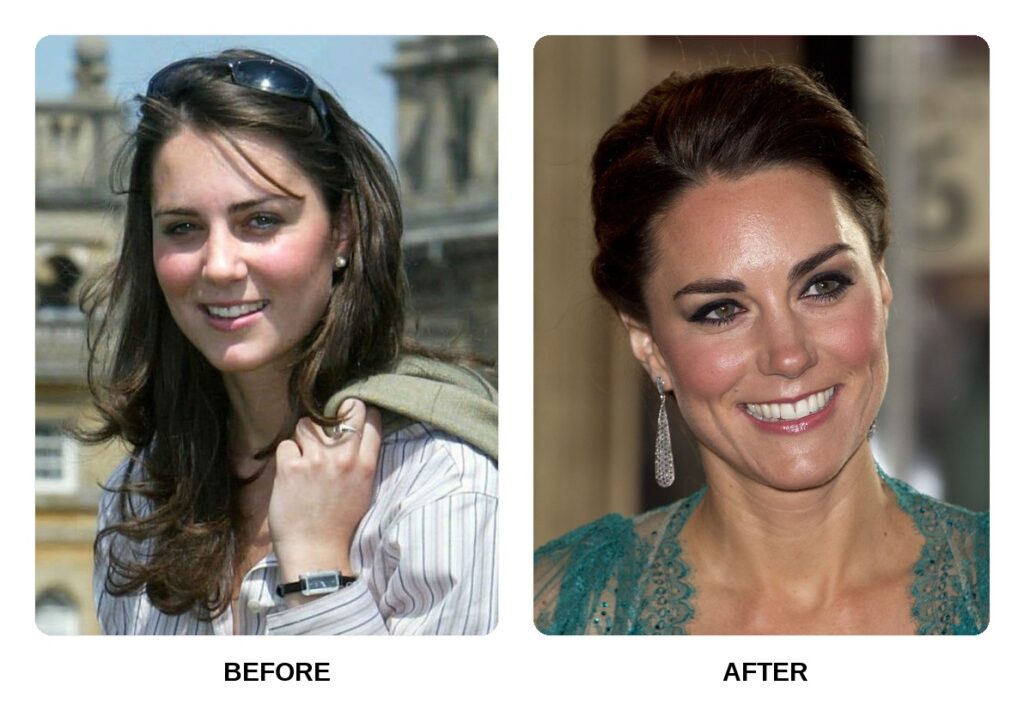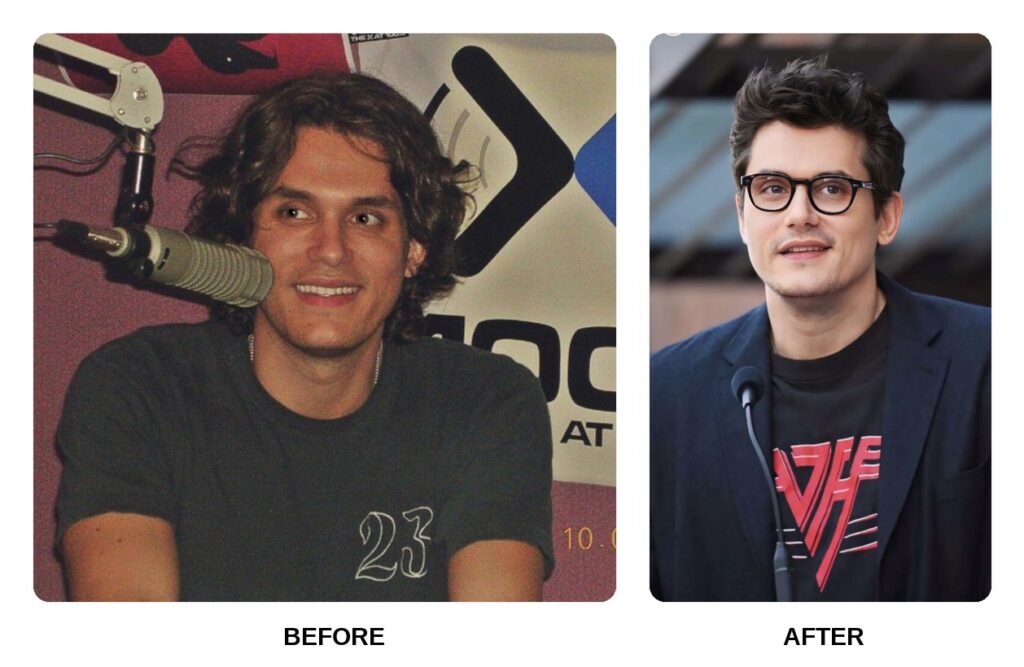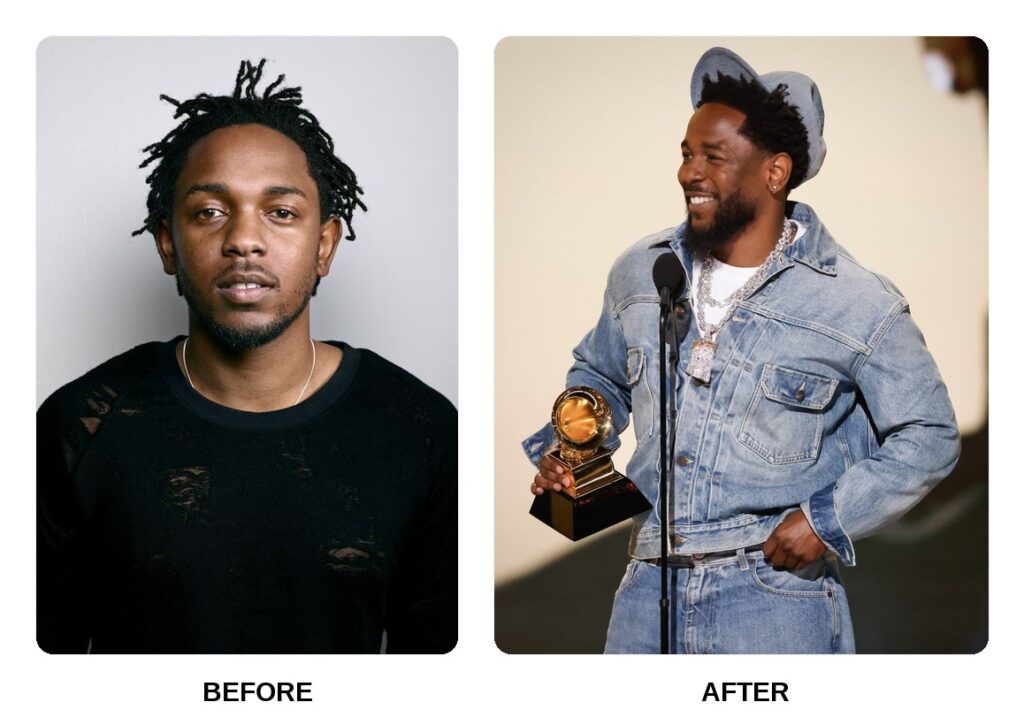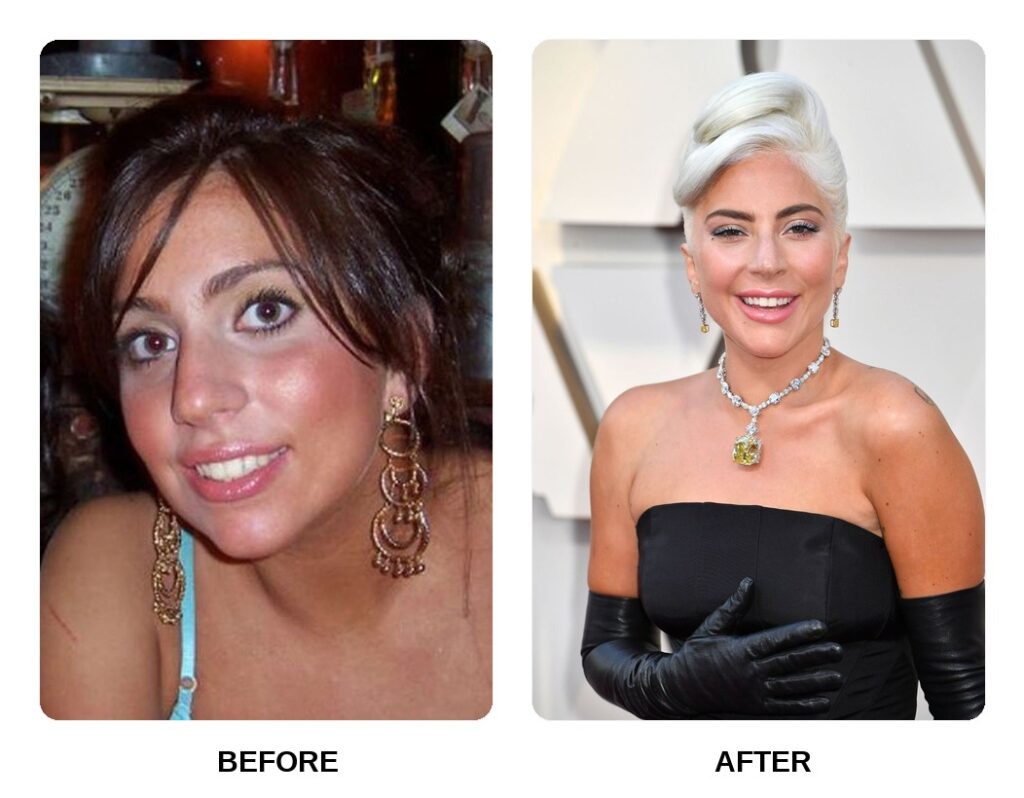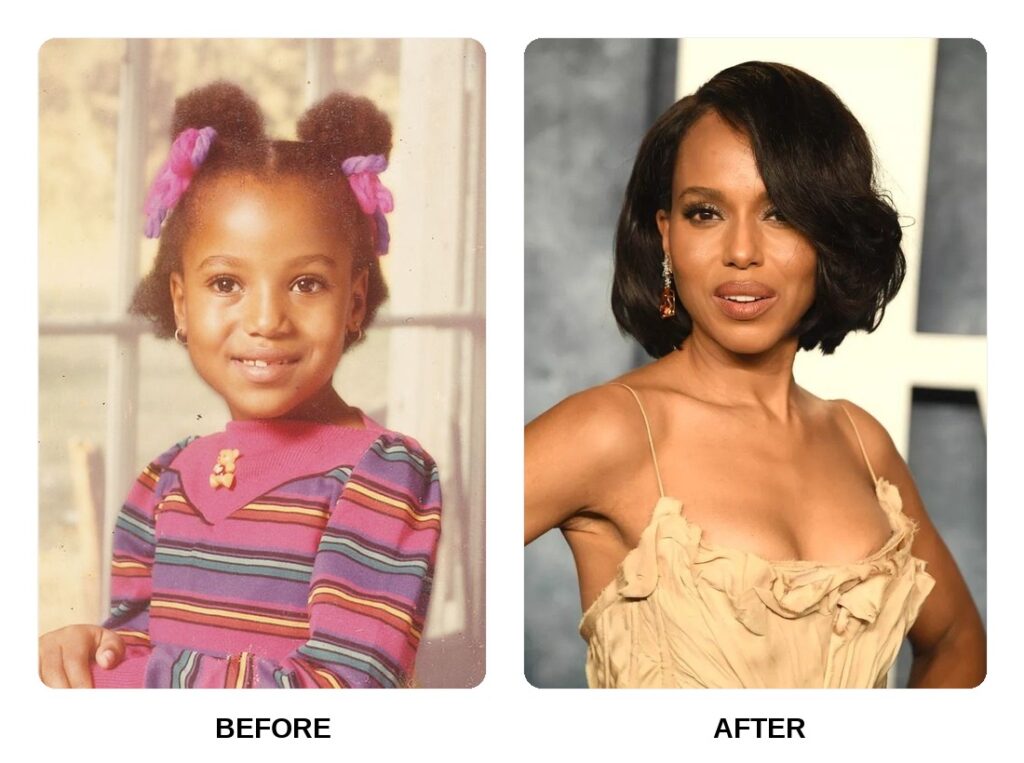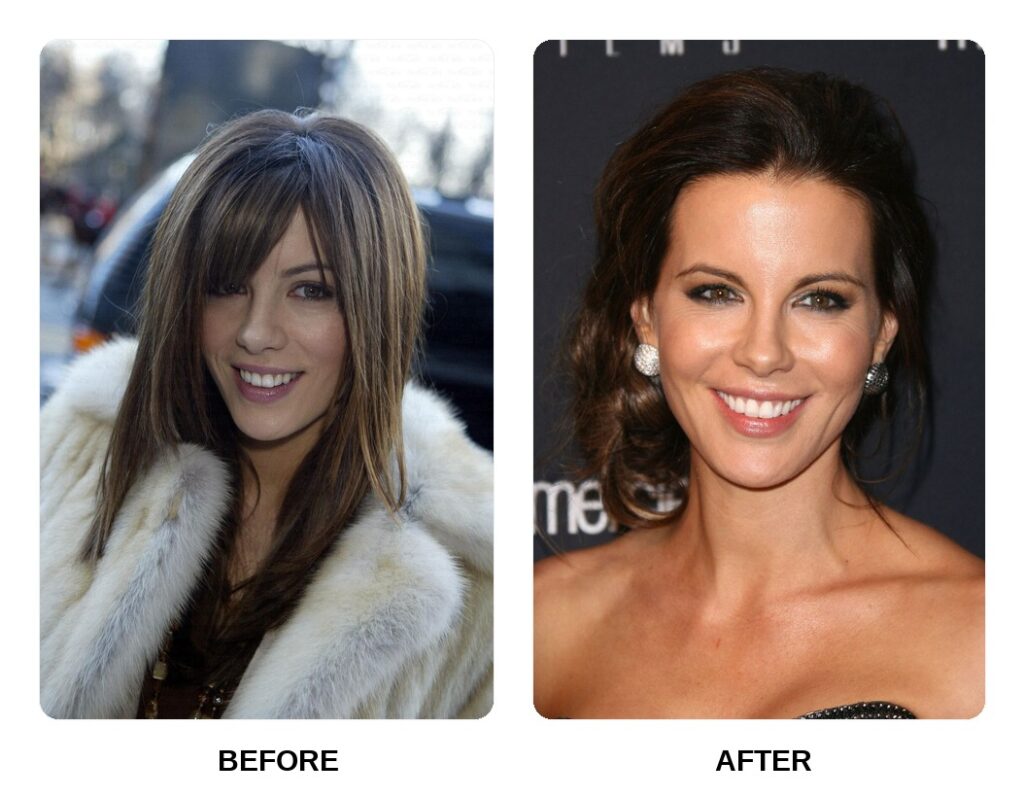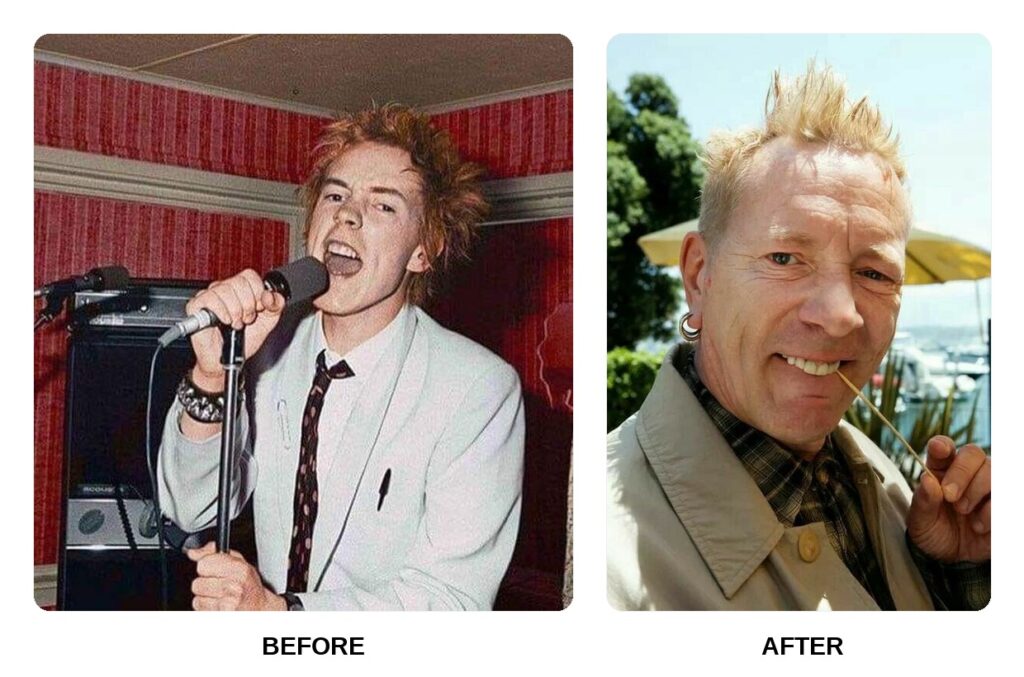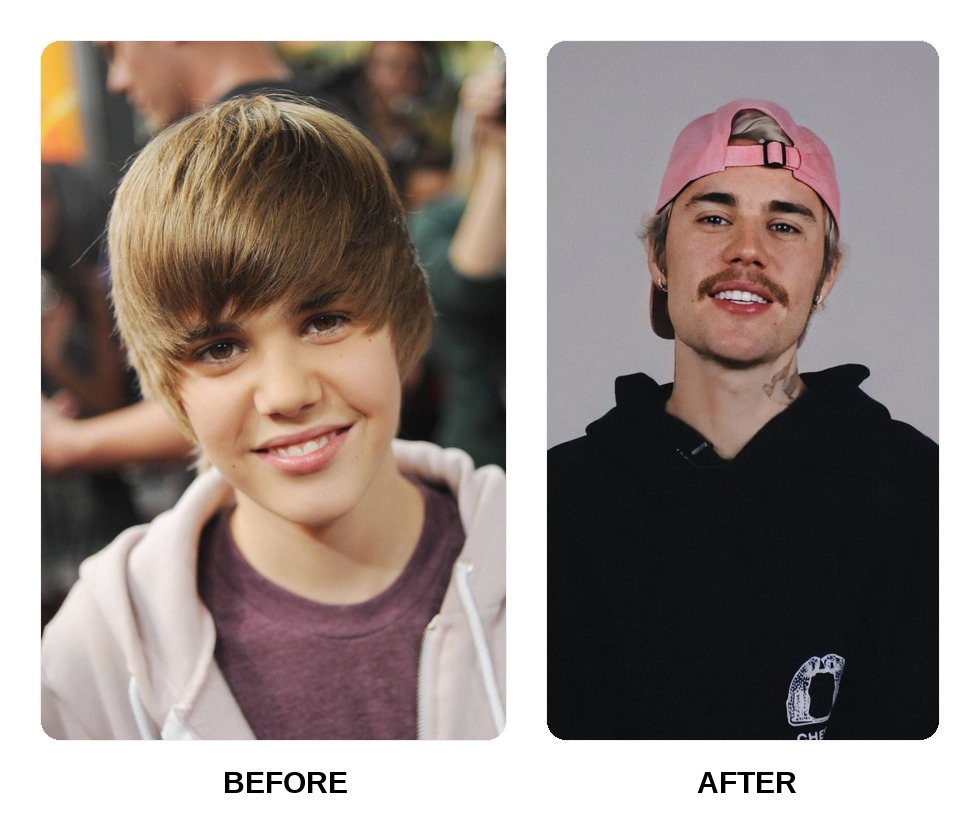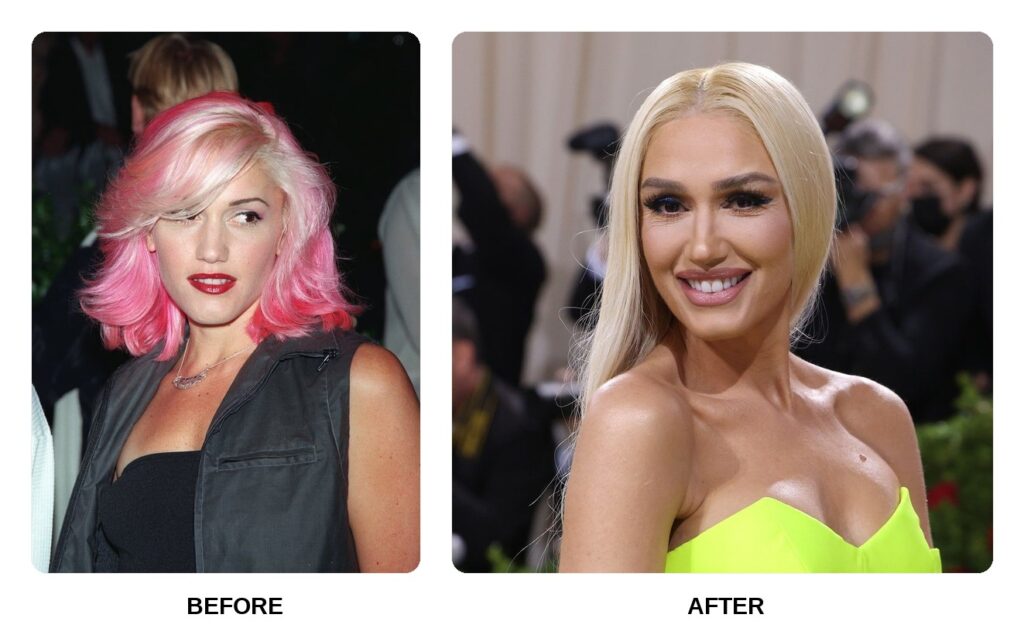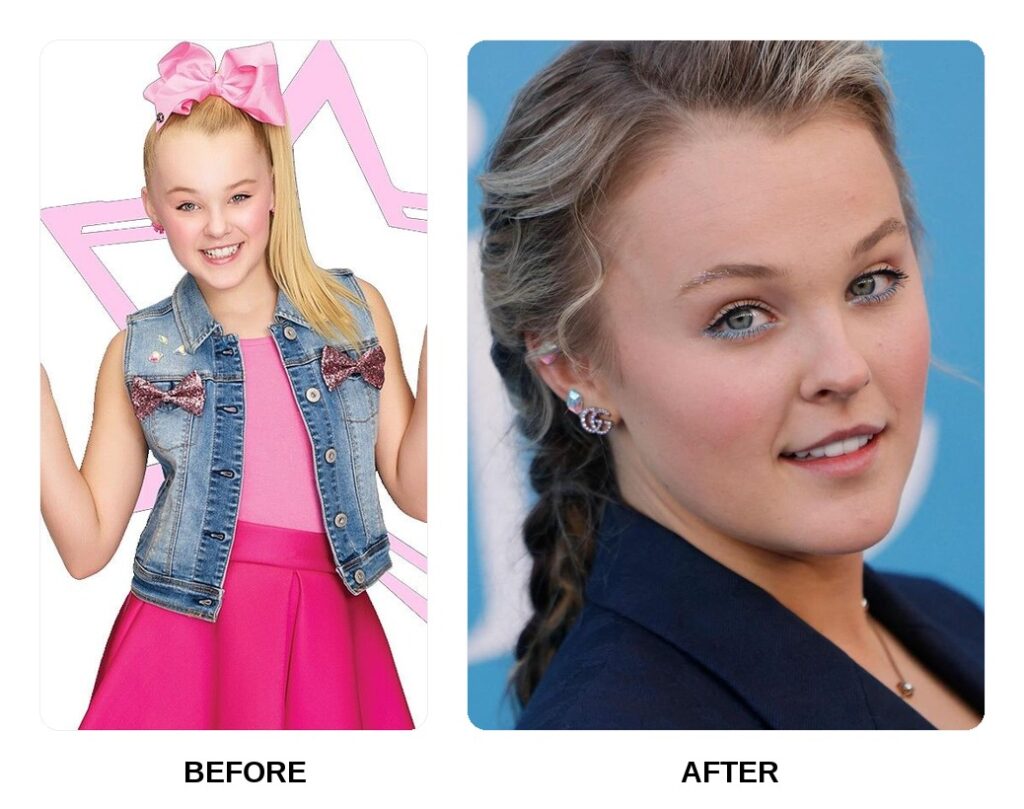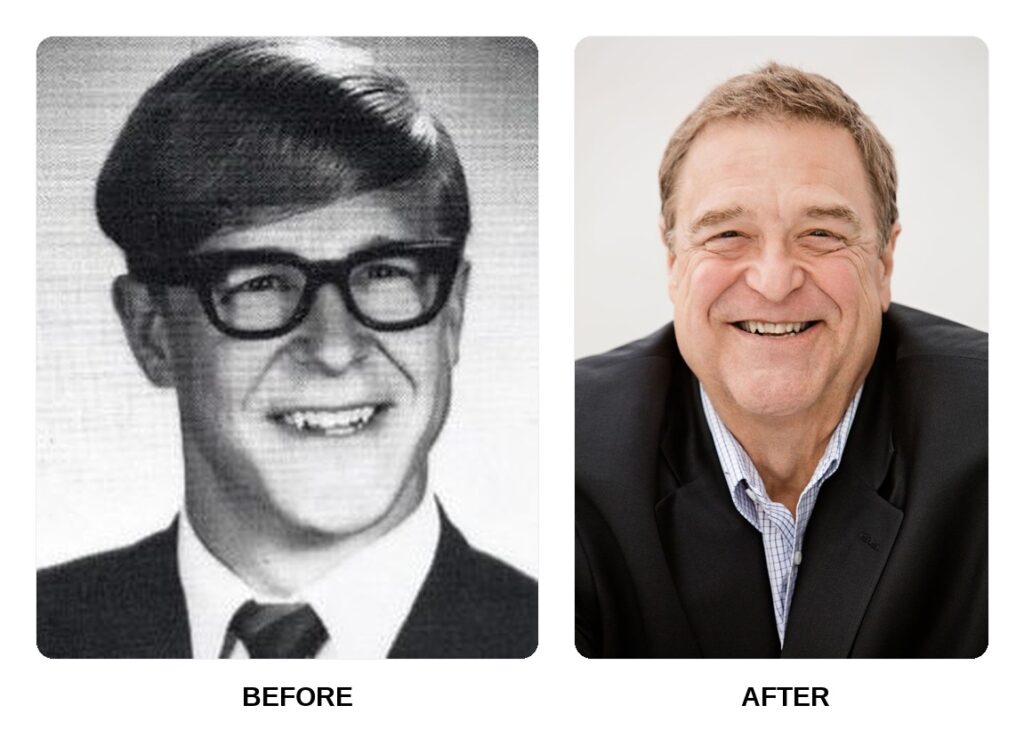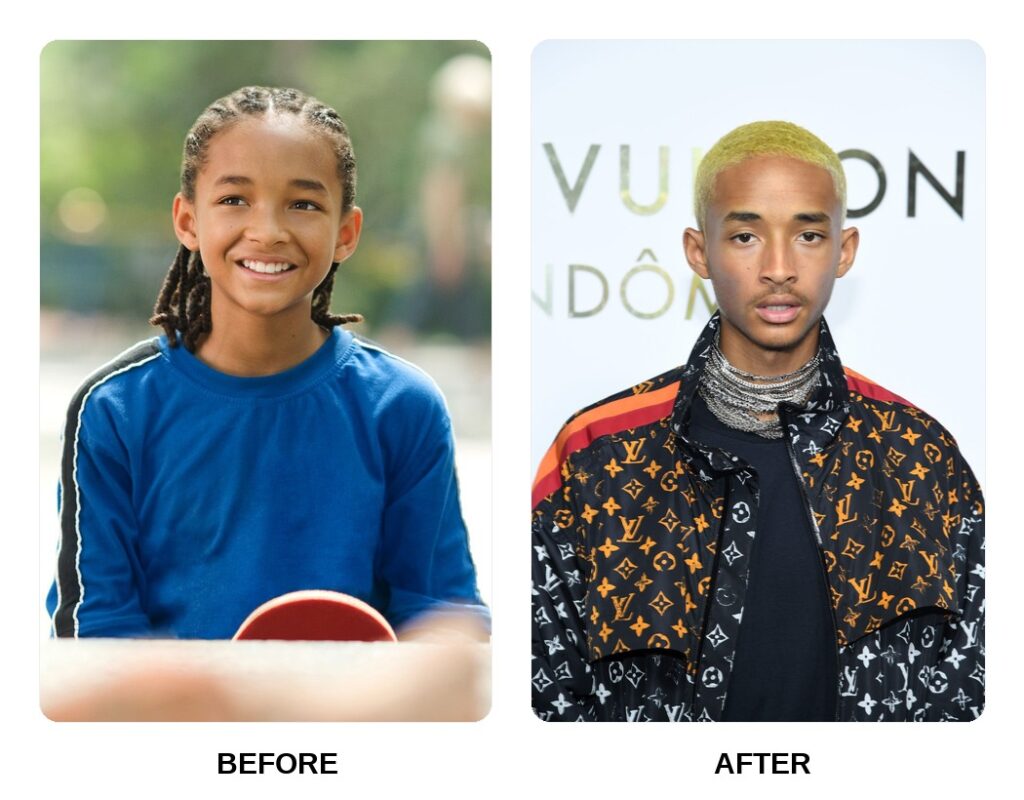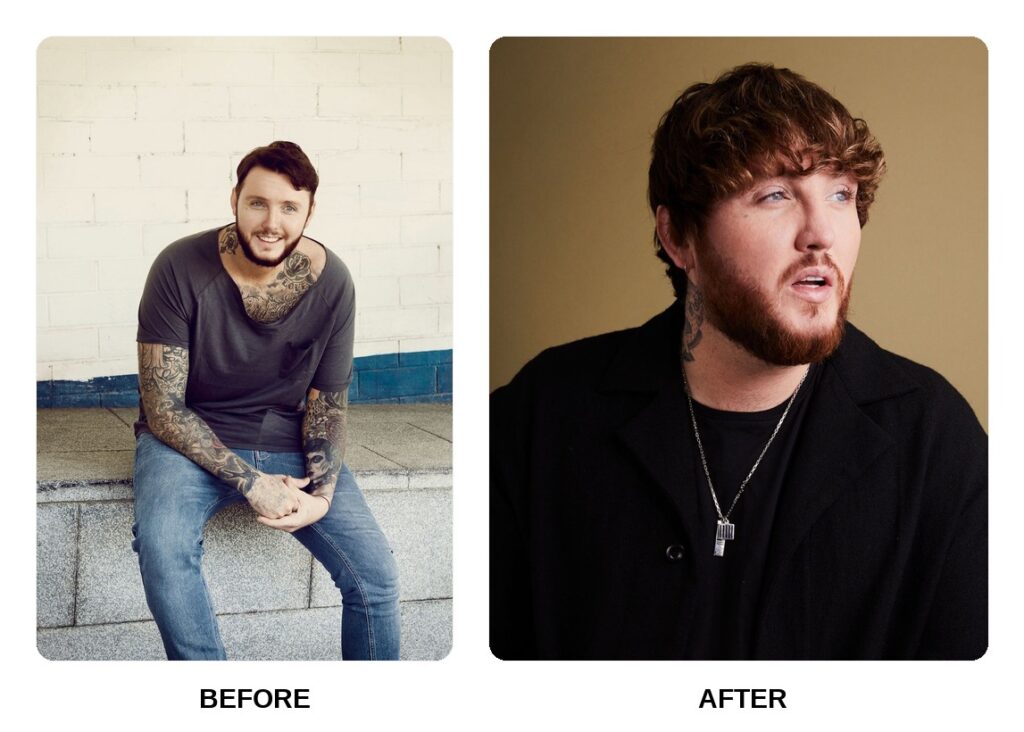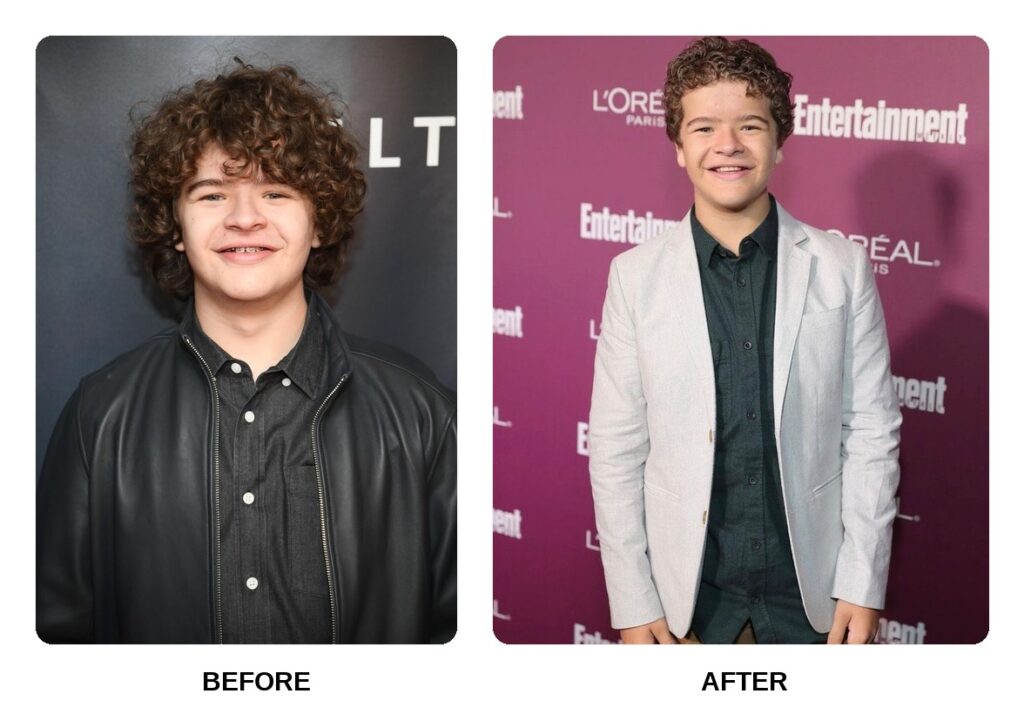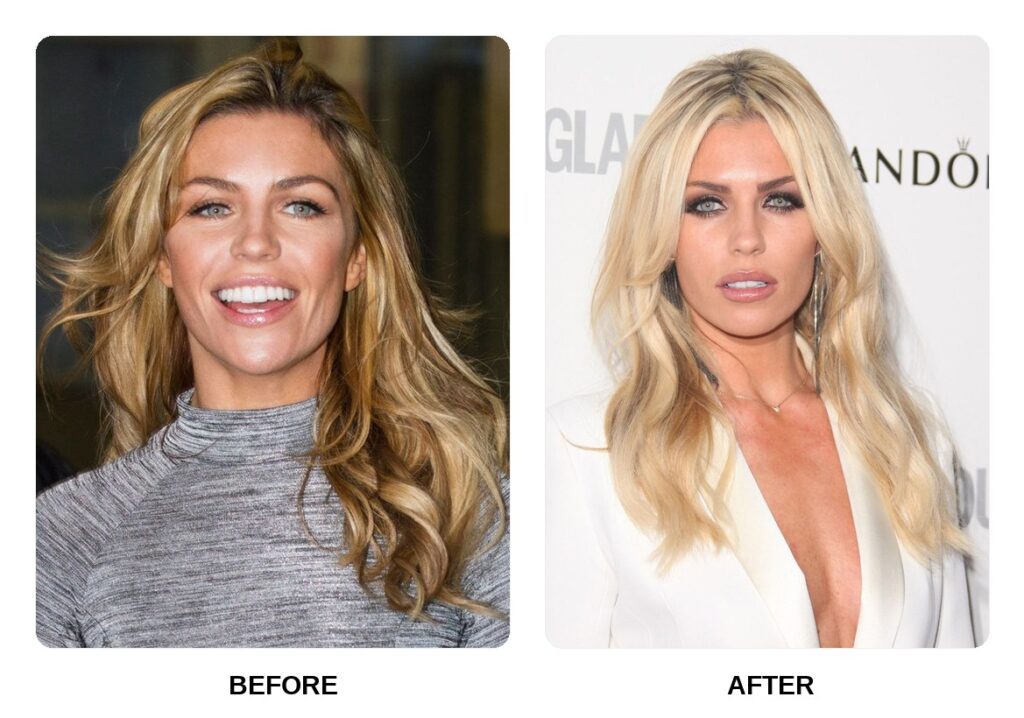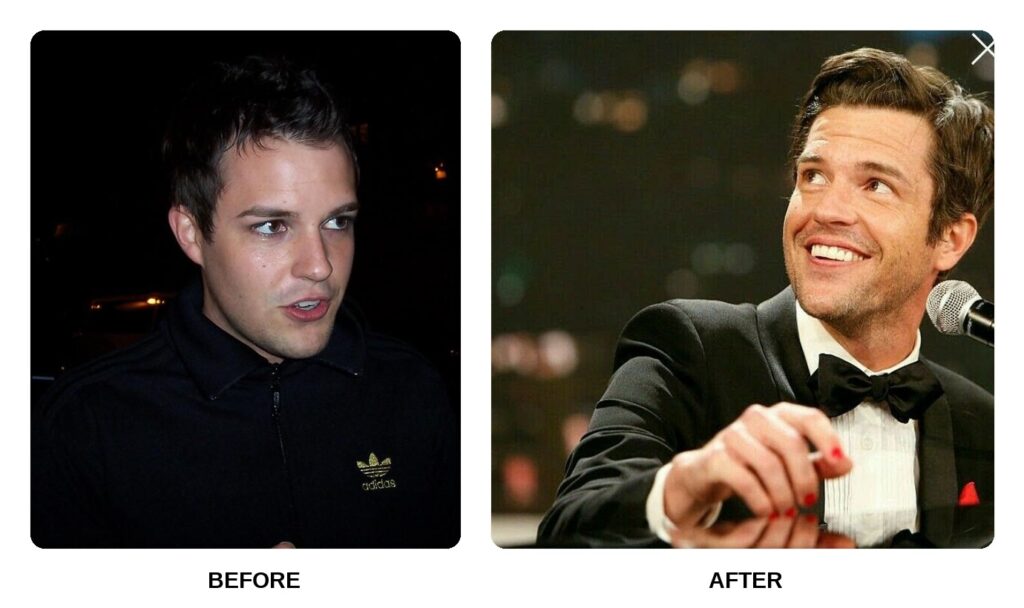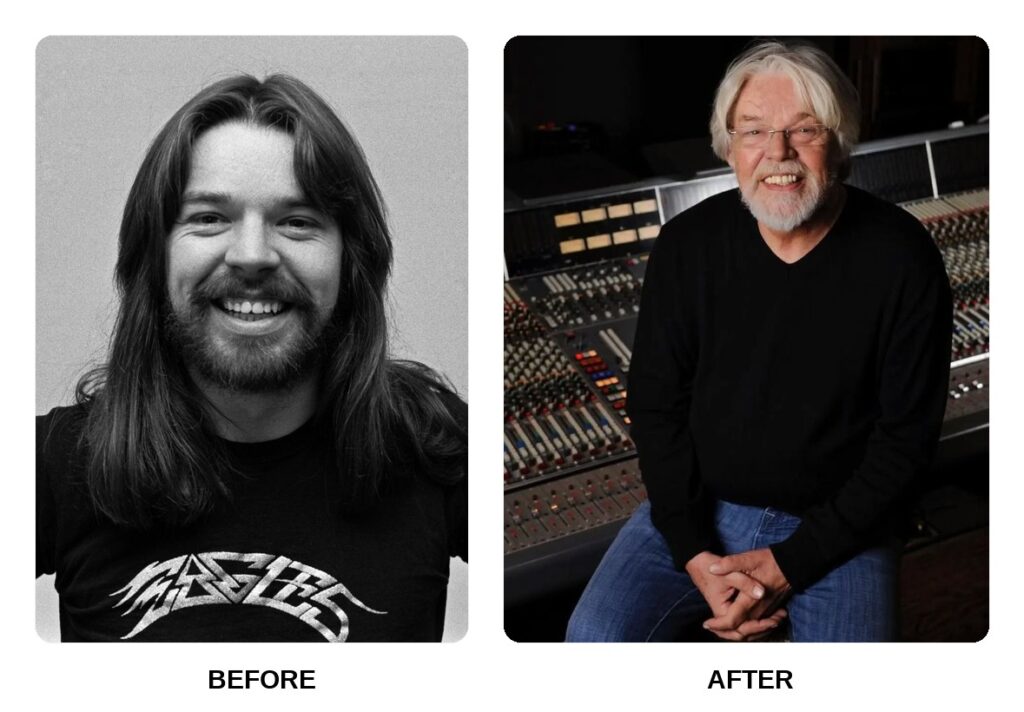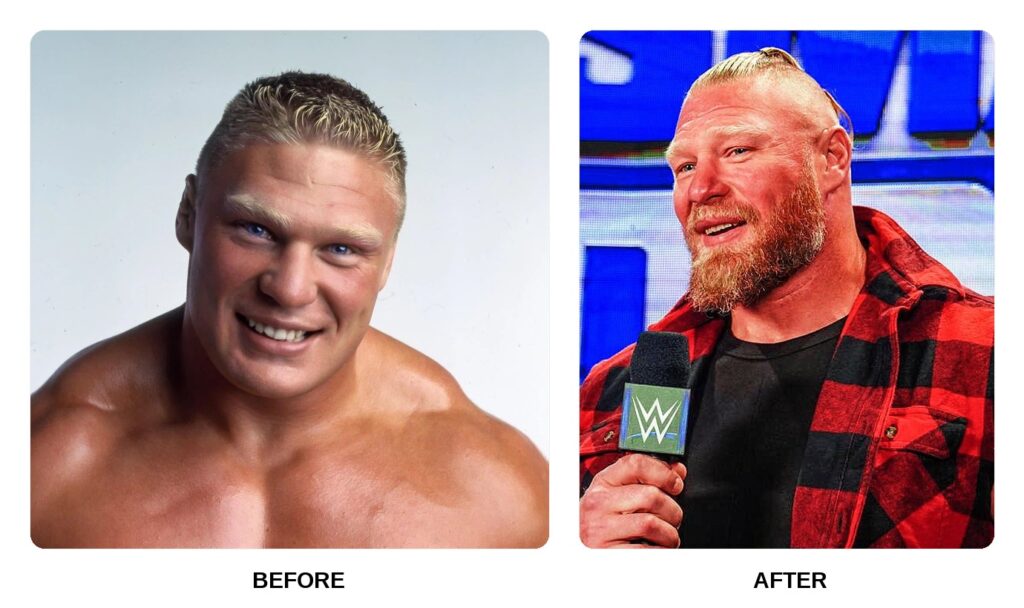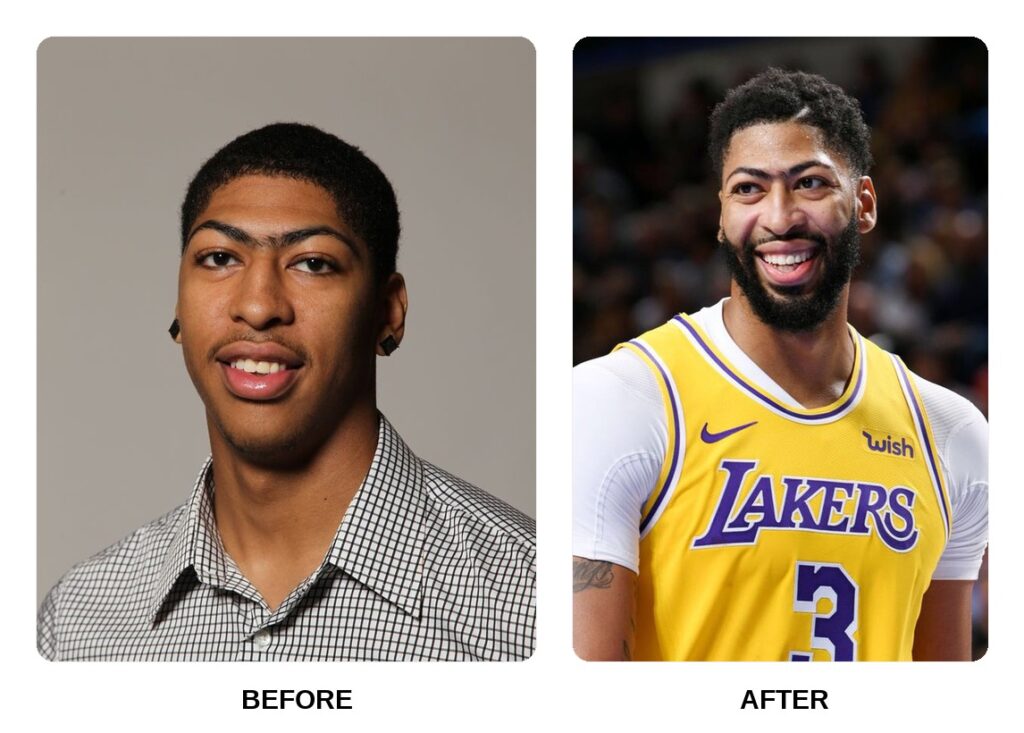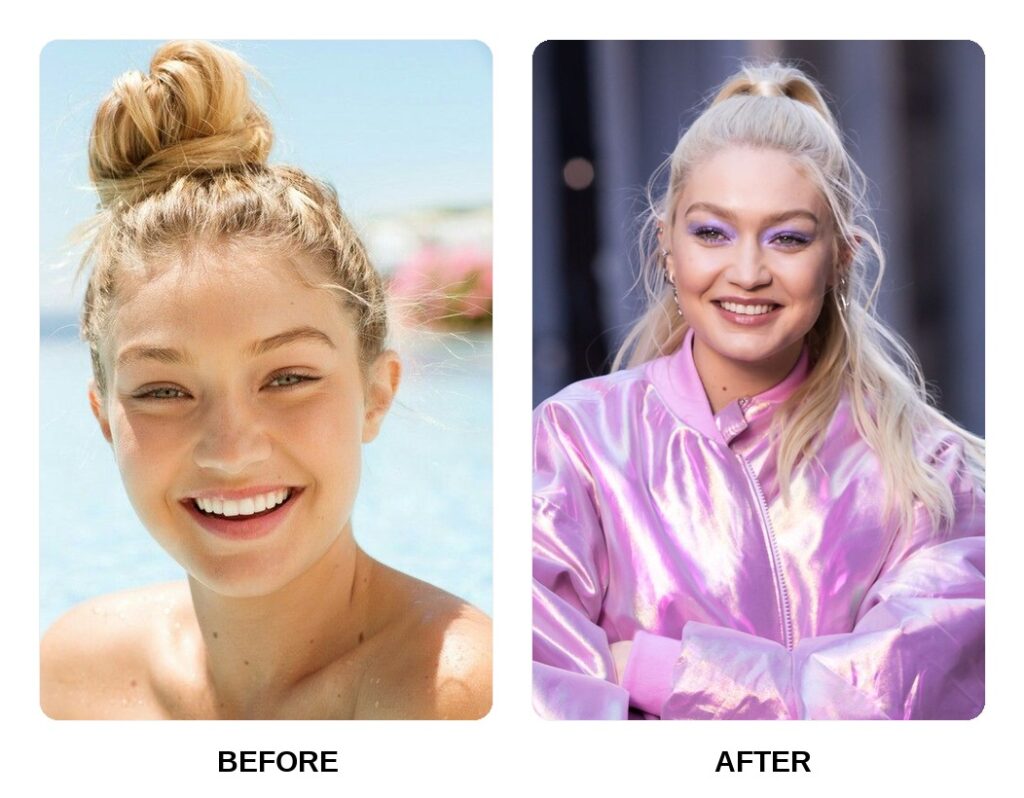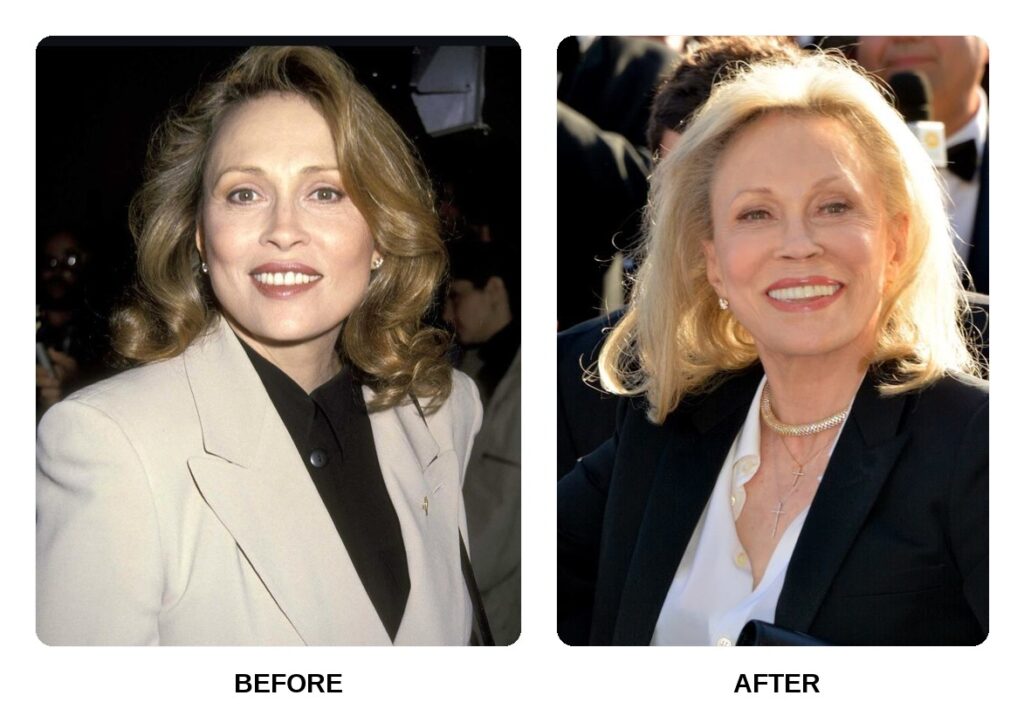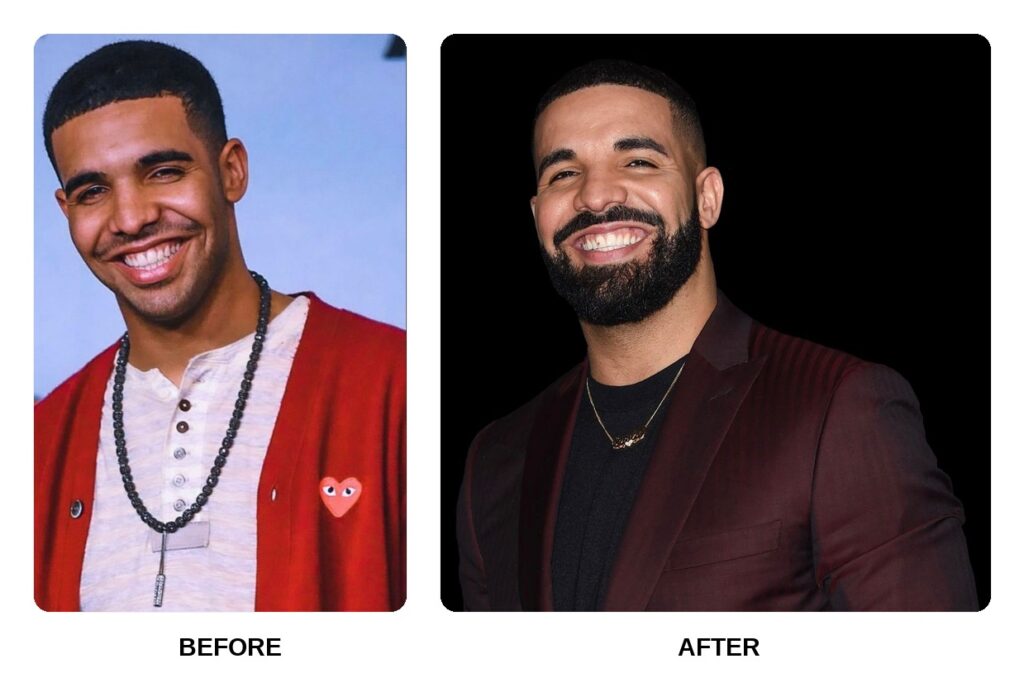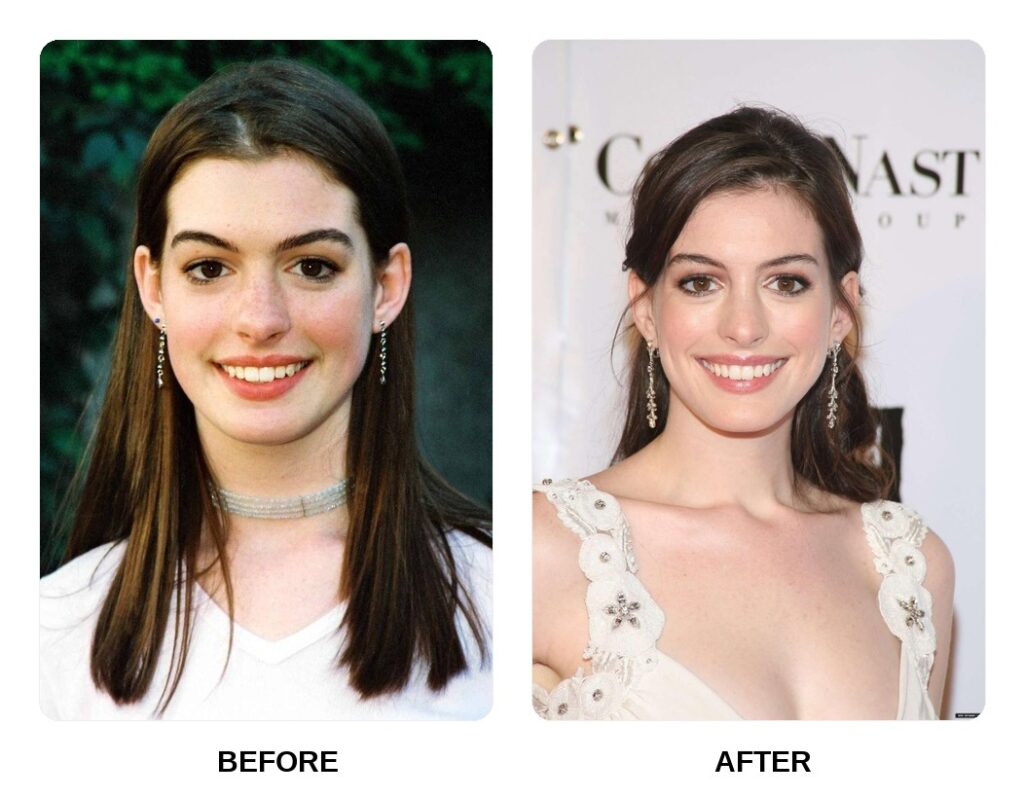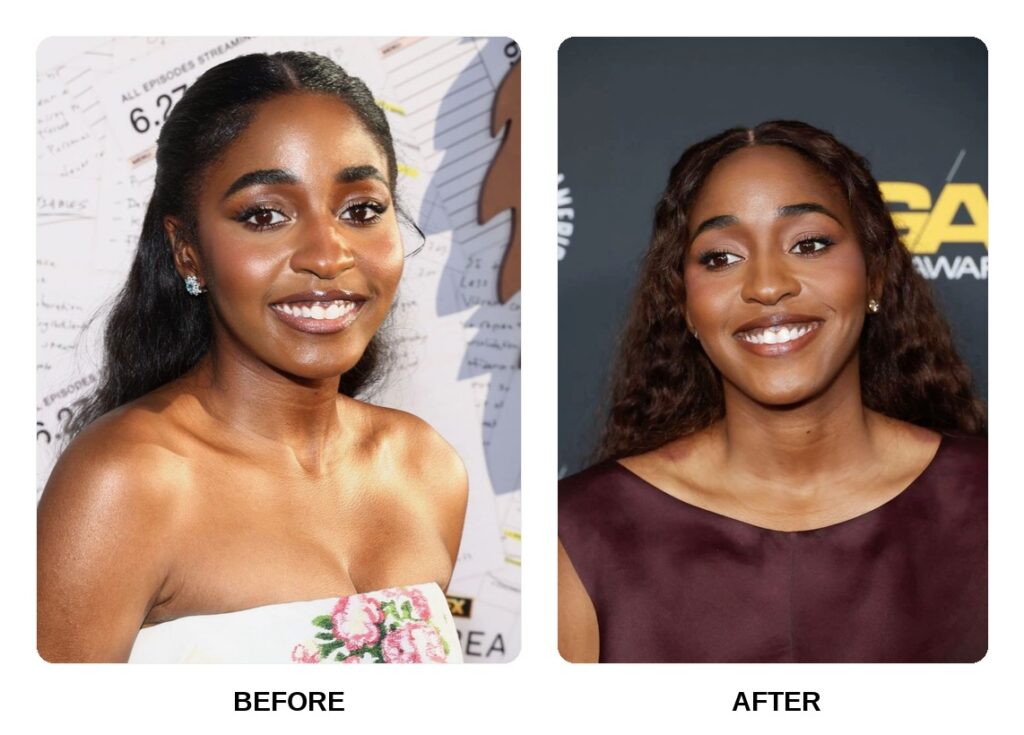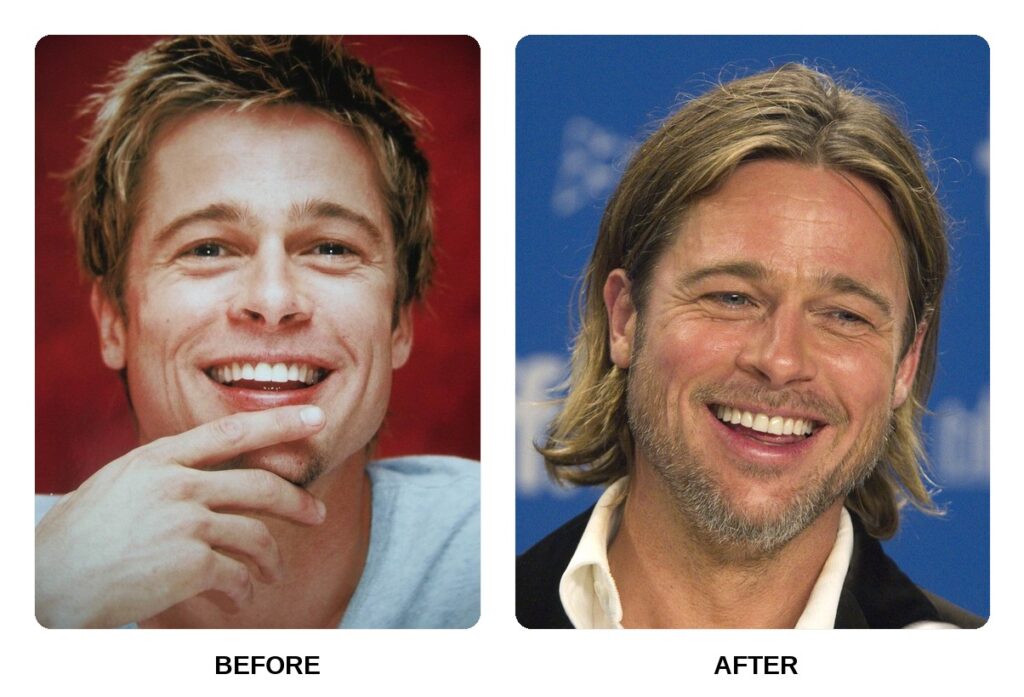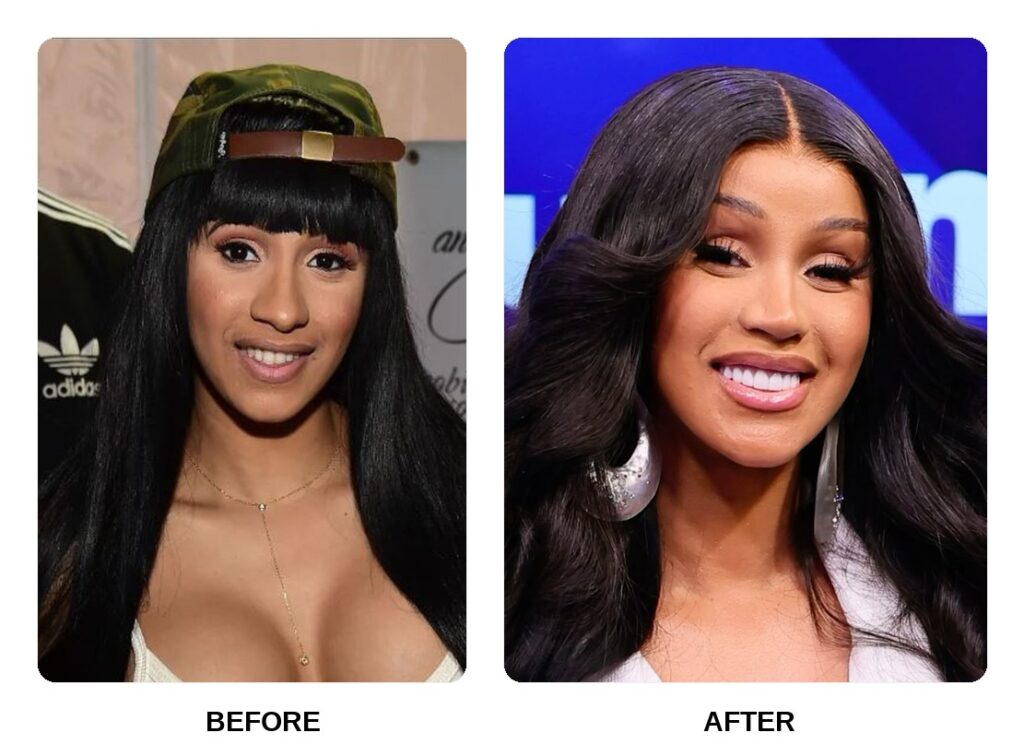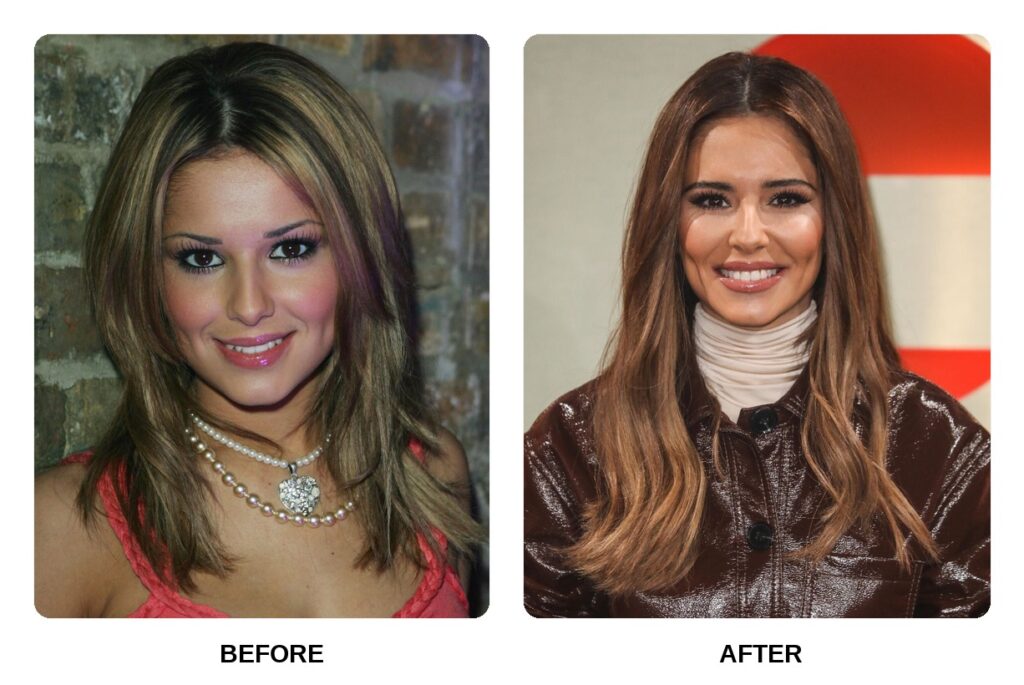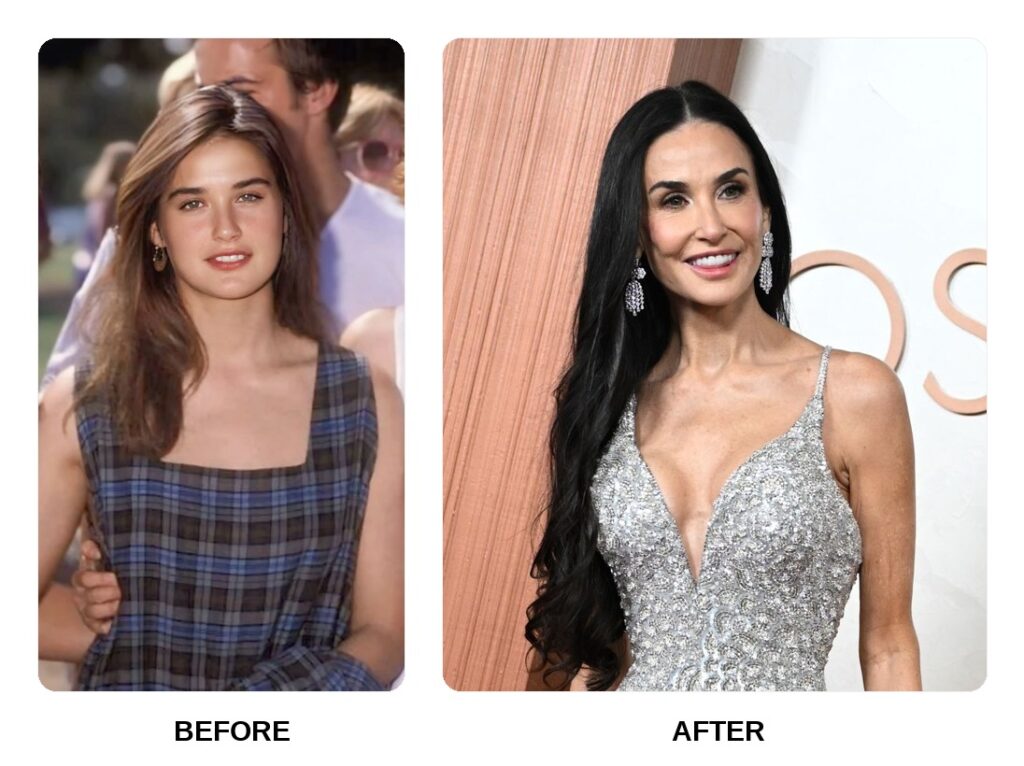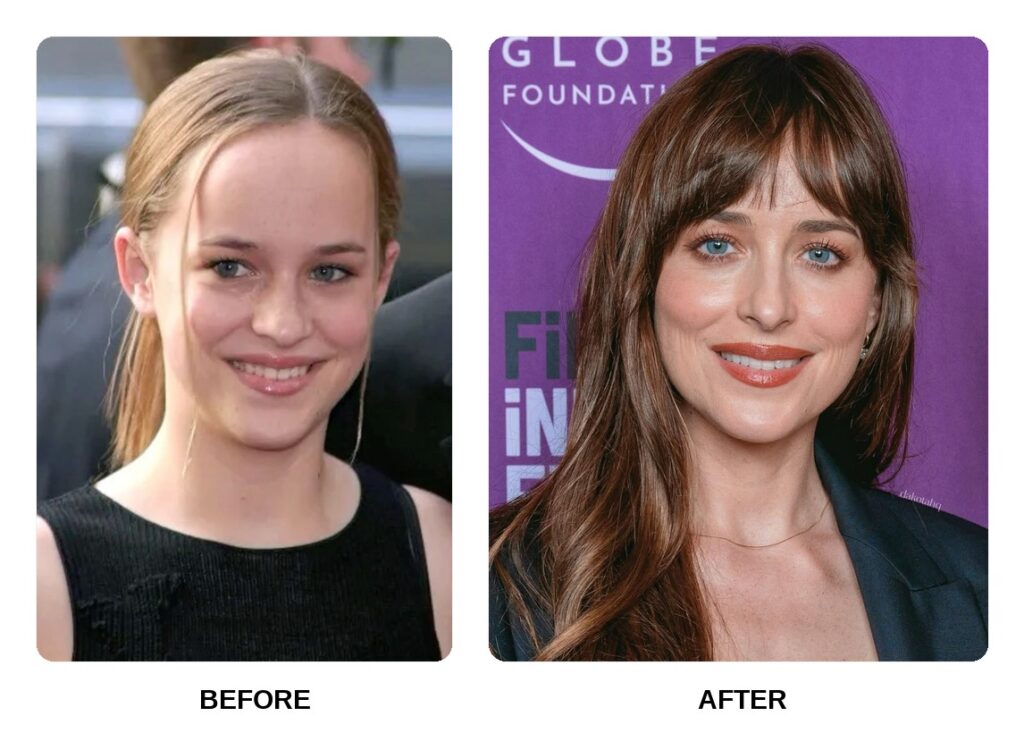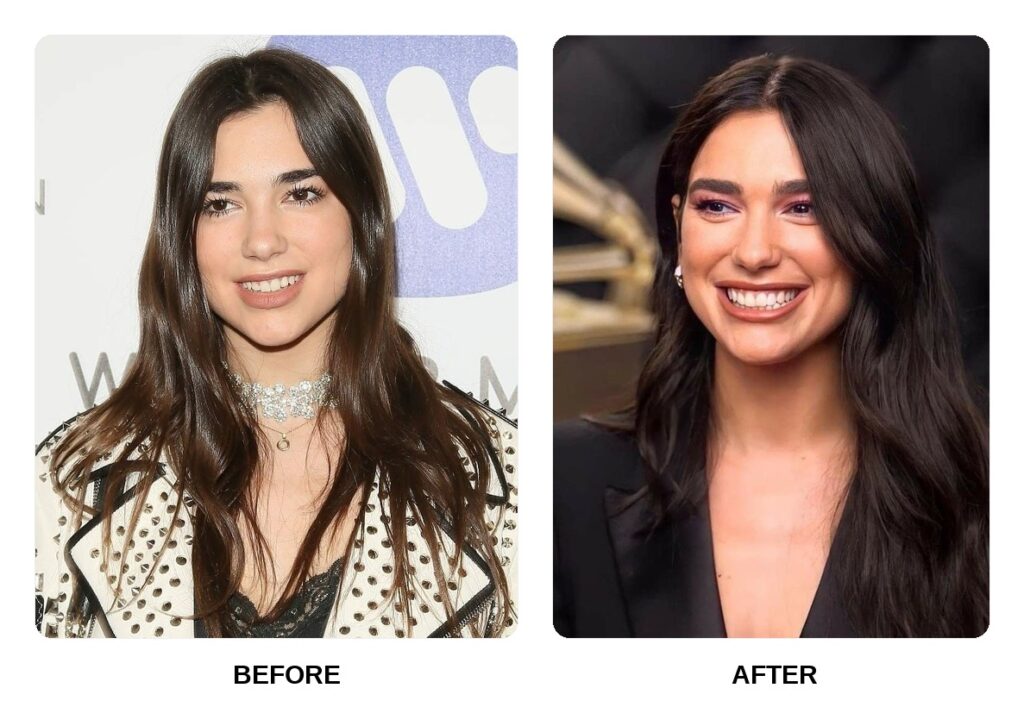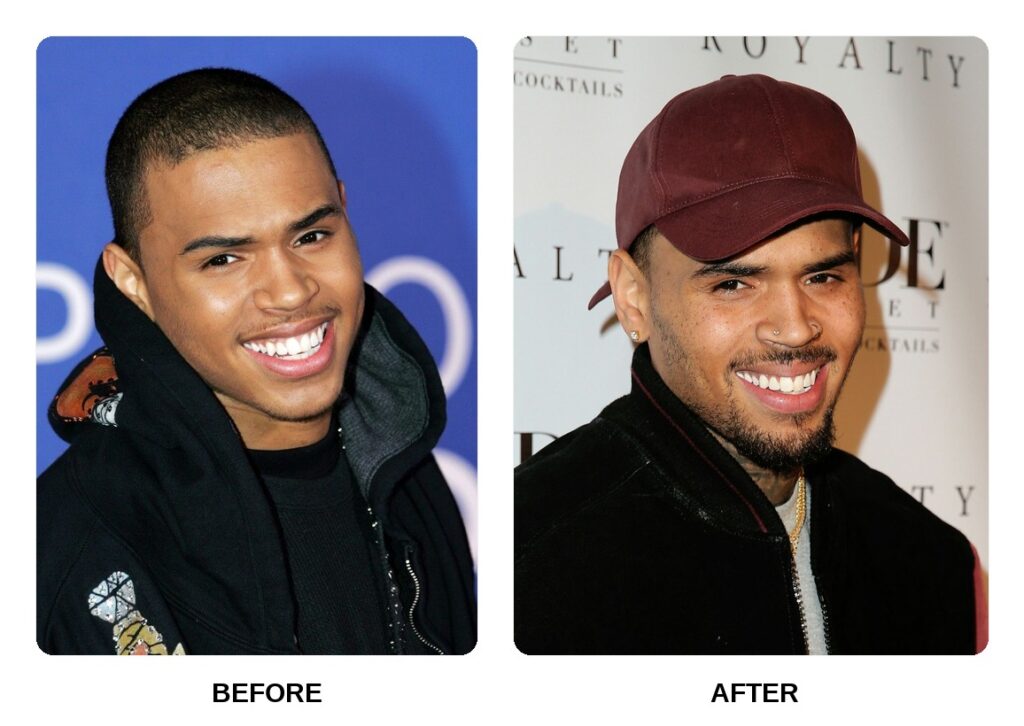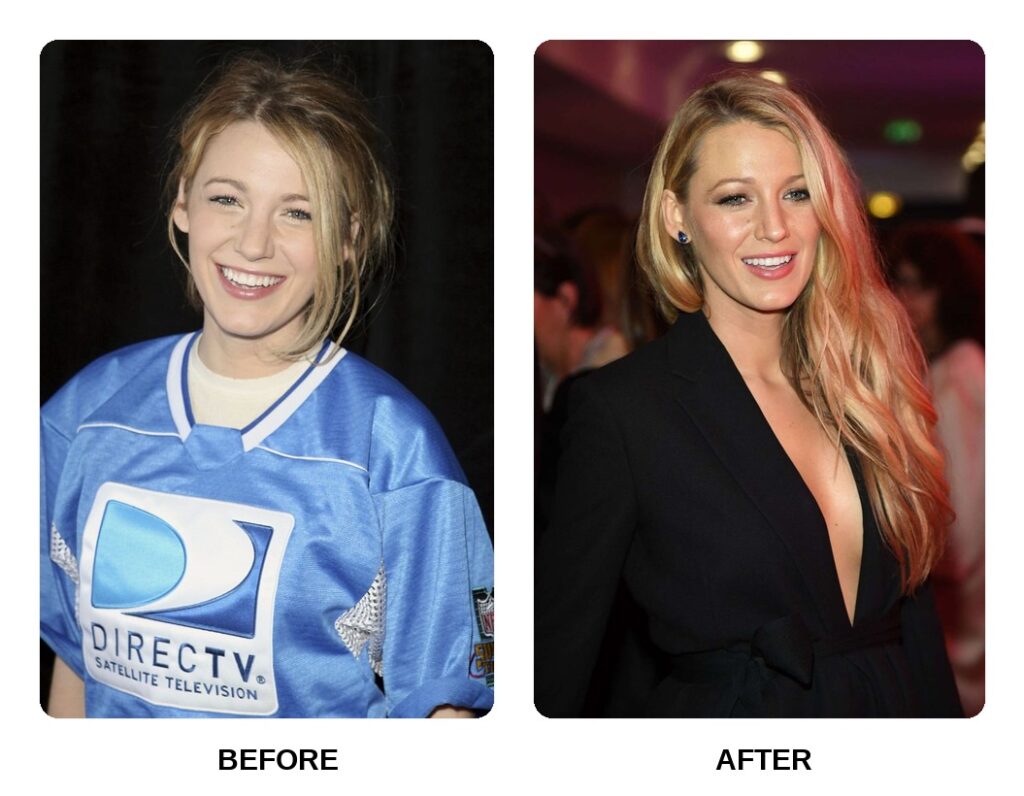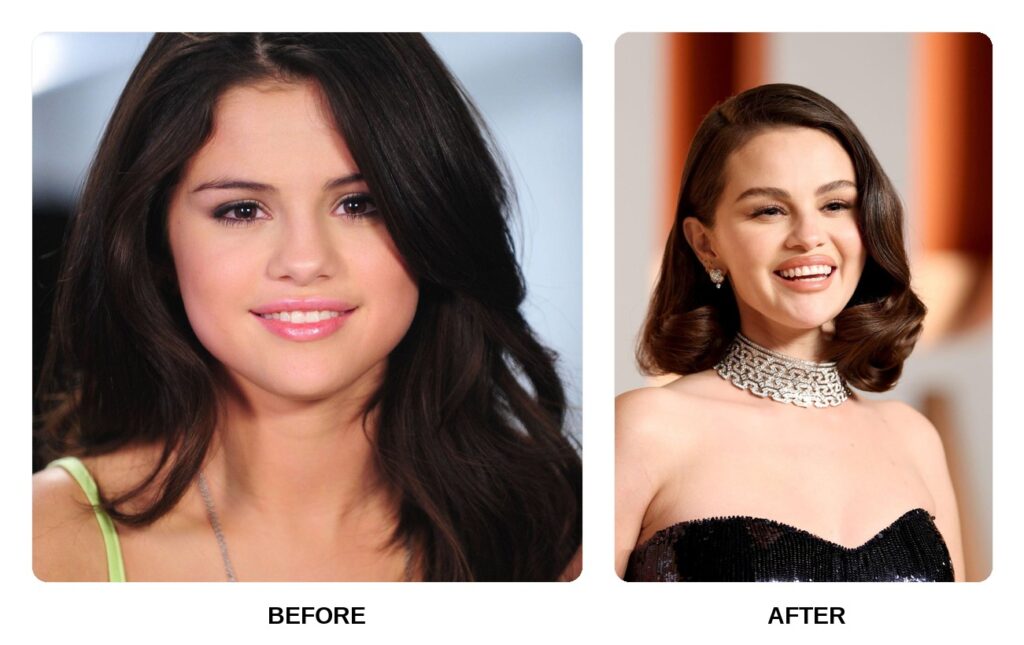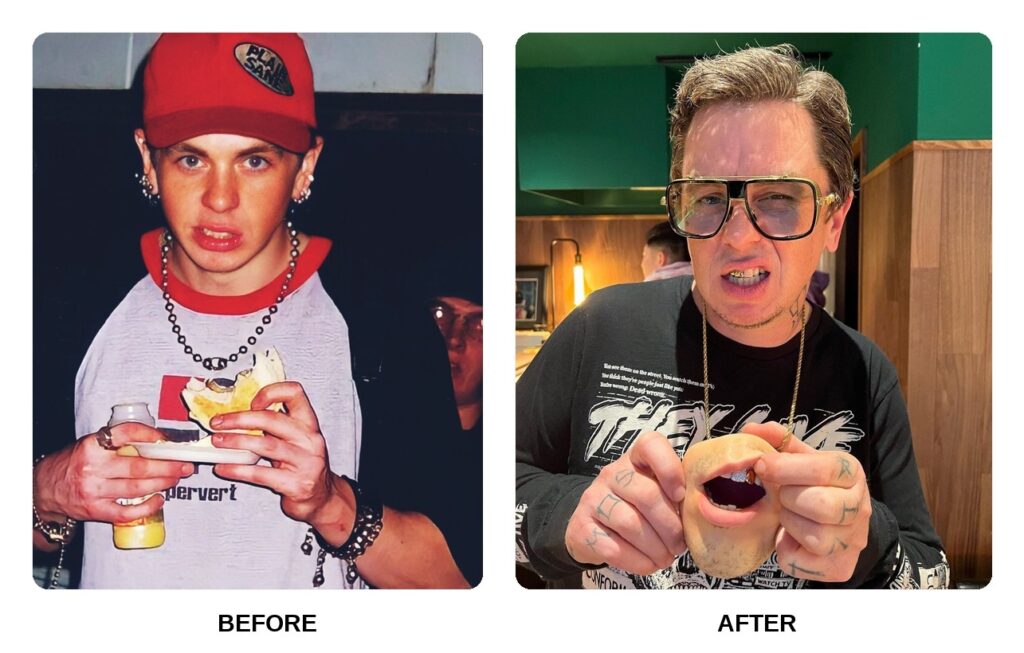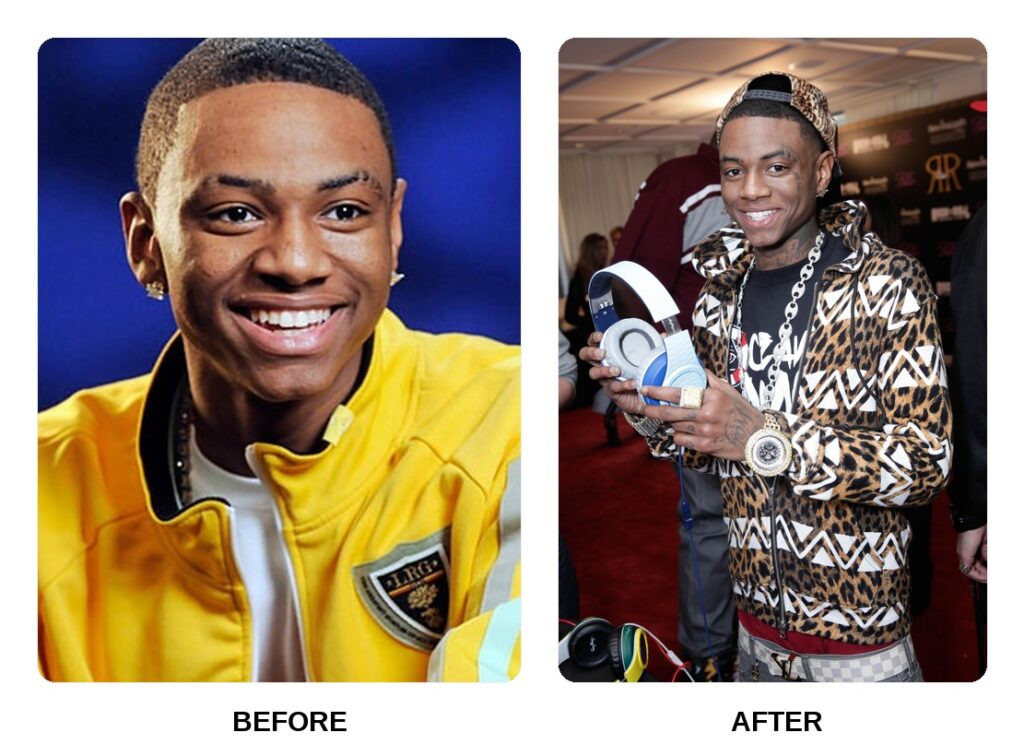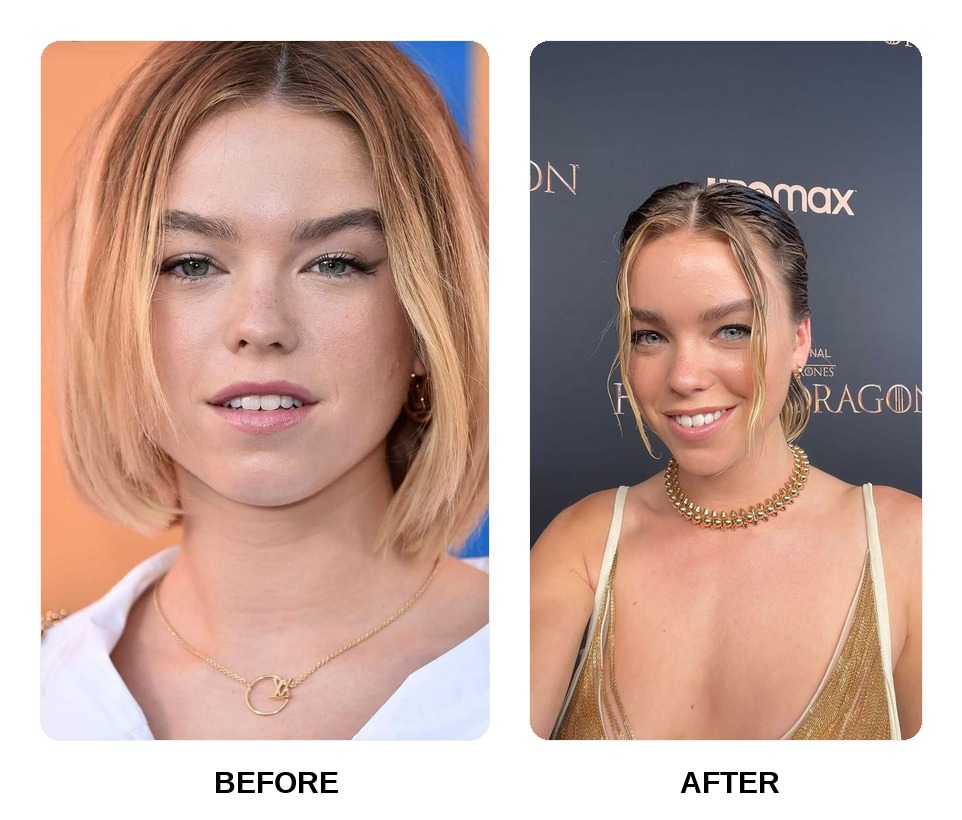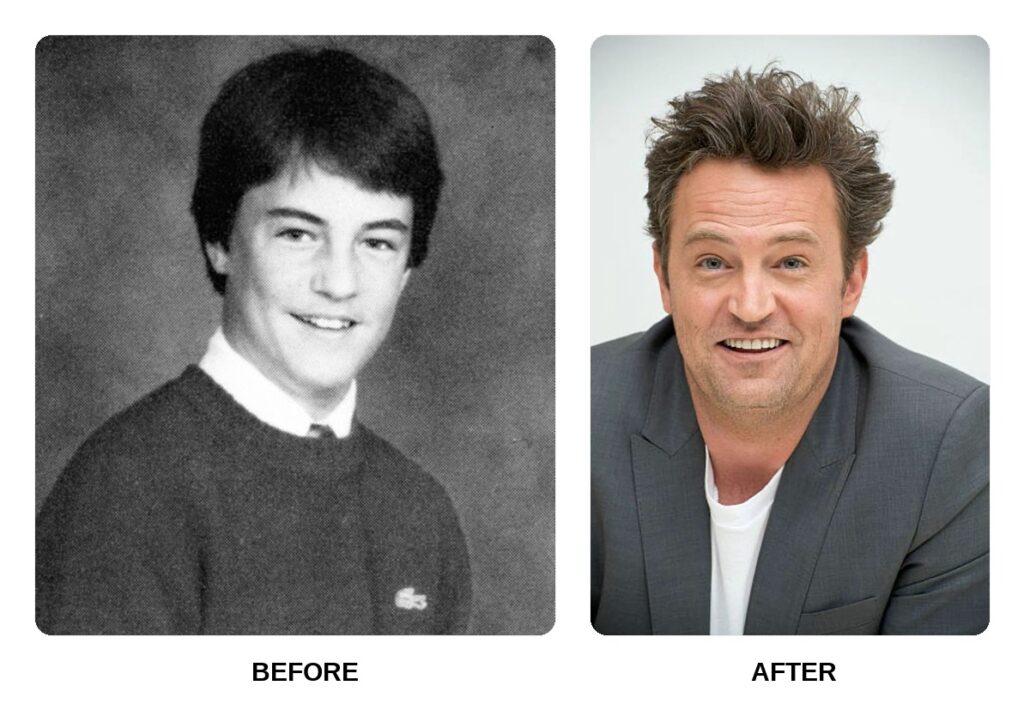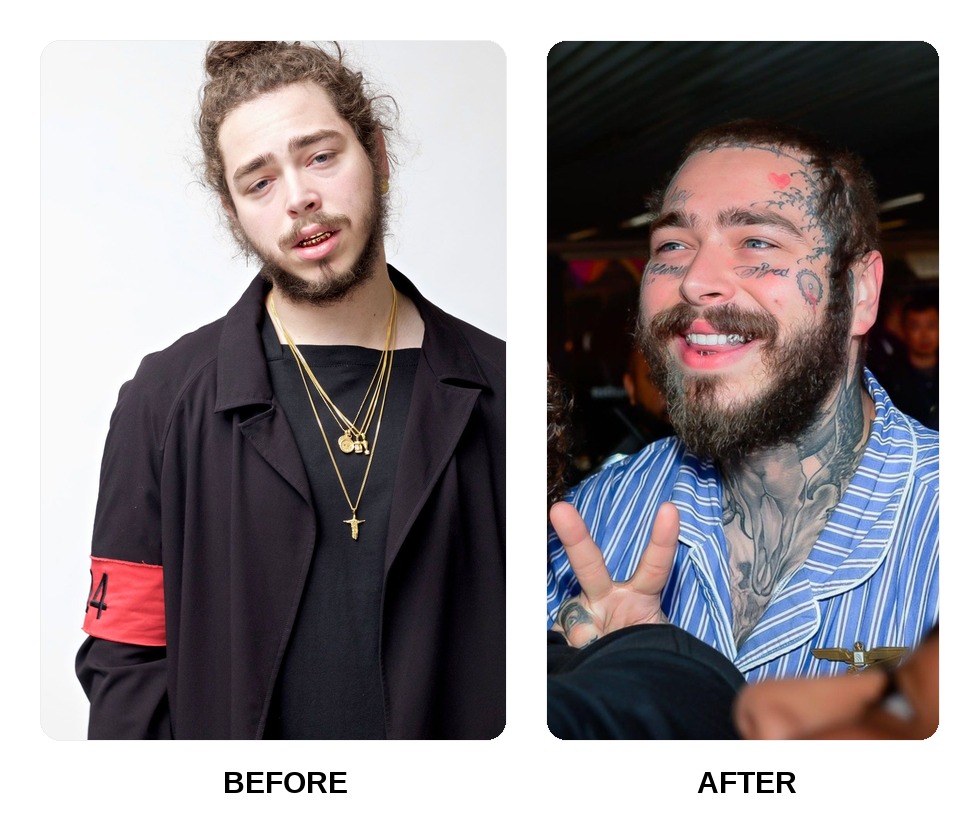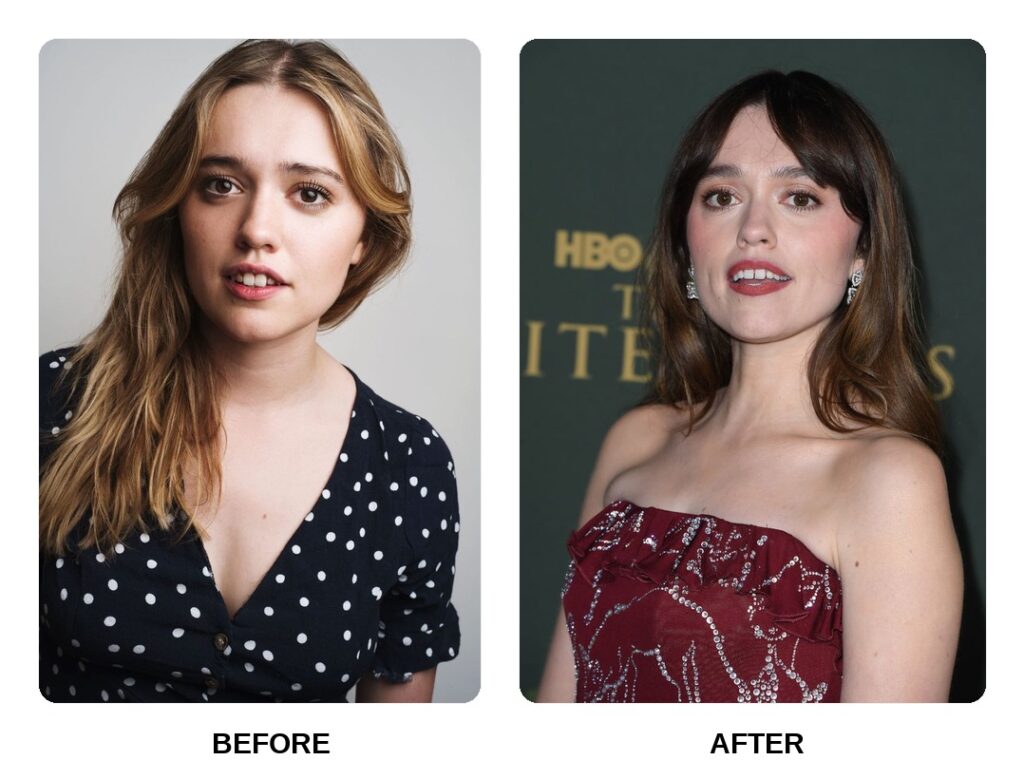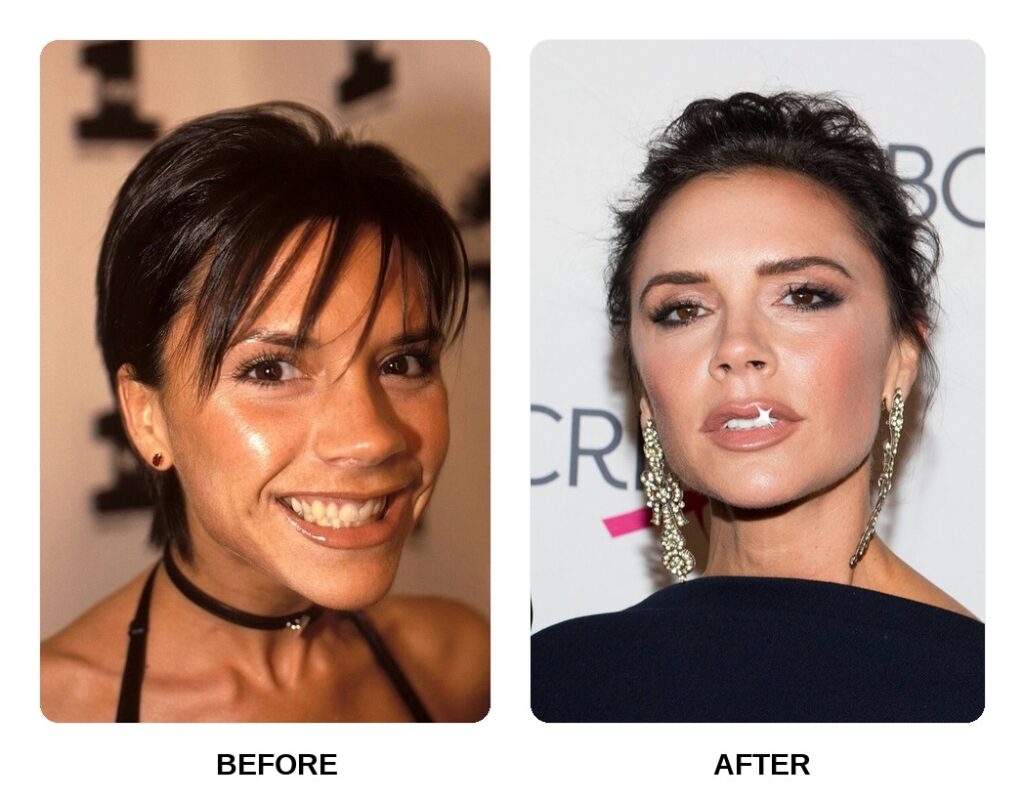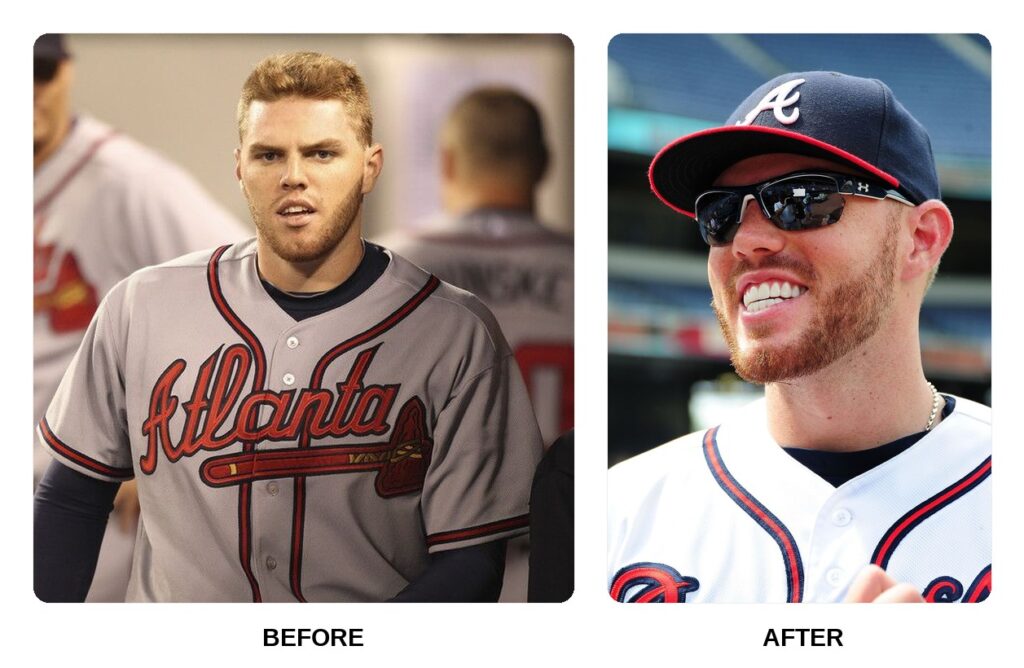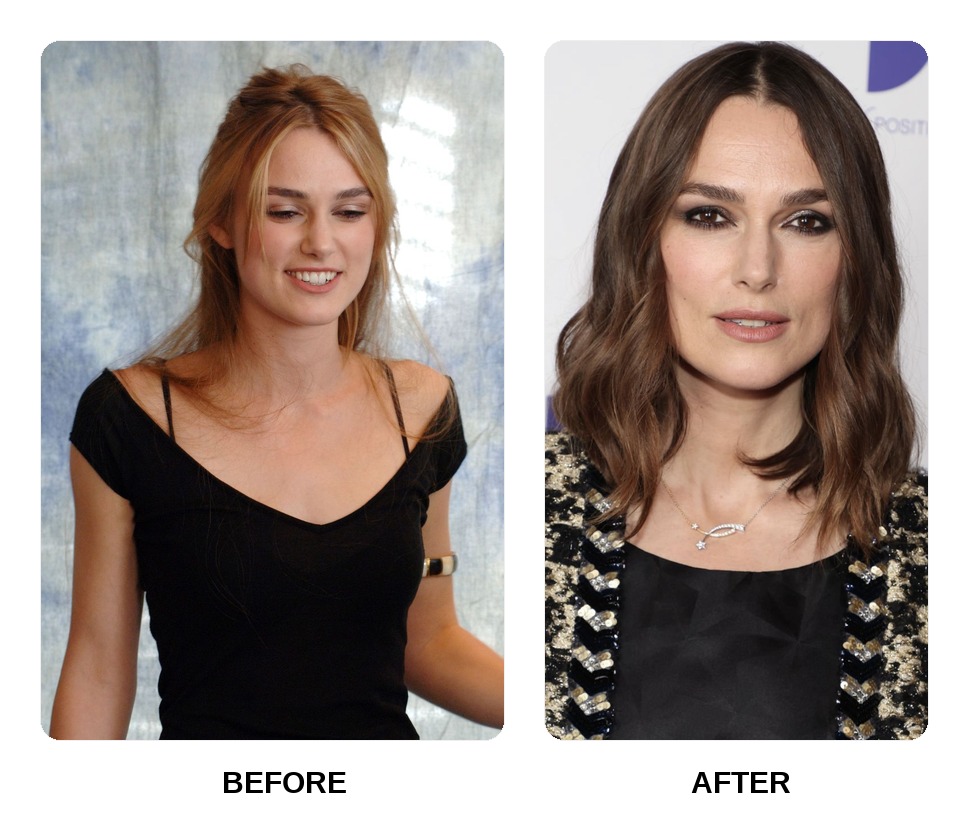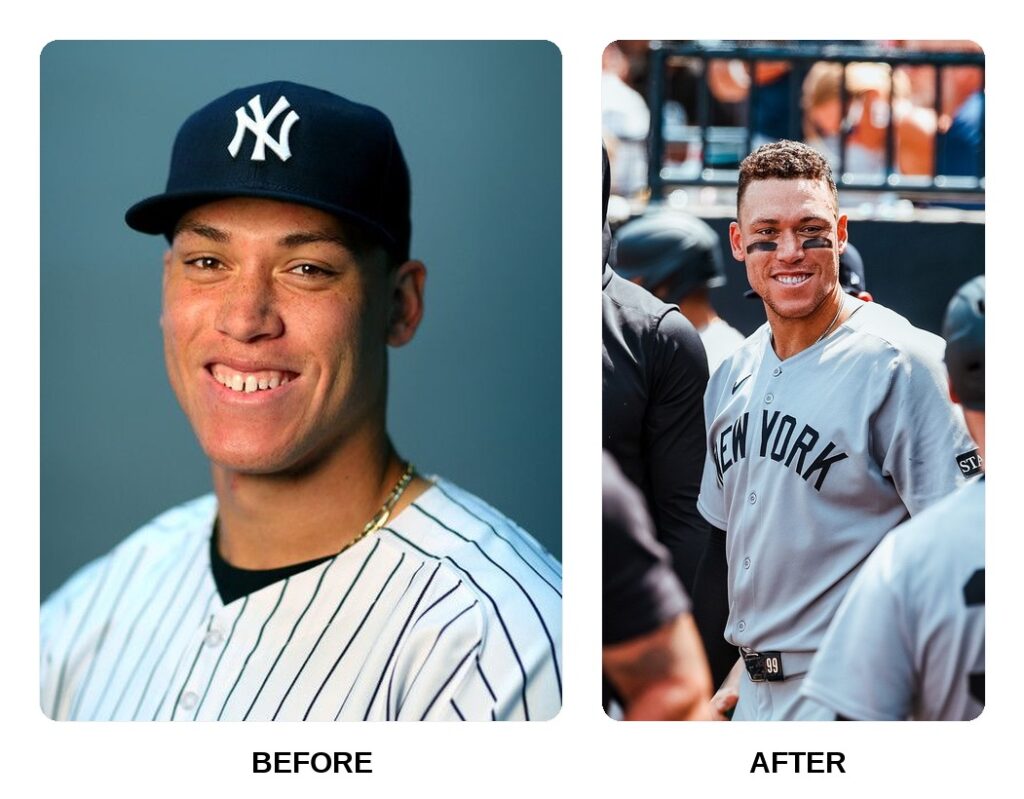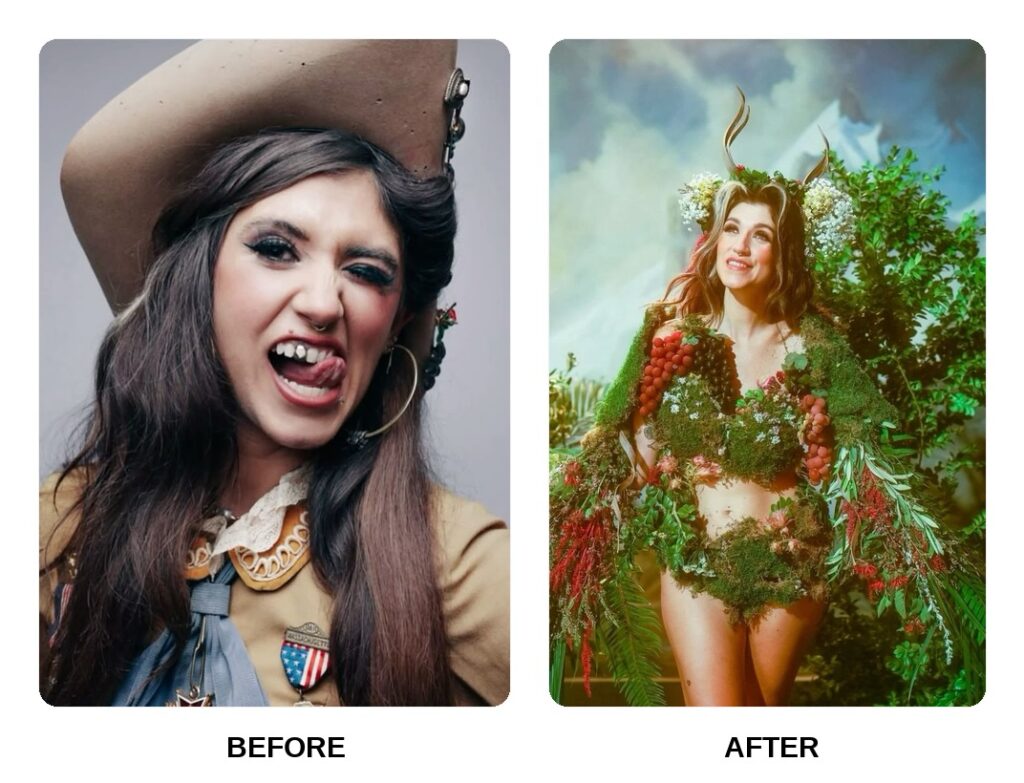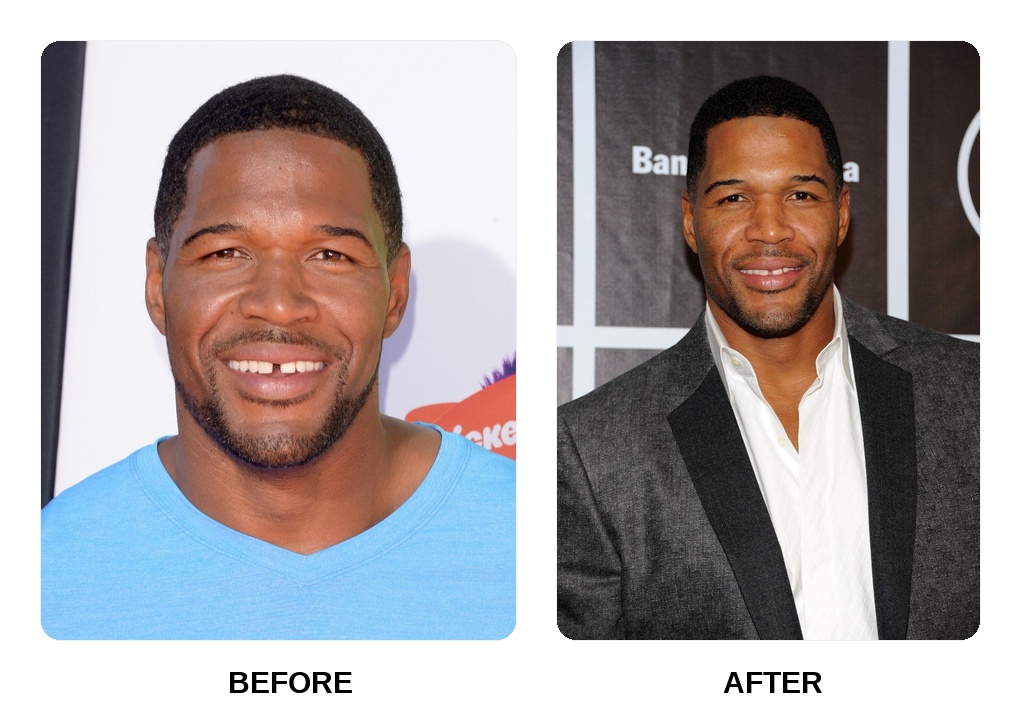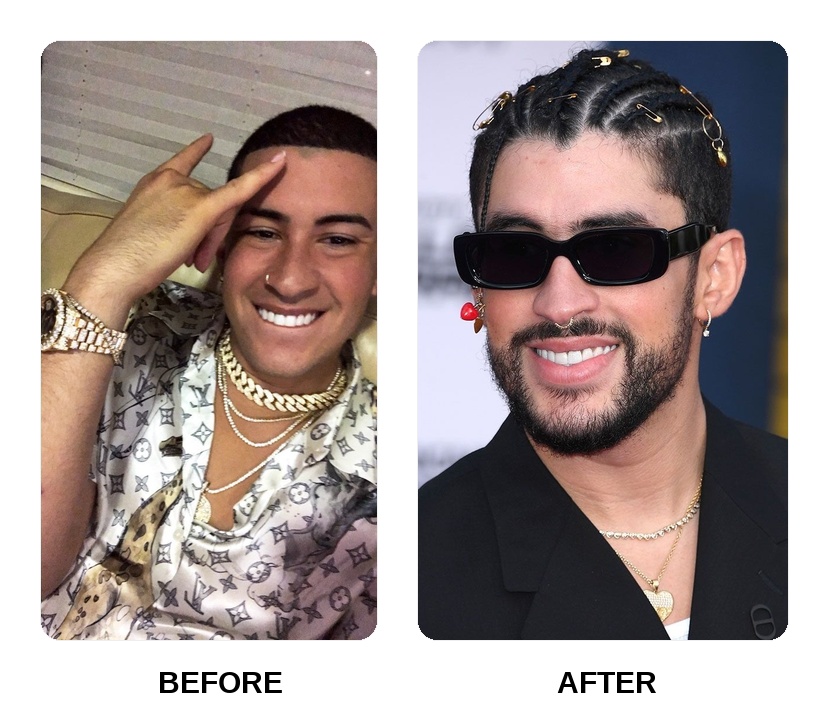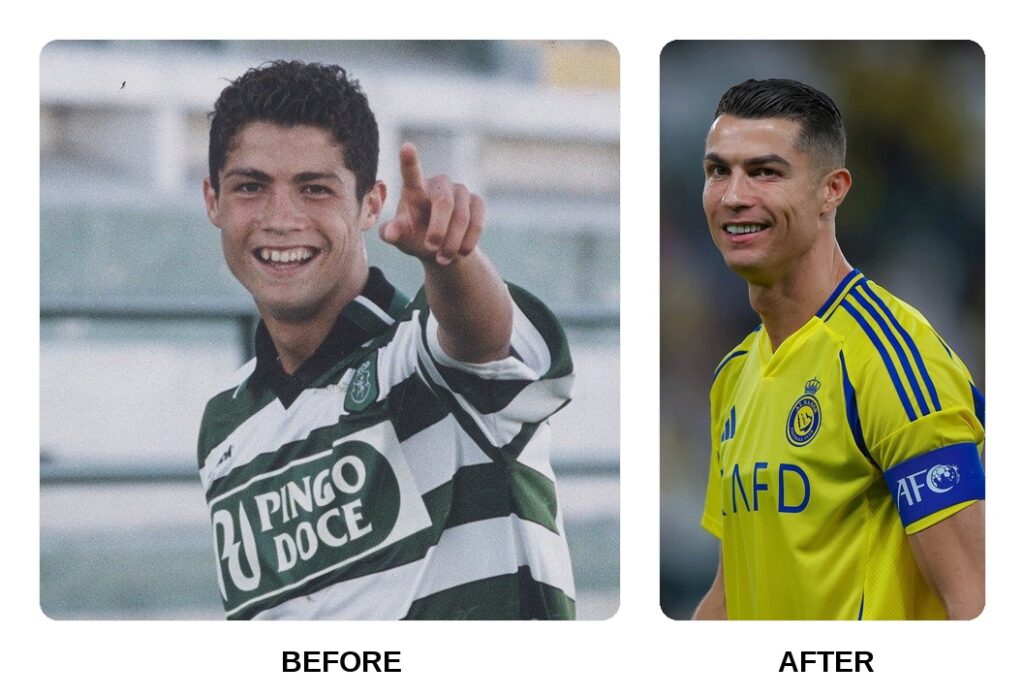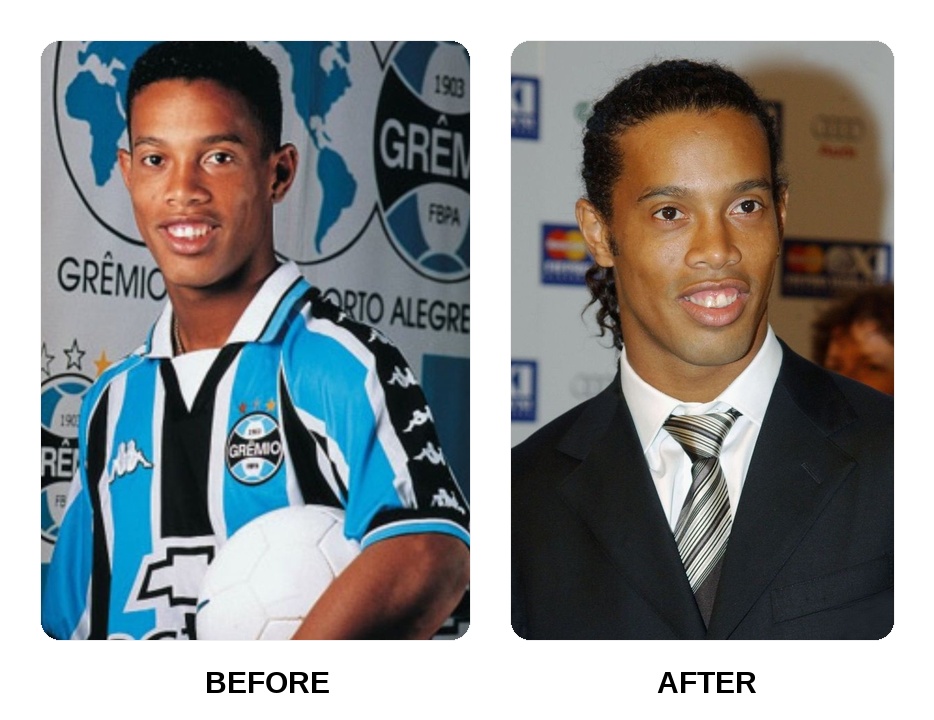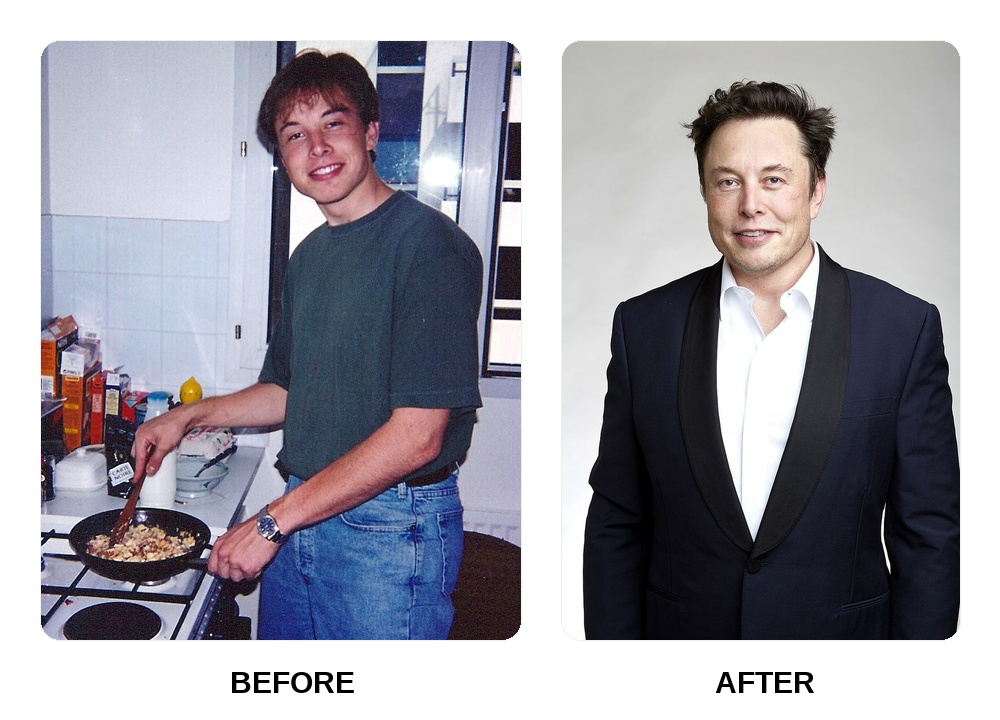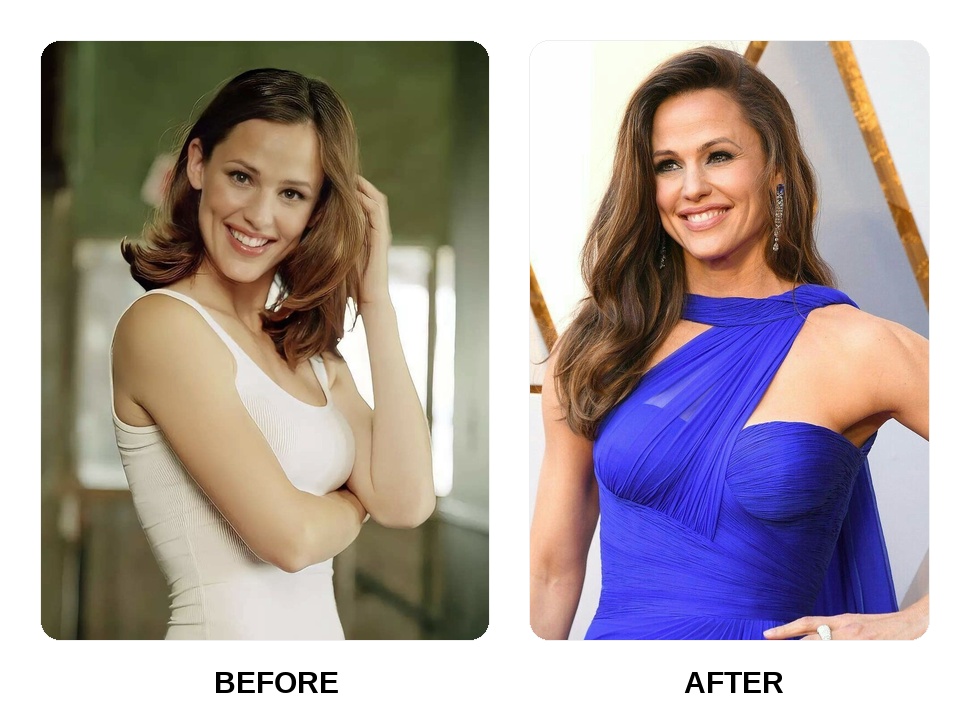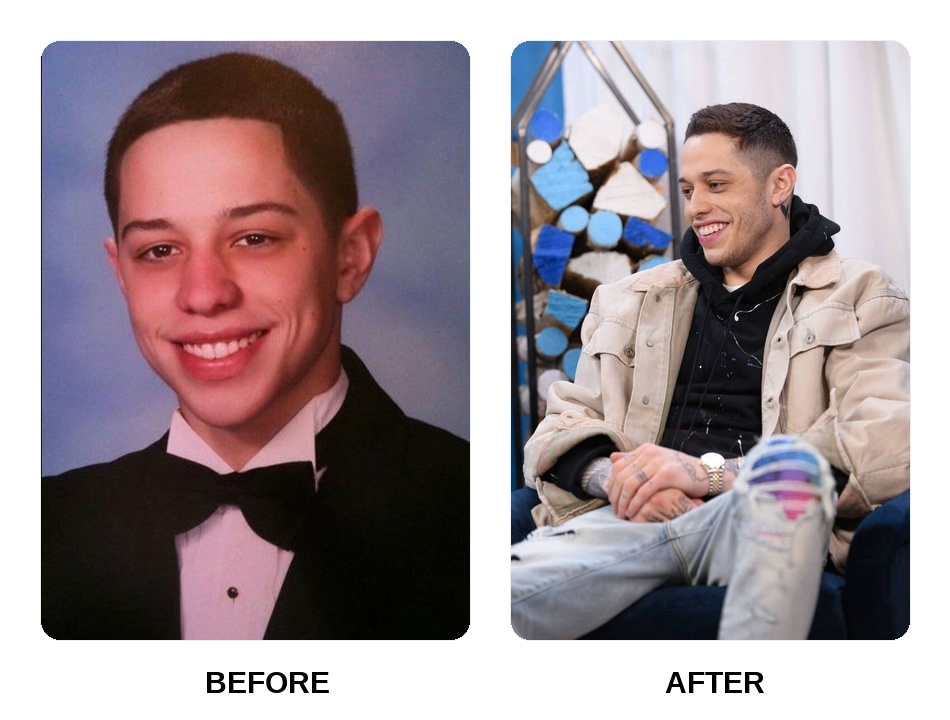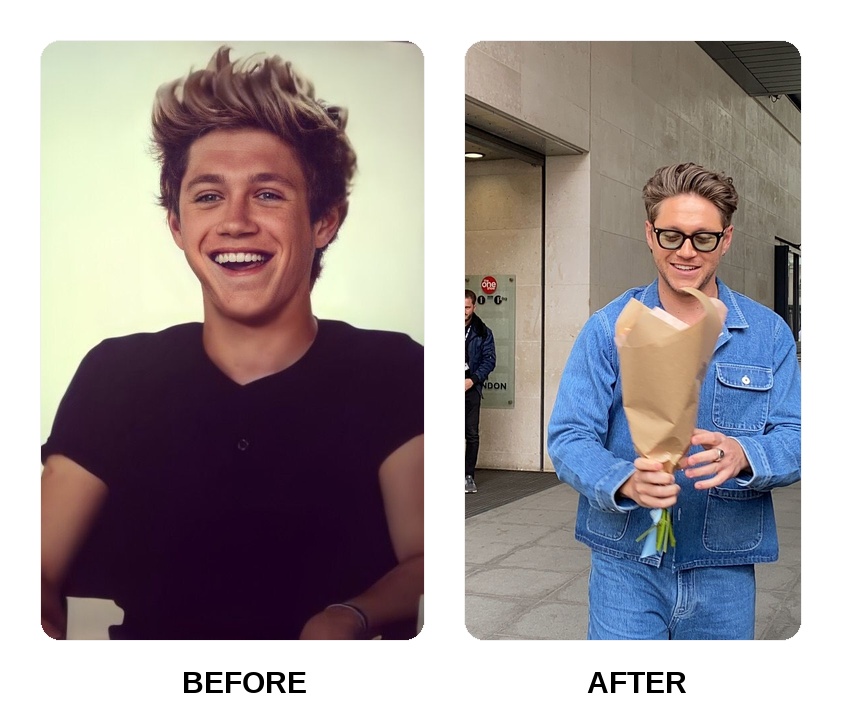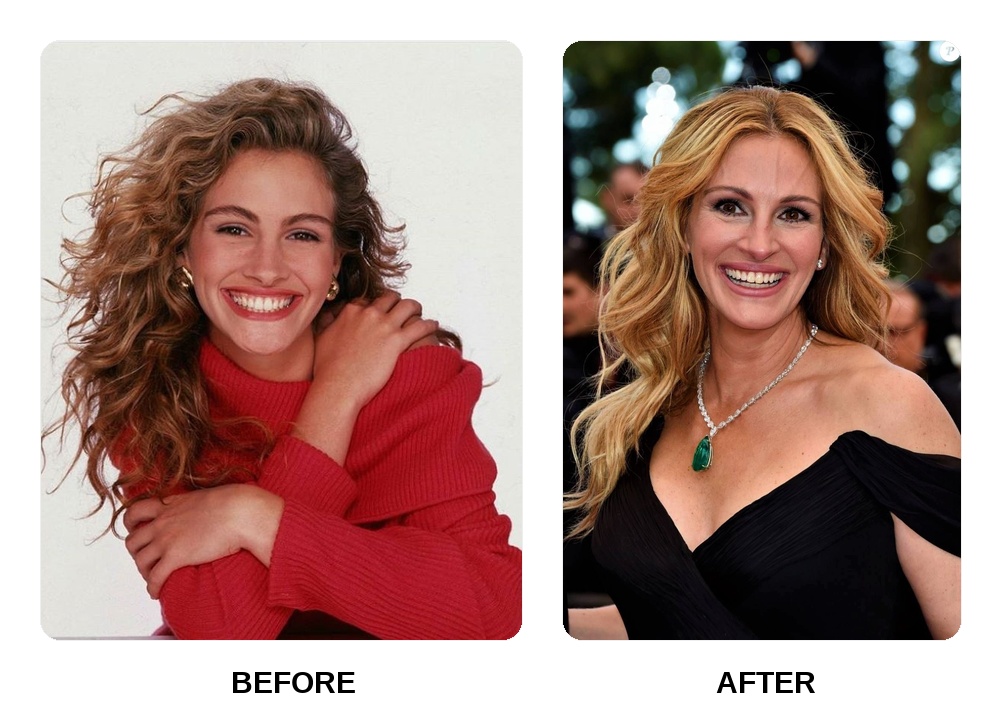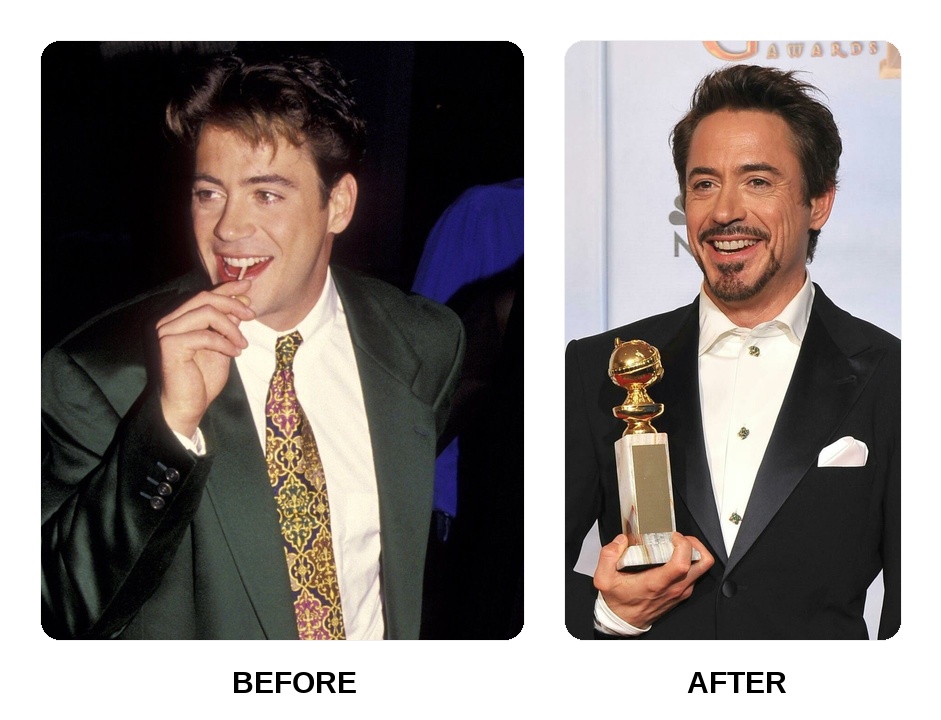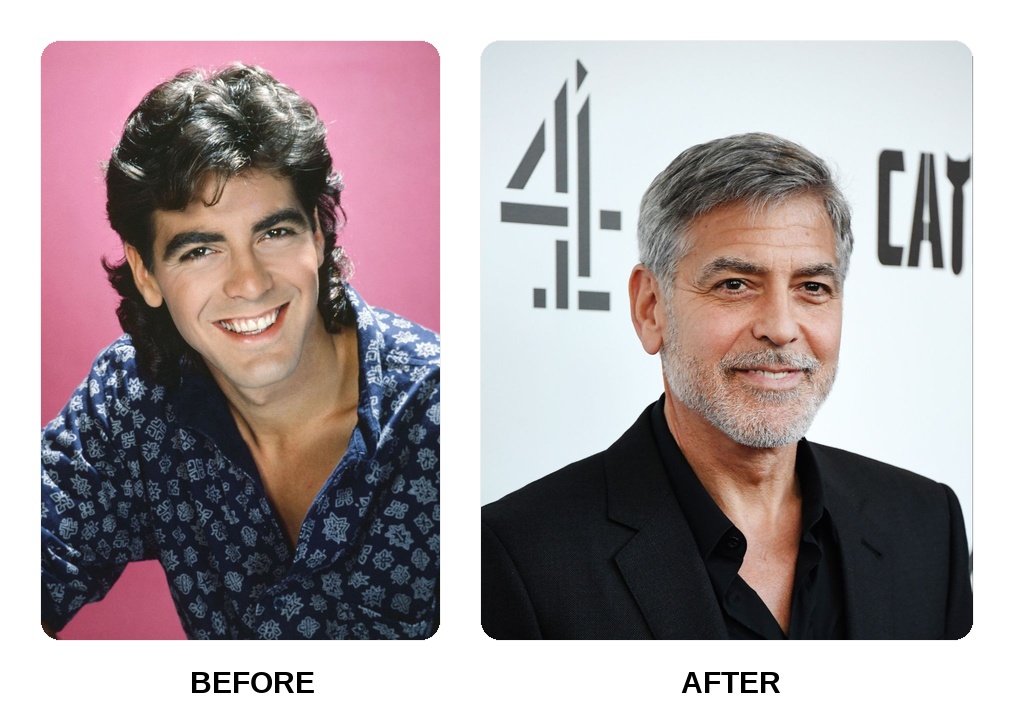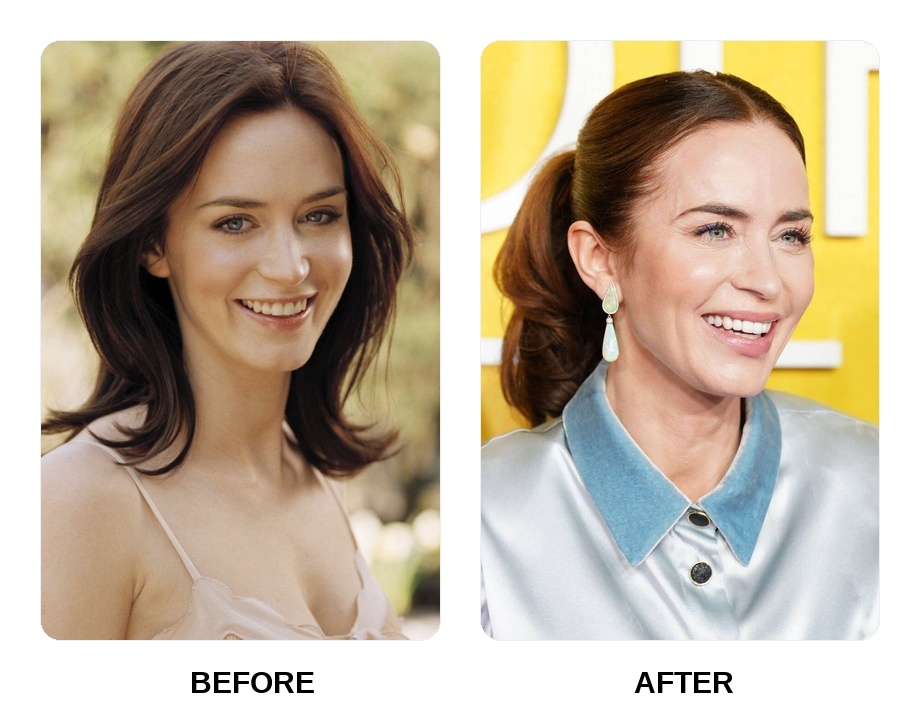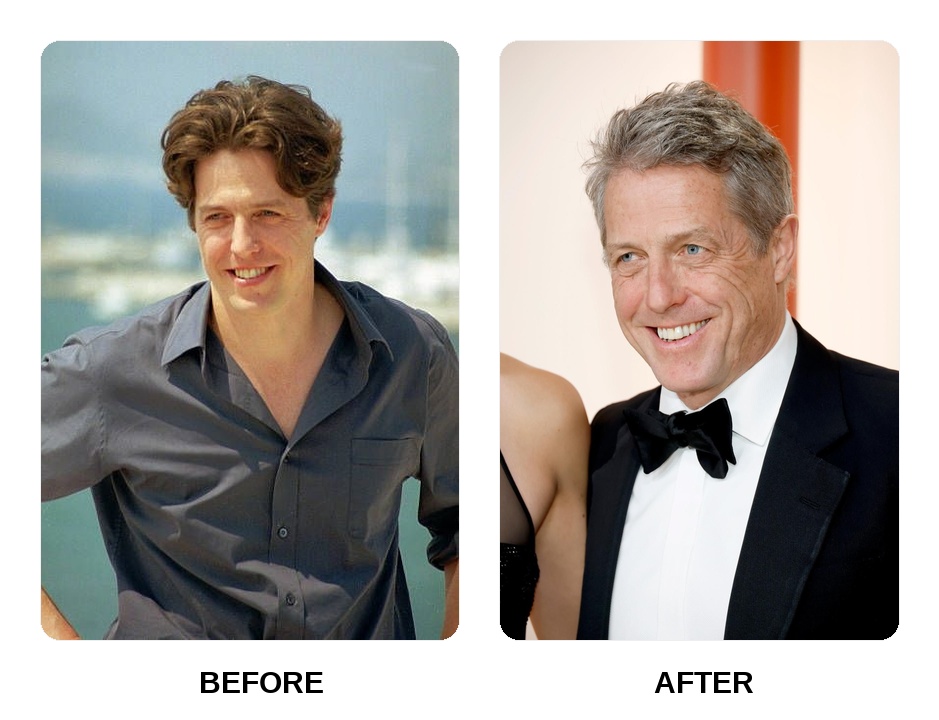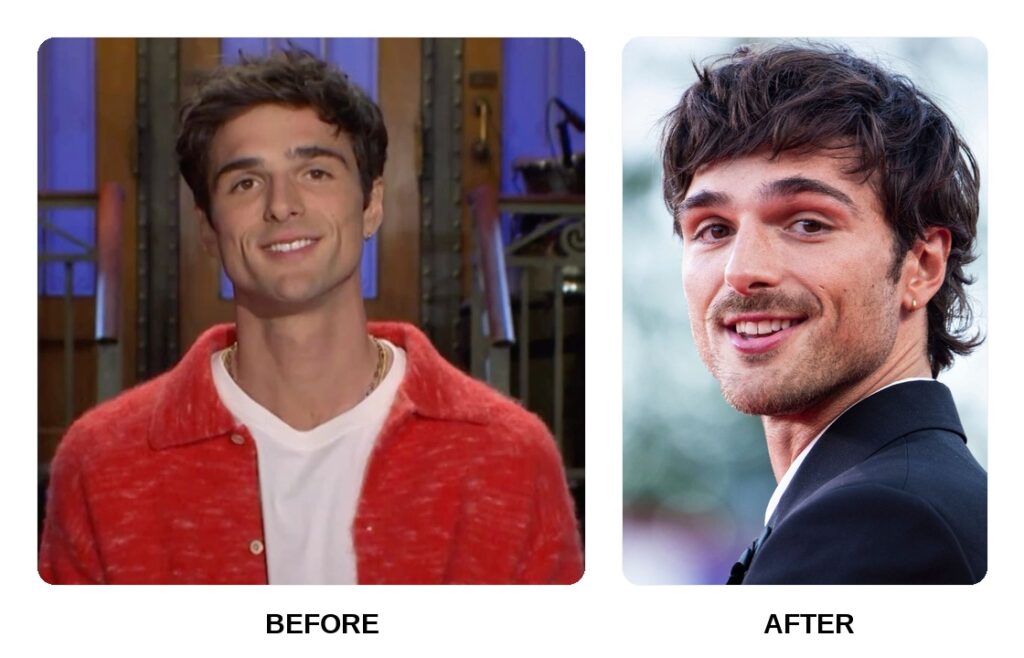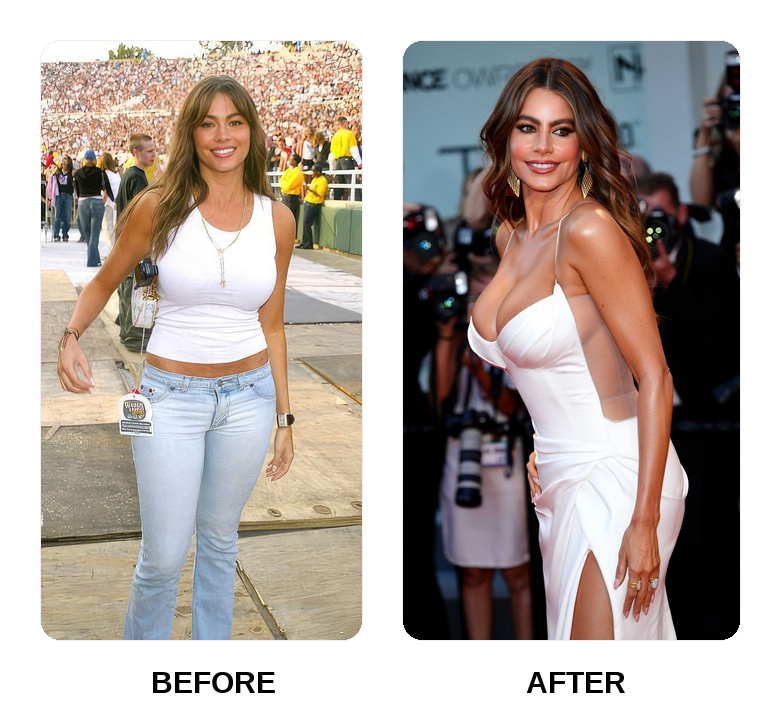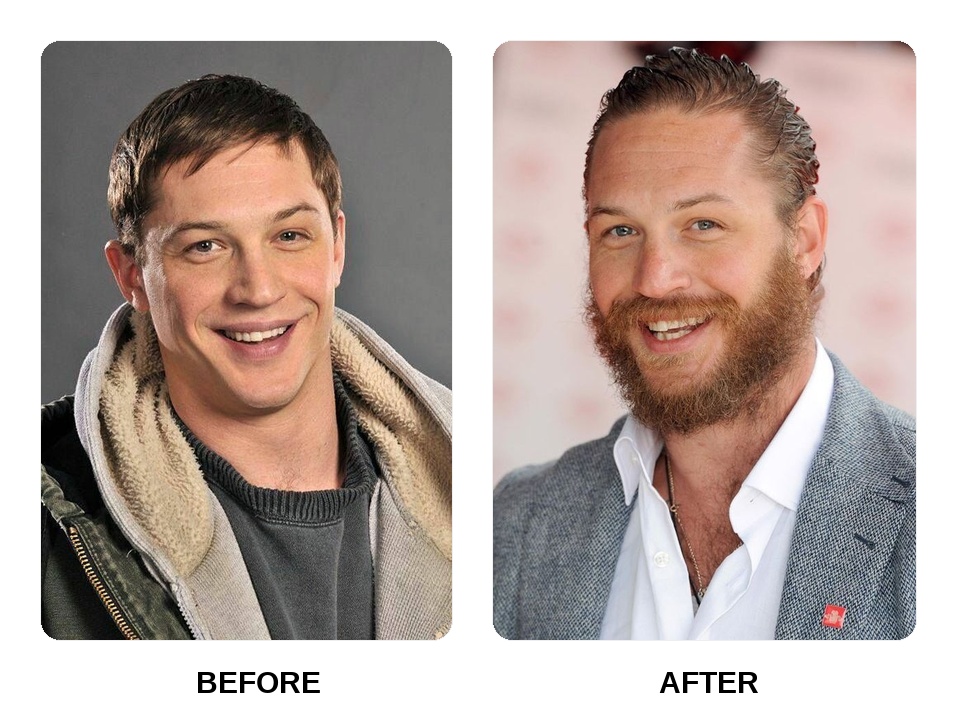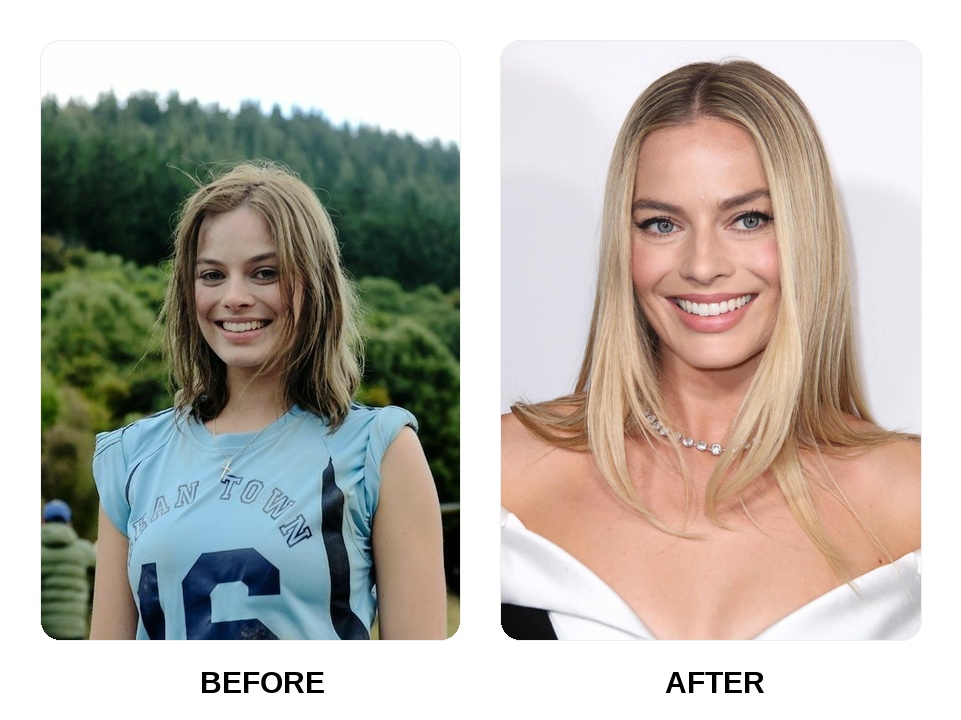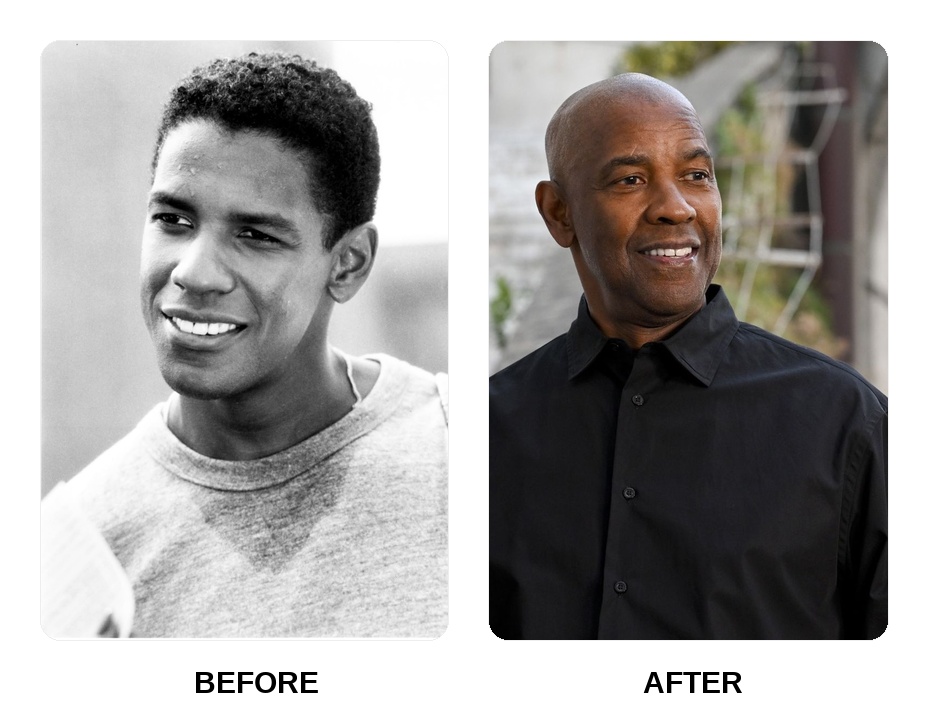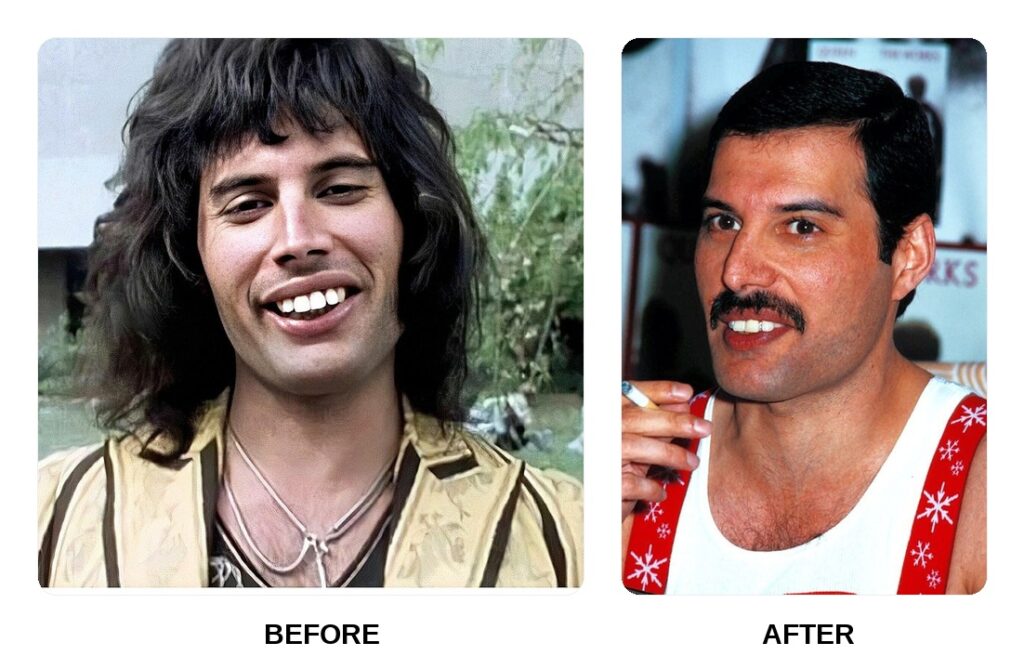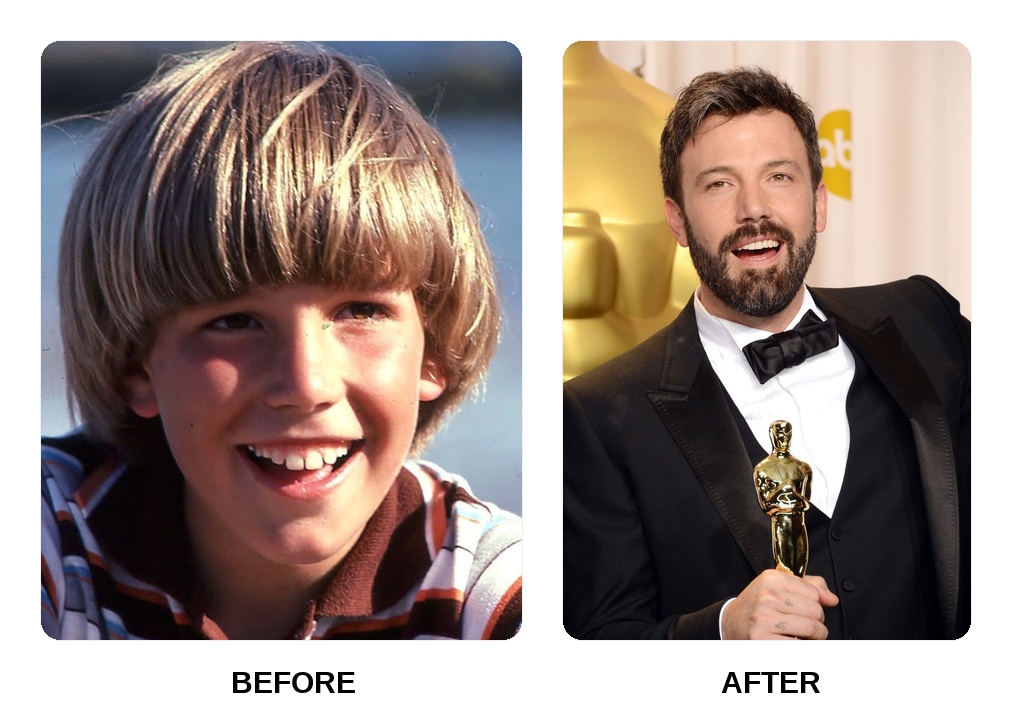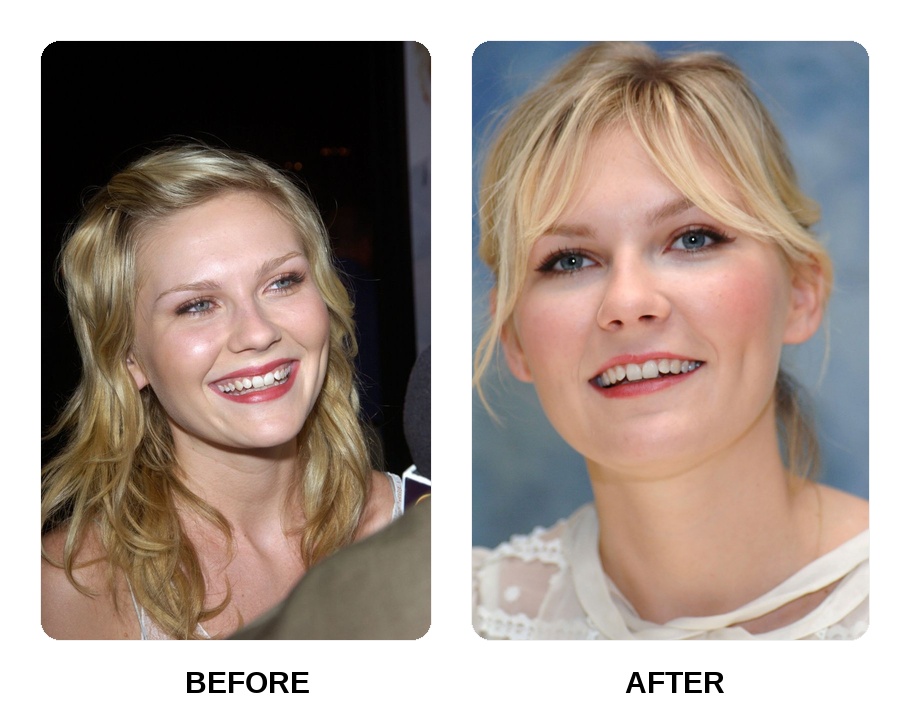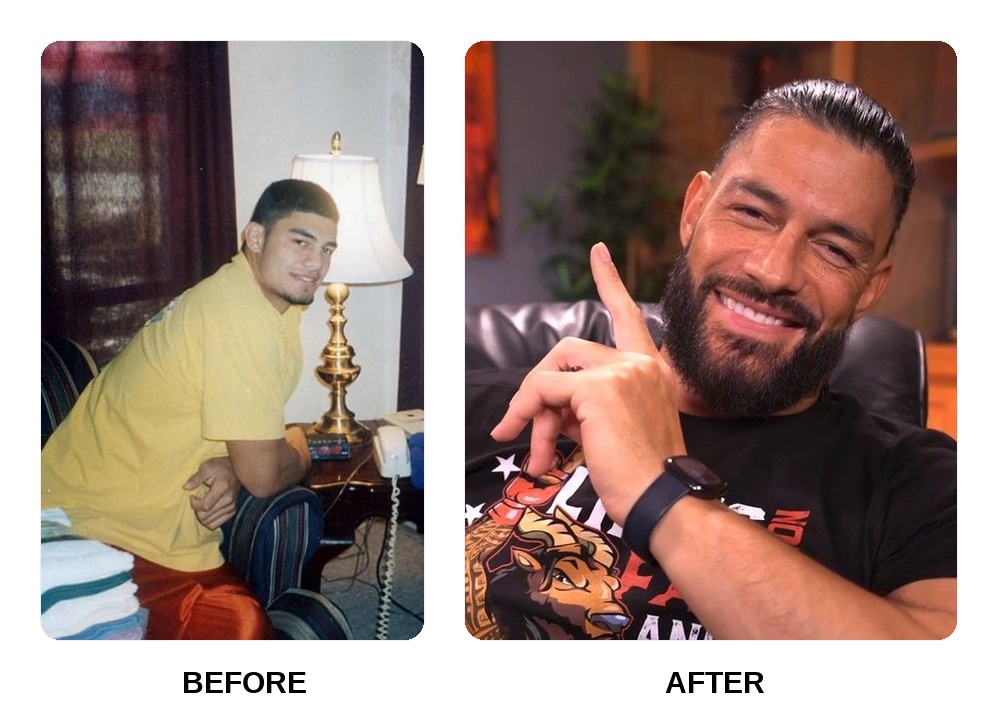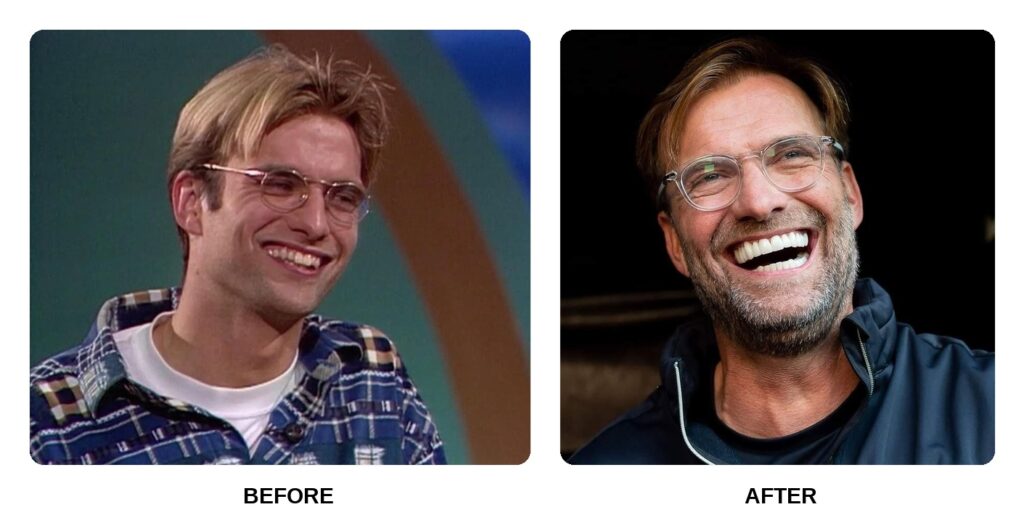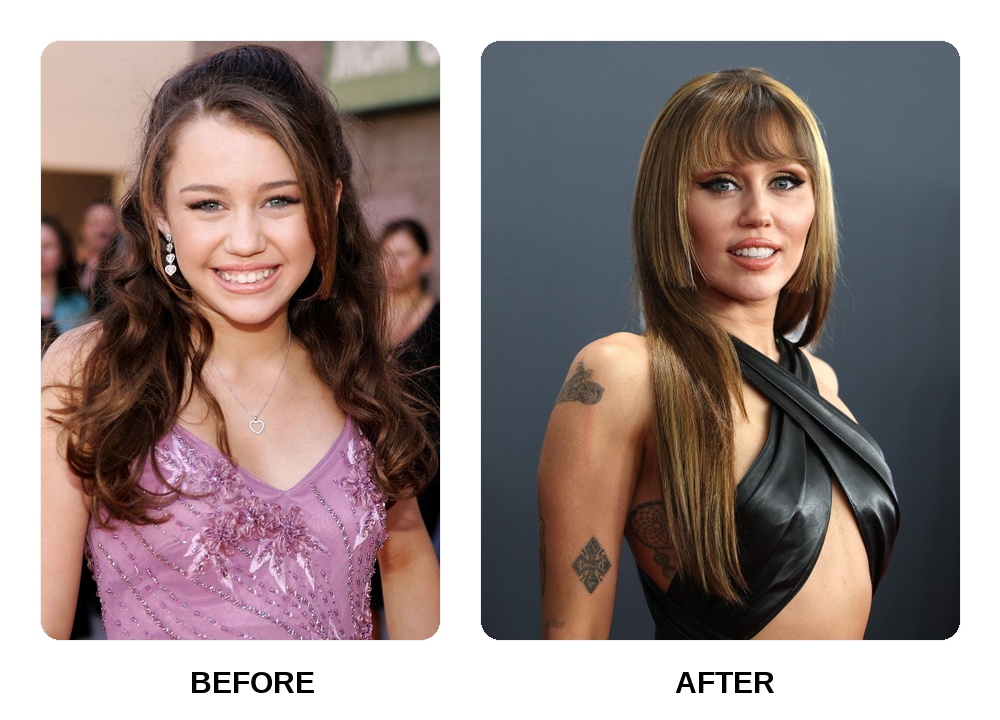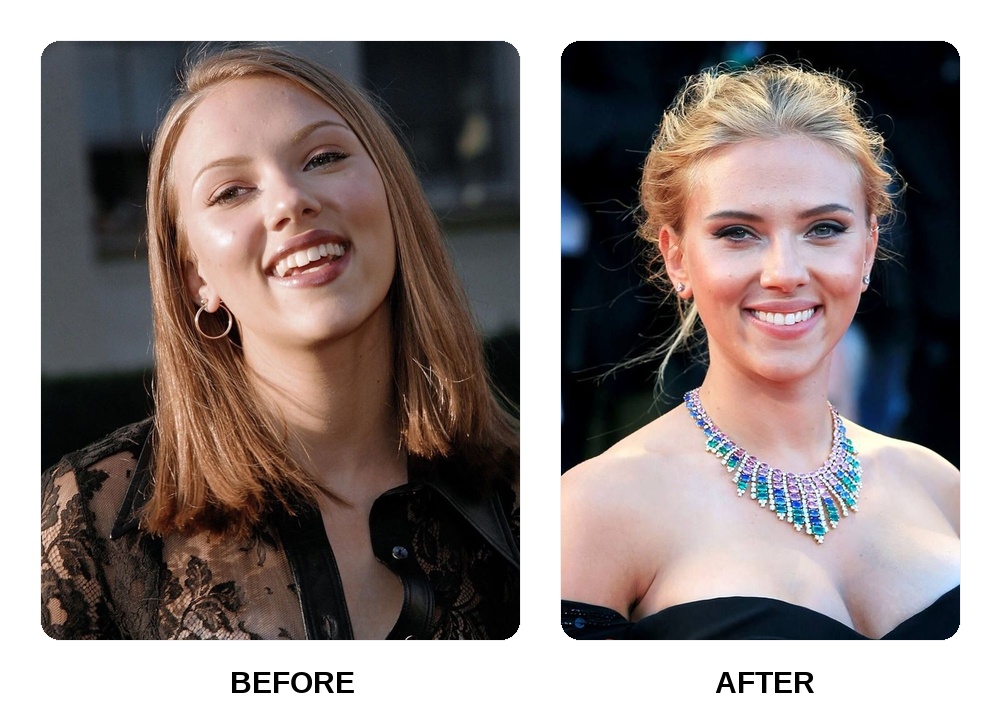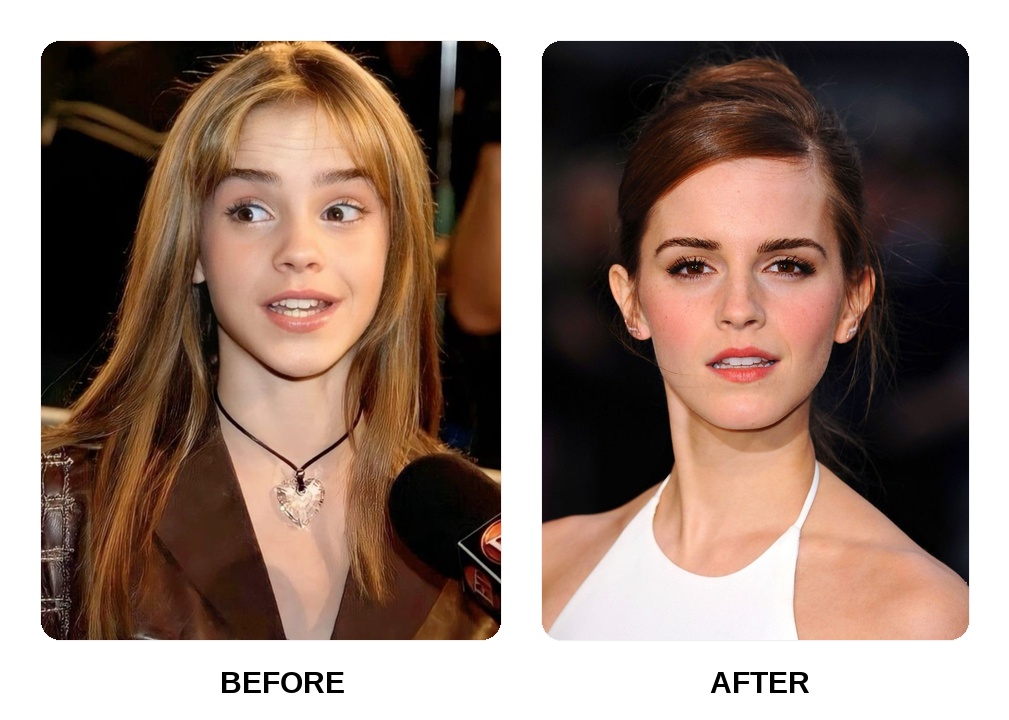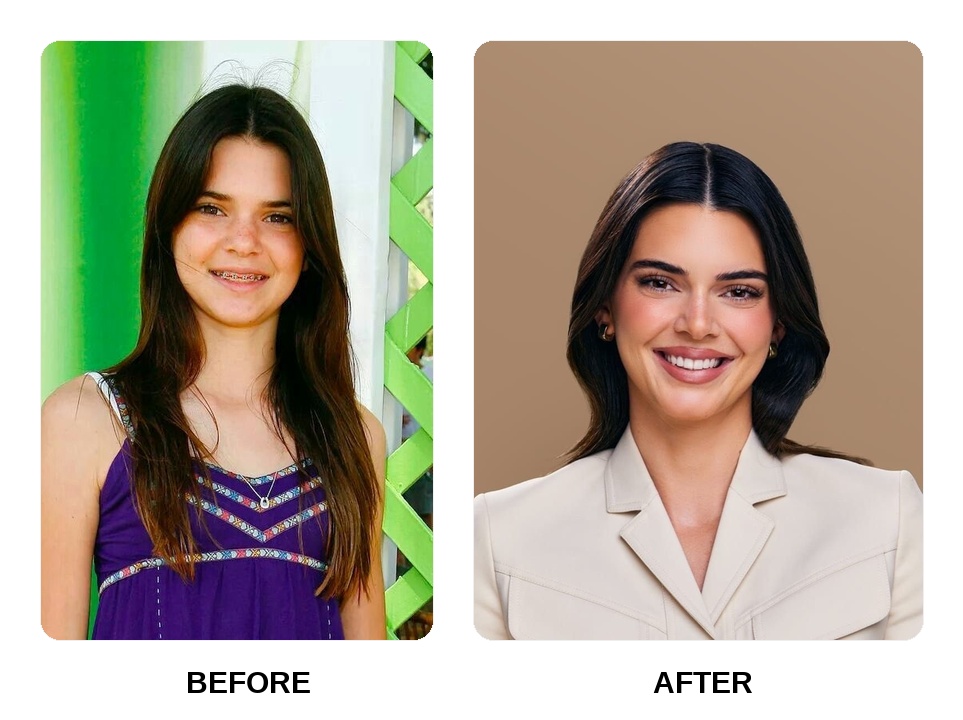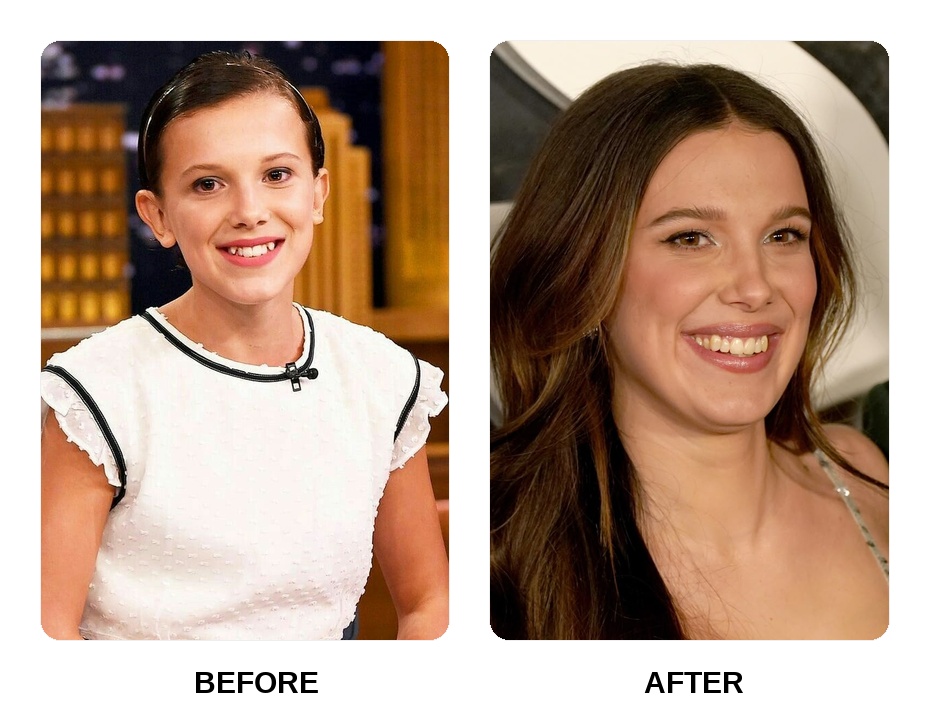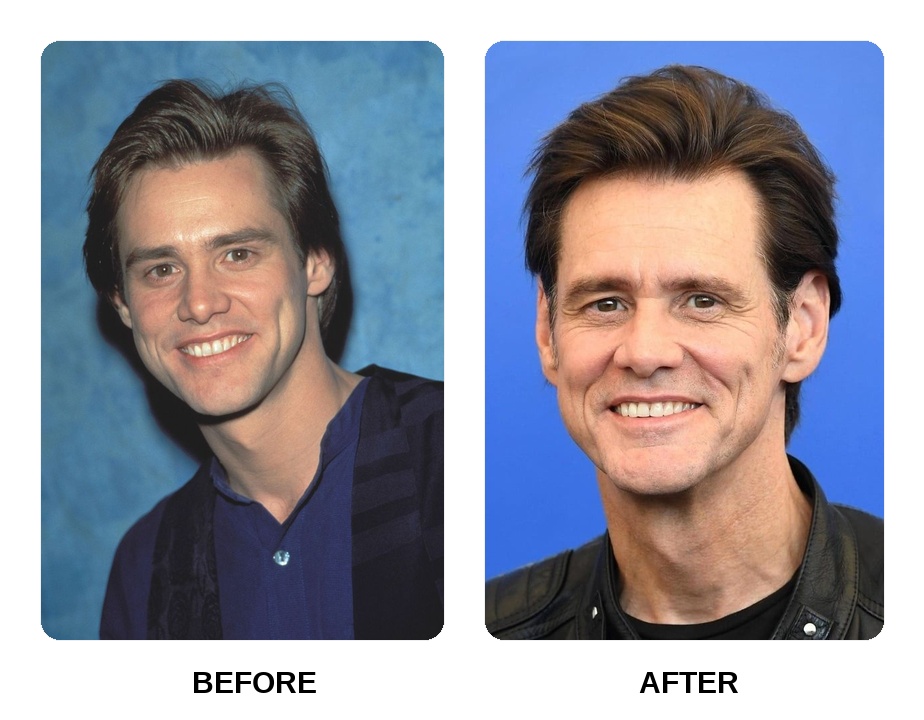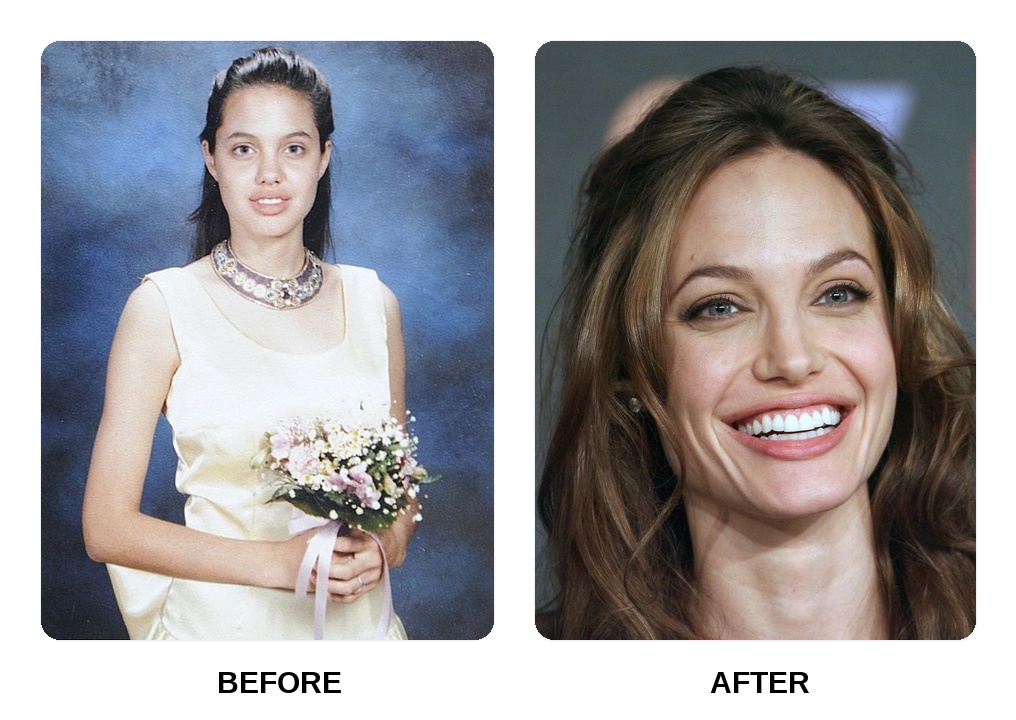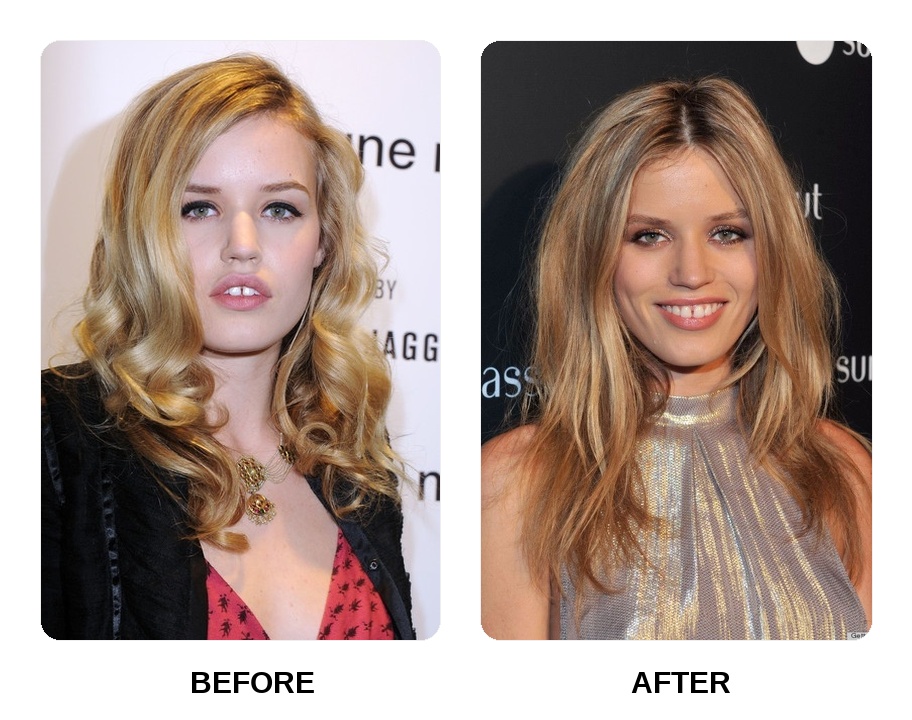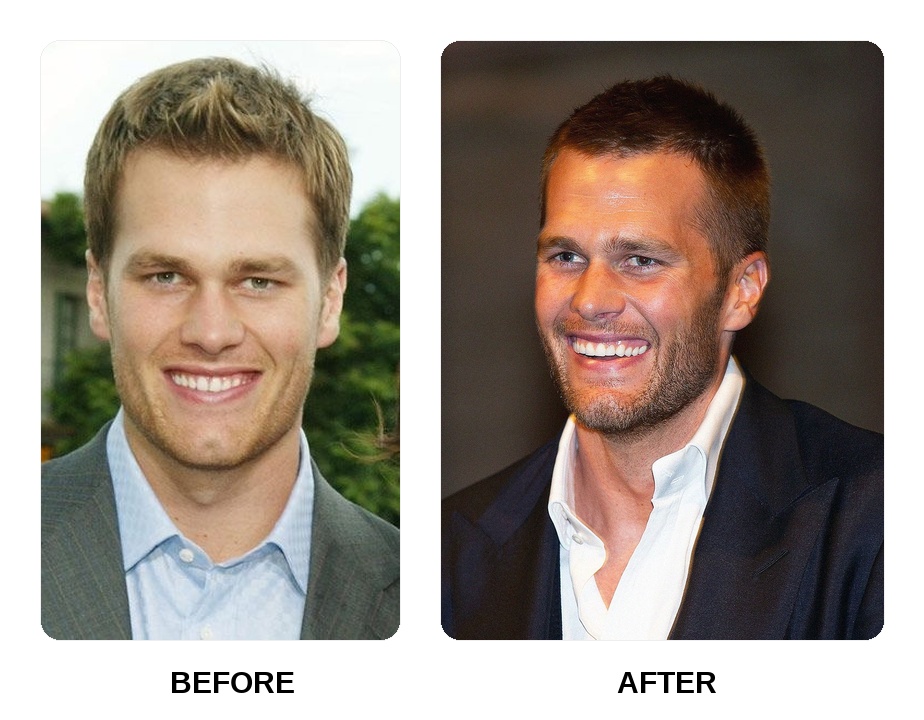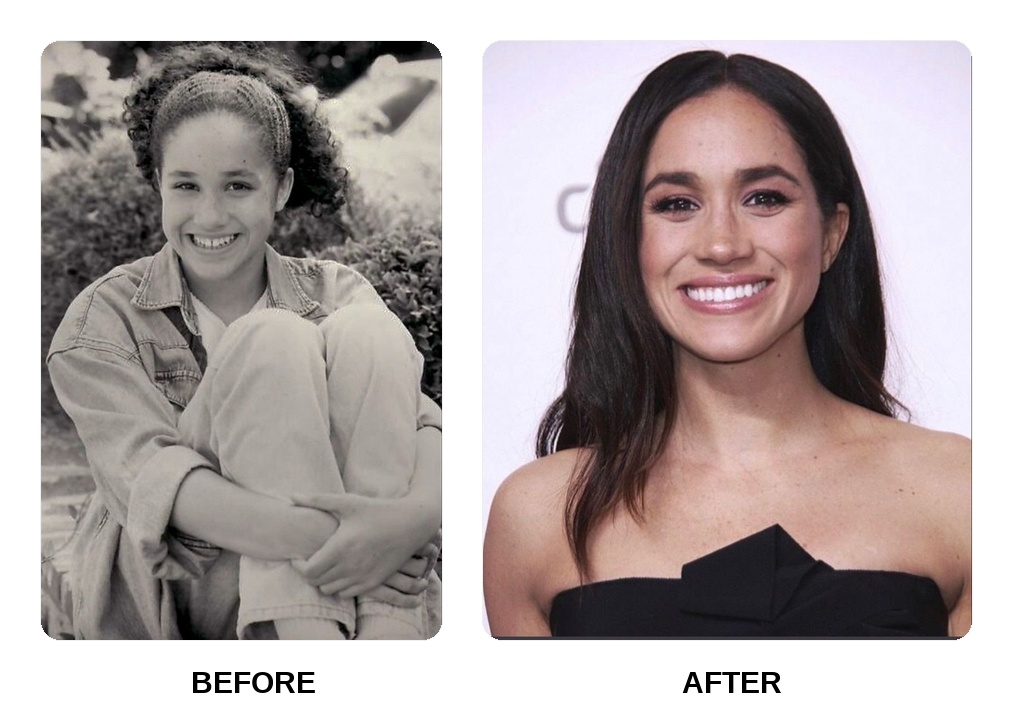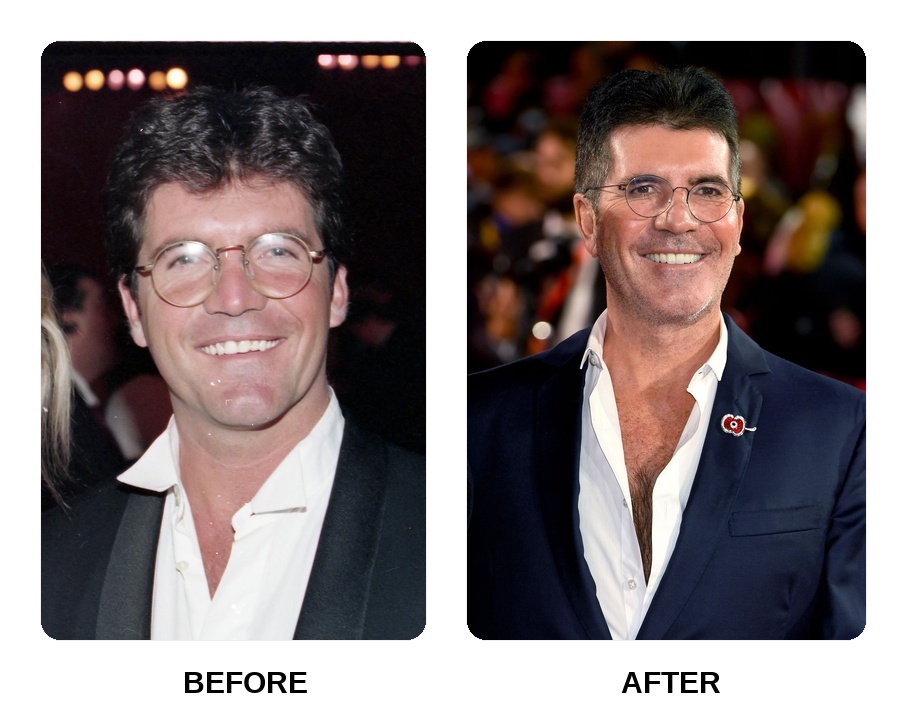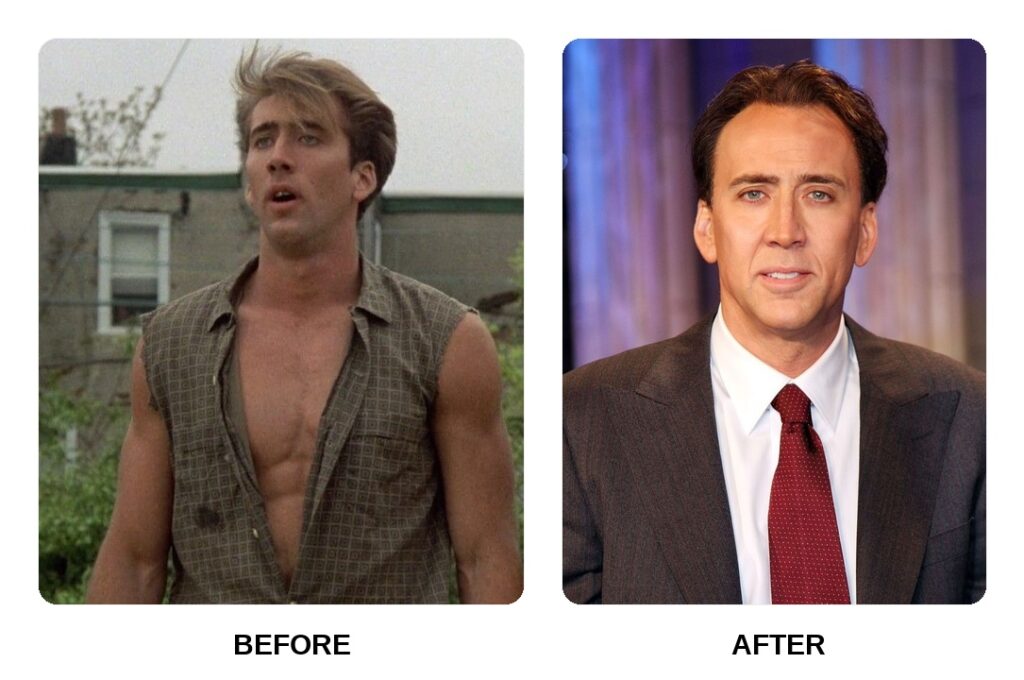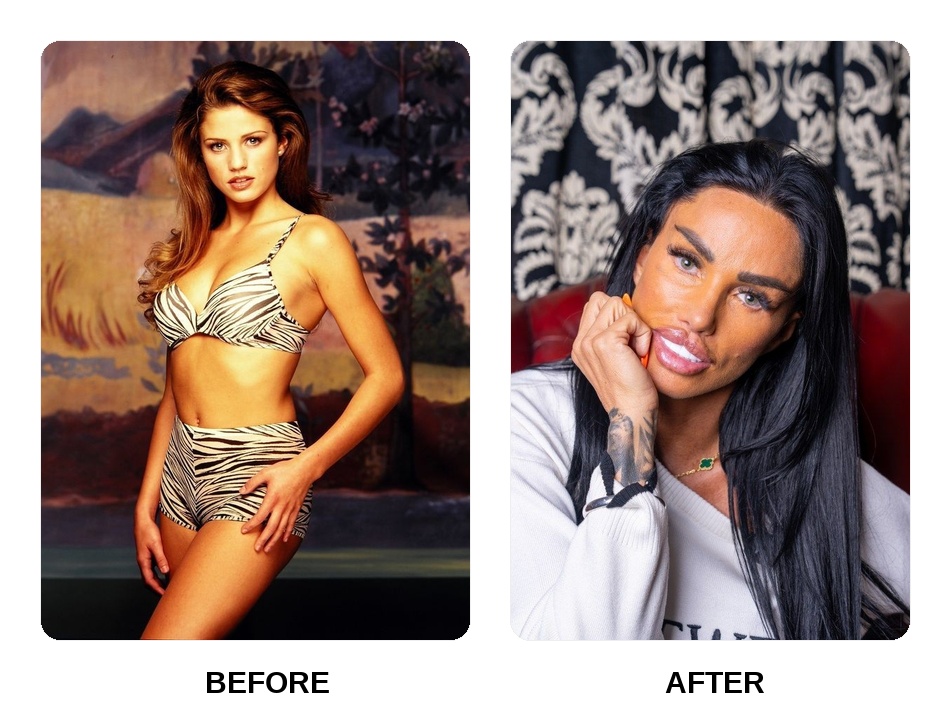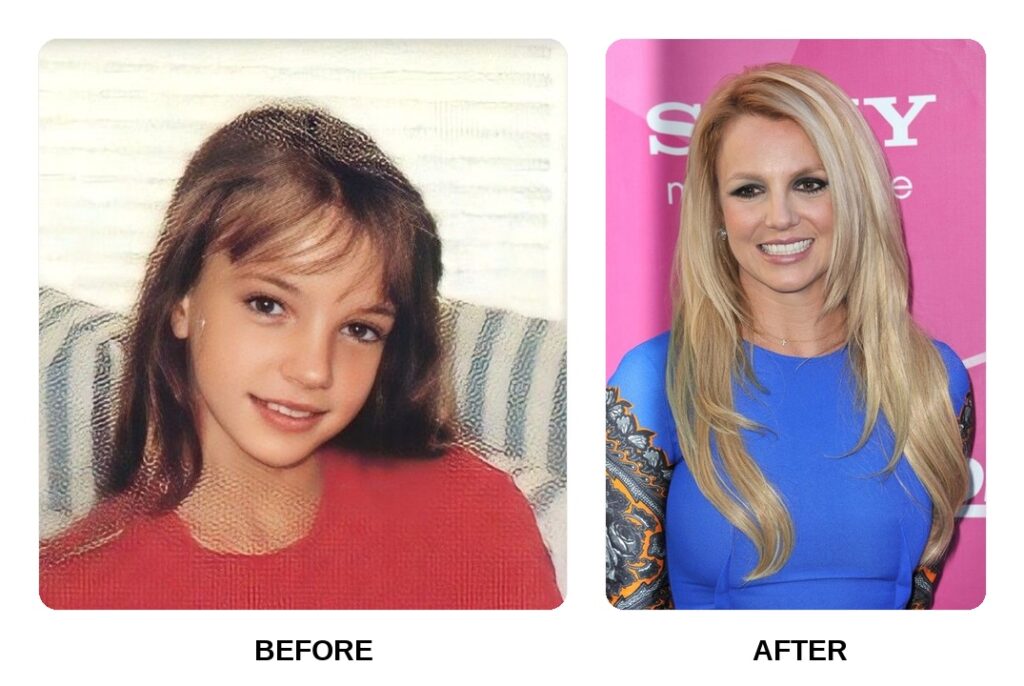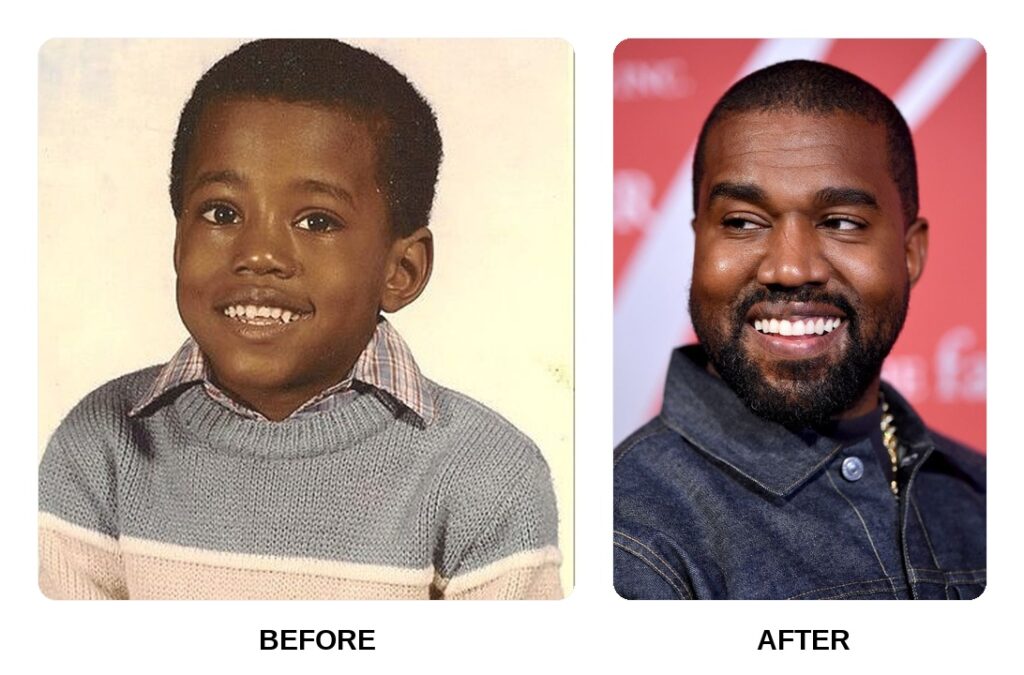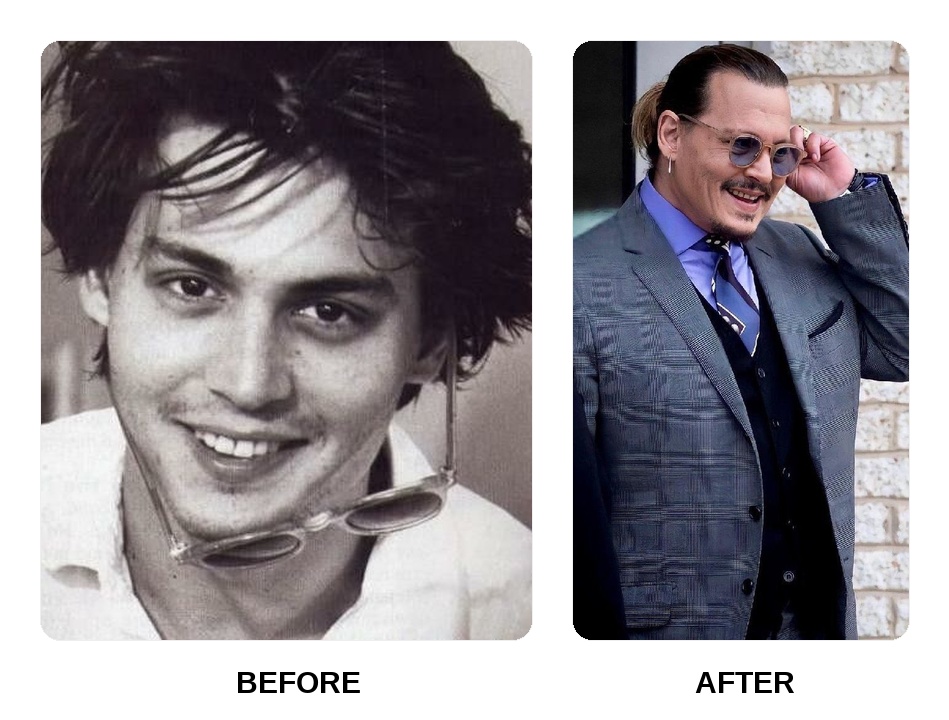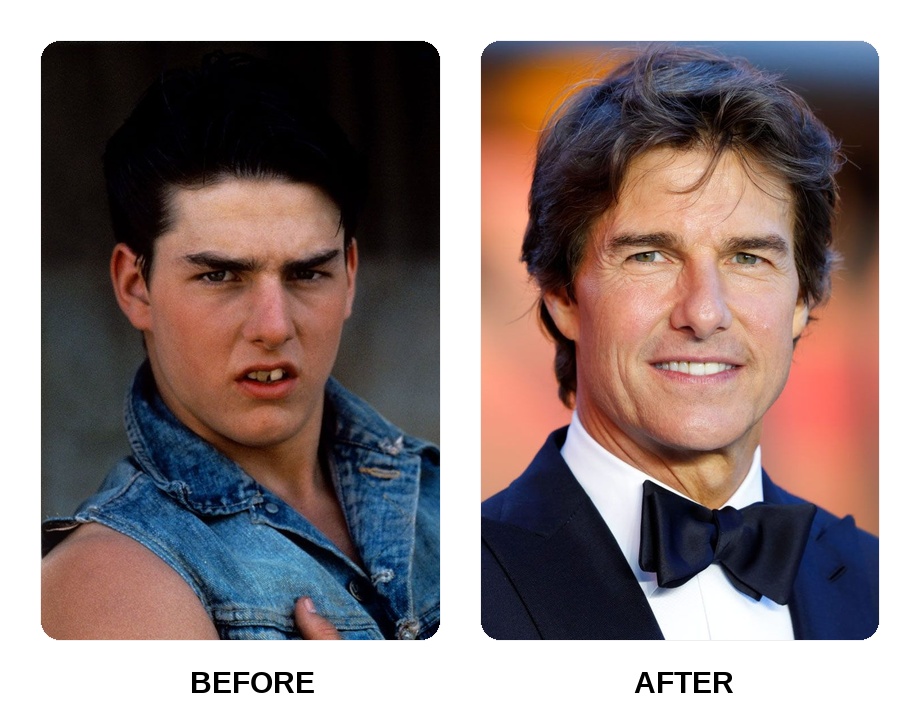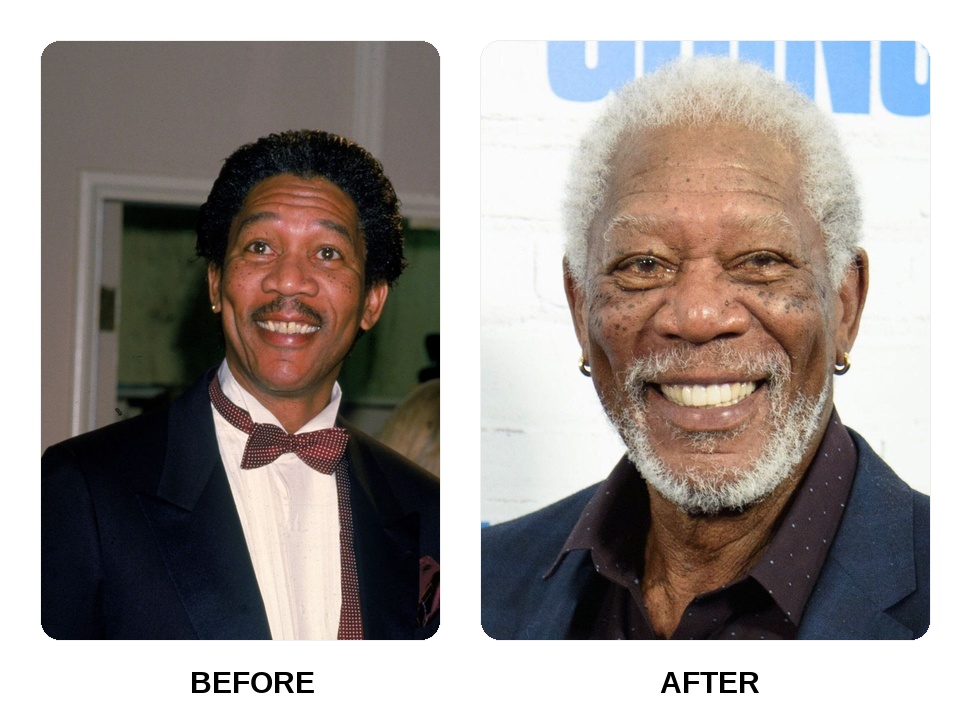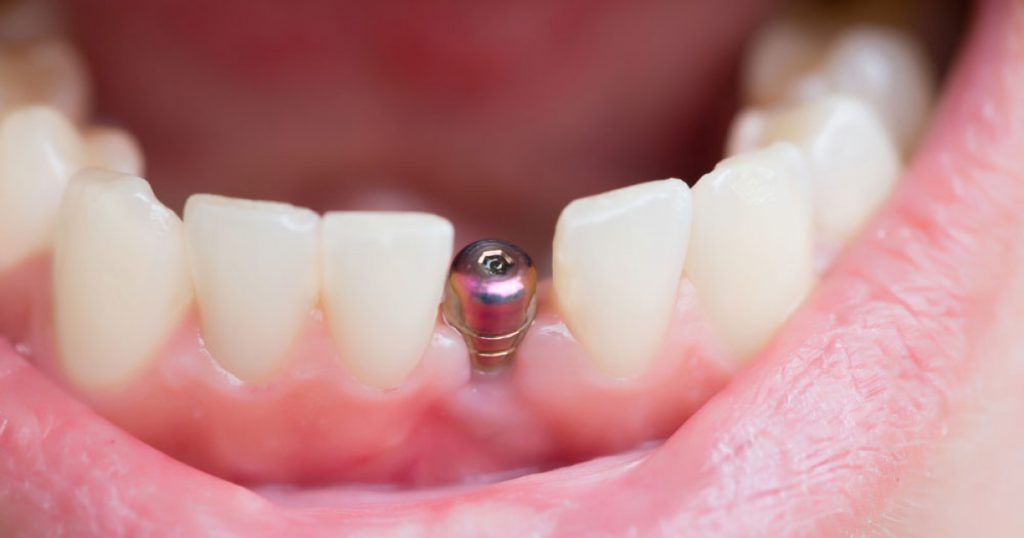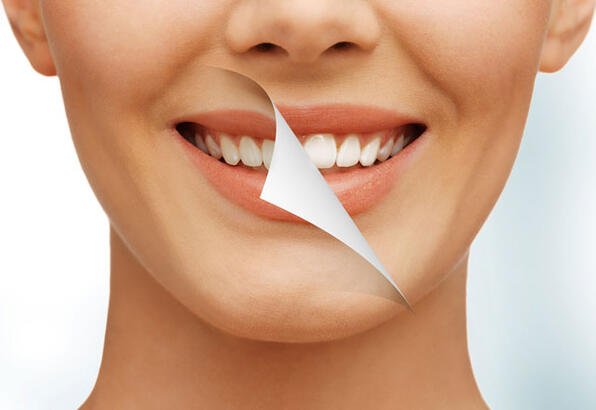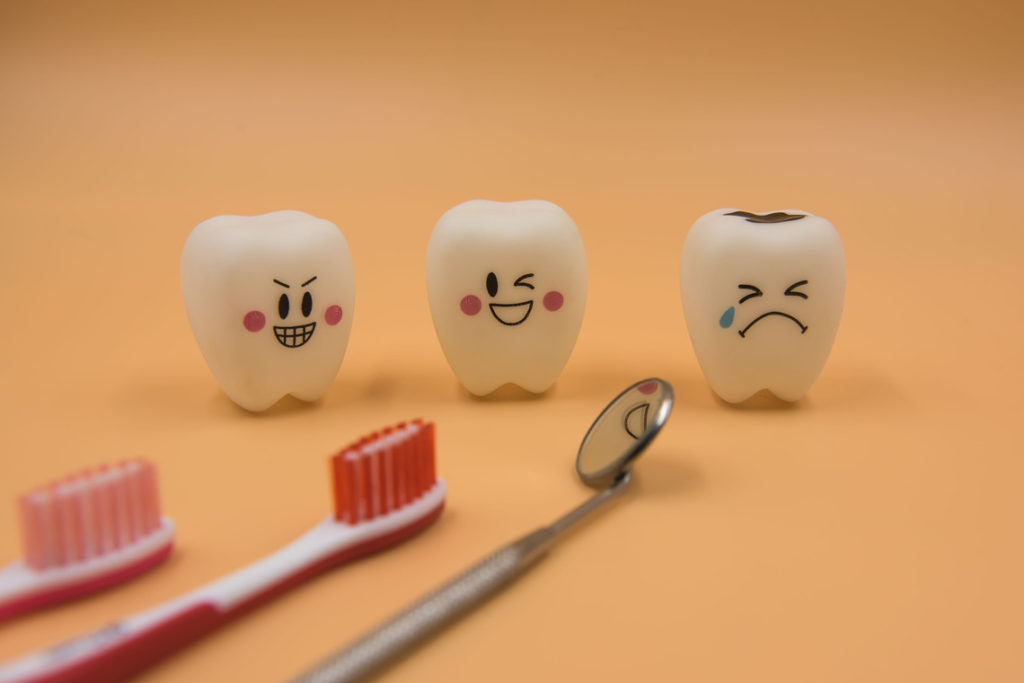Walton goggins teeth: Walton goggins new teeth before and after
Walton Goggins’ smile has transformed noticeably over the years, as seen in before-and-after comparisons of his teeth. In his early career, Goggins had a distinctly natural grin with some imperfections – his front teeth were slightly misaligned and not overly bright. By contrast, in recent appearances his teeth look much straighter, uniformly shaped, and significantly whiter. This stark before vs after difference suggests that he underwent cosmetic dental enhancements to achieve his current smile.
Fans and observers often remark on how Goggins’ “new” teeth give him a more polished, Hollywood-style smile. Photographic evidence shows that his once crooked or gapped front tooth has been corrected and the overall dental alignment improved. The after shots display teeth that are evenly spaced and a brilliant white shade, indicating professional whitening or porcelain restorations. Such improvements did not happen overnight – they are the result of dental work that gradually revamped his smile while maintaining a natural look. Today, Walton Goggins’ teeth appear camera-ready: straight, symmetrical, and bright, a notable change from the quirky dental appearance he had before. This evolution reflects the power of modern dentistry in converting a previously imperfect smile into a dazzling one.
Walton goggins teeth: historical dental transformation and evolution
Walton Goggins’ dental history spans decades, marked by trauma, repair, and eventual cosmetic enhancement. Tracing the evolution of his teeth reveals how a youthful mishap led to long-term changes and later improvements in his smile:
- Childhood (Late 1970s): Goggins originally had healthy front teeth as a child. This changed in fifth grade when an accident occurred – a baseball struck him in the mouth, knocking out his two upper front teeth. At the time, emergency dentists replanted those teeth in an attempt to save them, initiating his dental transformation journey.
- Teen Years (Early 1980s): About two years after the first injury, young Walton had another accident, diving into a shallow pool and again losing the same front teeth. This time the loss was permanent. He spent the remainder of his adolescence using a removable dental appliance (a retainer with false teeth) to fill the gap. This ensured his dental arch and smile were maintained, albeit with prosthetic front teeth, during high school.
- Early Adulthood (1990s, pre-fame): Once he reached adulthood, Goggins obtained a more lasting solution by getting a dental bridge to replace his missing front teeth. The bridge restored his ability to bite and gave him a complete smile, though his teeth still had a natural, “imperfect” character. During the 1990s, his smile featured a slightly crooked front tooth and a normal off-white color, reflecting the dental work of that period without any high-end cosmetic alteration.
- Mid-Career (2000s): As Goggins became a familiar actor (e.g. in The Shield and early films), his teeth remained functional but showed minor issues like a small gap and some discoloration from wear. Fans noted that his smile was charming but not conventionally flawless. The dental bridge kept his front teeth in place, but the overall alignment was not perfectly straight. This phase shows a smile that was authentic and somewhat asymmetrical, which became part of his on-screen persona.
- Recent Years (2010s–2020s): By the late 2010s, Walton Goggins took steps to significantly upgrade his dental aesthetics. He underwent cosmetic dentistry procedures that dramatically changed his smile. By 2020, his teeth appeared straighter and whiter than ever before, indicating treatments like porcelain veneers or crowns on his front teeth. By 2025, he was showcasing a fully transformed smile – brilliantly white, aligned, and aesthetically balanced. This final evolution stage was achieved through advanced dental techniques, culminating in the dazzling set of teeth he has today.
Throughout this transformation, Goggins moved from simply restoring lost teeth to actively enhancing his smile’s appearance. His dental evolution highlights how initial trauma led to functional repairs, and later, how cosmetic improvements provided the finishing touches for a Hollywood-quality smile.
Walton goggins smile
Walton Goggins is known for his distinctive smile, which has often been highlighted in his acting roles. On-screen, he frequently flashes a broad grin – famously described as an “evil smile” in some of his villainous characters. This signature smile, with its wide toothy appearance, became a memorable trait in shows like Justified and films like The Hateful Eight. The combination of his intense acting and that grin gave many of his characters a mischievous, charismatic quality that fans recognize instantly.
Despite the confident smile we see on camera, Goggins has personal feelings about it that are more complex. In interviews, he admitted that his smile is “really big” and even confessed that he misses the original front teeth he lost as a child. This reveals a bit of insecurity behind the grin – he wonders how different life might have been if he still had his natural teeth. That said, the extensive dental work he’s undergone has made his smile one of his defining features.
From a dental perspective, Goggins’ current smile is the result of careful restorative and cosmetic dentistry. It appears well-aligned and very bright, indicating interventions like veneers and whitening. The upper front teeth are uniform in shape and size now, contributing to a harmonious smile line. His gums also look healthy, suggesting good oral care. While Walton’s smile has been through a lot (including trauma and cosmetic changes), today it comes across as both warm and self-assured. It manages to be both friendly and, when in character, delightfully menacing, demonstrating the versatility of that grin. Overall, the Walton Goggins smile seen now is a blend of natural charm and expert dental craftsmanship, making it a notable asset in his appearance.
What are the differences between Walton Goggins old and new teeth?
There are several key differences between Walton Goggins’ “old” natural teeth (and early dental work) versus his “new” improved teeth after cosmetic dentistry. These differences span alignment, color, and overall appearance:
| Aspect | Old Teeth (Before) | New Teeth (After) |
|---|---|---|
| Alignment | Slightly crooked front teeth; one of the upper incisors was misaligned, giving a quirky, uneven look. | Straightened teeth with proper alignment; the front incisors are now even and in line with the rest of the teeth. |
| Color | Natural off-white shade with some yellowing over time; mild discoloration was noticeable, especially by the mid-2010s. | Bright white, uniformly colored teeth; a much lighter shade achieved through whitening or porcelain veneers for a radiant smile. |
| Front Teeth | Two upper front teeth were not original (reimplanted, then part of a bridge) and may have appeared slightly smaller or differently shaped than neighboring teeth. | Front teeth are high-quality prosthetics (likely veneers or crowns on implants) that match in size and shape to the rest, creating a seamless look. |
| Symmetry | Minor asymmetry in the smile; for example, one front tooth had a different angle/shape, and the overall smile line had slight irregularities. | Greatly improved symmetry; the teeth on left and right sides mirror each other in shape and length, giving a balanced, proportional smile. |
| Overall Impression | Had a distinctive, “characterful” smile with a gap-toothed or crooked charm. It looked natural but not conventionally perfect. | Presents a polished “Hollywood” smile that looks professionally crafted. It appears very healthy, attractive, and camera-ready, with no obvious flaws. |
In summary, Walton Goggins’ old teeth (before cosmetic updates) gave him a slightly rugged, imperfect smile, whereas his new teeth provide a more refined and aesthetically pleasing appearance. The transformation includes corrected alignment, a whiter color, more uniform sizing, and improved symmetry. These changes have modernized his smile while still retaining enough character that it doesn’t look fake – just much improved and well-maintained.
Walton goggins decaying teeth
Despite some rumors or search queries about “decaying teeth,” there is no clear evidence that Walton Goggins ever had decayed (rotting) teeth visible to the public. His dental issues were primarily the result of injuries rather than poor oral hygiene or cavities. In his early career, Goggins’ teeth did have a slightly weathered look – for instance, a bit of yellowing or an uneven tooth – but these were due to natural aging and trauma, not active tooth decay. By the mid-2010s, his teeth’s color had dulled slightly (a common issue as one ages), but this was an aesthetic concern rather than decay. Nowhere in interviews or official reports has it been stated that he suffered from untreated caries or tooth infections.
It’s important to note that after his childhood accidents, Walton’s front teeth were professionally treated and later replaced, which actually reduced the chance of decay in those teeth (since prosthetic teeth like crowns or implants do not decay like natural enamel). His current smile showcases very healthy-looking teeth – they are bright, clean, and free of the dark spots or translucency that can indicate decay. Moreover, Goggins likely takes good care of his oral health, especially considering the investment in cosmetic dentistry; regular dental check-ups and cleanings would be part of maintaining his new smile. In summary, any speculation about Walton Goggins’ teeth “decaying” is unfounded. The changes observed in his teeth have been due to dental work and natural wear, not decay. Today, his teeth show no signs of decay, but rather appear to be in excellent condition.
Are Walton Goggins teeth showing signs of decay?
No – Walton Goggins’ teeth are not showing signs of decay. In public appearances and photographs, his teeth do not exhibit the typical indicators of dental decay (such as brown or black cavities, visible holes, or broken teeth). Instead, they look intact and well-cared-for. The concerns or questions about decay might stem from the period before his cosmetic dental work, when his smile wasn’t as dazzling. In earlier years, his teeth had a slightly duller color and one tooth was somewhat crooked, which some might have misconstrued as a dental health issue. However, these aspects were cosmetic and structural (due to past injuries), not decay from neglect or disease.
Walton’s dental problems in youth were caused by trauma (accidents that knocked his teeth out) rather than by tooth decay. After those accidents, he received proper dental care to restore the teeth, and he has maintained his oral health since then. If anything, Goggins has been proactive about avoiding decay: broken or lost teeth were replaced, and any alignment issues were later fixed with veneers instead of leaving teeth in a position that’s hard to clean. His current porcelain restorations are impervious to cavities, and his natural remaining teeth are likely monitored by dentists regularly. In interviews and stories, there has been no mention of him having fillings or root canals due to decay; all focus has been on injury and cosmetic fixes. Thus, we can confidently say his teeth do not show any signs of decay – they appear healthy and strong, thanks to good care and professional dental treatments.
Walton goggins dental arch

Walton goggins dental arch
“Dental arch” refers to the curved arrangement of teeth in either the upper or lower jaw. Walton Goggins’ upper dental arch in particular has an interesting history due to his past injuries. After he lost his two front teeth as a child, the continuity of his upper dental arch was briefly disrupted by the gap. However, dentists took measures to preserve the arch’s shape: initially by replanting the teeth, and later by using a dental appliance to fill the space when the teeth were missing. As a teenager, Walton’s upper arch included a removable partial denture (flipper) with two false teeth, which maintained the arch form and kept other teeth from drifting out of alignment.
Once he reached adulthood and got a fixed bridge to replace the front teeth, his upper dental arch was fully restored – the bridge’s false teeth completed the arch so that it looked like a normal U-shaped row of teeth again. Today, Walton Goggins’ dental arch appears well-proportioned and symmetrical. With modern restorations, all his upper teeth line up evenly along the curve of the arch. There are no obvious gaps or crowding. If one examines his broad smile, the arch of his upper teeth presents a smooth, consistent curve from one side to the other. This suggests that whatever dental work he underwent (bridge, implants, veneers) was successful in preserving the natural shape of his jaw’s arch. In essence, despite the early trauma, Goggins’ dental arch now looks just like that of someone who never lost teeth – a testament to effective dental restoration. It allows him to have a wide, full smile where every tooth follows the gentle curvature of the jaw, which is the ideal scenario for both function and aesthetics.
Walton goggins front teeth
Walton Goggins’ front teeth – specifically the upper central incisors – have a famous backstory. These are the two teeth right at the center of his smile, and in his case, they are not the original ones he grew up with. In childhood, Goggins had his natural front teeth knocked out in a freak accident (a baseball to the face) and, after they were replanted, lost them again in a second accident (hitting the bottom of a pool). After the second loss, Walton was essentially missing his front teeth as a young teen. For a time, he wore a dental retainer with prosthetic teeth attached, so that it looked like he had front teeth even though his real ones were gone. This was a temporary fix to maintain appearance and function until a permanent solution could be done in adulthood.
When he was old enough, Goggins received a permanent dental bridge to replace those front teeth. The bridge involved anchoring false teeth to the adjacent natural teeth, thereby filling the gap in the front. This restoration gave him a complete set of front teeth again. For many years, the bridge served him well – his front teeth on screen in shows like The Shield or Justified were stable and looked generally normal, though an observant eye might have noticed slight differences in shape or alignment compared to if they were natural.
In recent times, Walton’s front teeth have been further refined through cosmetic dentistry. It’s widely believed that his current front teeth are porcelain veneers or crowns, possibly supported by implants, which means they have a very lifelike appearance. They are now perfectly aligned and match the color of his other teeth, creating a seamless smile. Interestingly, when portraying the character “Baby Billy” in The Righteous Gemstones, Goggins wears an exaggerated set of false teeth on top of his own – a set of big, gleaming prosthetic front teeth used for comedic effect. He has joked in interviews about the size and shine of Baby Billy’s teeth, perhaps drawing on his personal history of handling dental prosthetics.
In summary, Walton Goggins’ front teeth have literally been knocked out and rebuilt. They began as natural teeth, were lost to accidents, and today exist as high-quality dental replacements. Thanks to modern dentistry, those front teeth now look and function just as well as (if not better than) ordinary teeth. They play a crucial role in his smile’s appearance and, given everything, are a noteworthy aspect of his personal and professional image.
Walton goggins teeth in his youth
In his youth, Walton Goggins had a very different dental situation than he does now. As a child, up until the age of about 10, he had his natural teeth and by all accounts they were healthy and “beautiful” (as Goggins himself has noted). However, his teenage years were marked by the aftermath of two major dental traumas. The first occurred in fifth grade when young Walton’s two front permanent teeth were knocked out by a baseball. The teeth were actually found and reinserted by a dentist, which was an unusual and fortunate attempt to save them. For a while, those teeth reattached and healed in his gums. But roughly a year and a half later, around age 12, he had a second accident – diving into a swimming pool and hitting the bottom – which dislodged the same front teeth again. This time, replanting wasn’t possible; the teeth were lost for good.
As a result, Walton Goggins spent part of his youth without natural front teeth. During his early teens (junior high and high school years), he wore a dental retainer with two prosthetic teeth to fill the gap in the front. This appliance, sometimes called a “flipper,” is essentially a set of false teeth that can be taken in and out. It allowed him to smile and speak normally despite the missing incisors. Nevertheless, it was a temporary measure and likely a source of self-consciousness for a teenager. Goggins has mentioned that he went through “an extraordinary amount of pain” with his teeth during that period, indicating how difficult those youthful dental experiences were.
Aside from the front teeth issue, the rest of Walton’s teeth in his youth do not have widely reported problems. There’s no indication he had many cavities or braces as a kid. The main story was the trauma to the front. Interestingly, having those front teeth knocked out and then using a retainer might have influenced how his bite developed in adolescence. Fortunately, once he reached adulthood, he addressed the issue with a permanent solution (a bridge, and later cosmetic fixes). In summary, Walton Goggins’ youth was marked by dramatic dental challenges that most young people don’t face – losing key teeth early and coping through his teen years with removable false teeth. This undoubtedly shaped his appreciation for a healthy smile and possibly motivated the careful dental work he pursued later in life.
Walton goggins teeth before he became famous
Before Walton Goggins became a well-known actor, his teeth and smile had a more natural, unpolished appearance compared to the present day. By the time he was in his twenties (the early 1990s), Goggins had already gotten a permanent bridge to replace his missing front teeth. This meant that, functionally, his smile was whole – he wasn’t missing any teeth when he started taking on acting roles. However, the aesthetics of his smile at that stage were not yet enhanced by cosmetic dentistry. Observers of his early work (for example, small roles in the ’90s) would see that one of his upper front teeth was slightly crooked or differently sized. In fact, he had a bit of a gap-toothed look or a quirky alignment that gave his smile character. This was not an unattractive feature; many fans found it endearing and memorable.
The color of his teeth before fame was the typical shade for a regular person – not movie-star white, but a normal white with a hint of yellow. He had not yet undergone professional whitening, so his teeth matched his complexion naturally. Photos from the late 1990s and early 2000s show that his teeth had some minor imperfections: slight staining (perhaps from coffee/tea or just aging), and that one front tooth that had been reattached or part of the bridge might have been a bit shorter or set at a tiny angle compared to its neighbor. Overall, his smile looked authentic and a bit “rough around the edges,” which actually suited the character roles he often played (like down-to-earth or rugged characters).
Importantly, at that time Walton Goggins had not yet invested in elective cosmetic dental procedures. He was content with the restorative work that fixed his major issue (the missing teeth) but hadn’t pursued things like veneers. So, pre-fame, you could say his teeth reflected a life story (including the childhood accident) but were still largely untreated in a cosmetic sense. As he started to gain recognition (around the time of The Shield in the early 2000s), his smile was noticeable for that slight imperfection. It helped him stand out, in a way, because it wasn’t the cookie-cutter Hollywood smile – it had personality. Colleagues and interviewers even commented on his “magnificent teeth,” noting they were unique. All in all, before Walton Goggins became famous and before he revamped his smile, his teeth told the tale of his past but still served him well in his acting endeavors.
Does Walton Goggins have veneers on his teeth?
It is highly likely that Walton Goggins has porcelain veneers on his teeth now. The dramatic improvement in the alignment and color of his teeth strongly suggests that veneers were used as part of his smile makeover. Porcelain veneers are thin custom-made shells that dentists bond to the front surface of the teeth. They can instantly correct the appearance of crooked, chipped, or discolored teeth. In Goggins’ case, his front teeth went from being slightly uneven with an off-white tone to looking straight and uniformly pearly white, which is exactly the kind of result veneers produce.
Several cosmetic dentistry experts and observers have speculated that Goggins got veneers in recent years. By placing veneers, a dentist could close any small gaps, cover any stains or darkened areas (for instance, a tooth that was root-canaled or part of an old bridge), and create a perfectly symmetrical smile line. Veneers would also explain how Goggins’ smile changed relatively quickly between the mid-2010s and the 2020s – without the lengthy process of braces. A well-done set of veneers can make teeth look “too good to be true” yet still natural, which seems to be the case for him.
For Walton Goggins, having veneers means that while the underlying structure of some teeth (or the implants/bridge for his front teeth) provides stability, the visible front layer is porcelain. Porcelain veneers are known for their durability and stain resistance, so his teeth maintain a white shine even after drinking coffee or wine. In summary, yes, it appears Walton Goggins does have veneers on his prominent teeth, giving him the polished smile we see today. This approach allowed him to upgrade his smile’s aesthetics significantly, and it’s a common choice among actors of his caliber.
Did Walton Goggins get his teeth done?
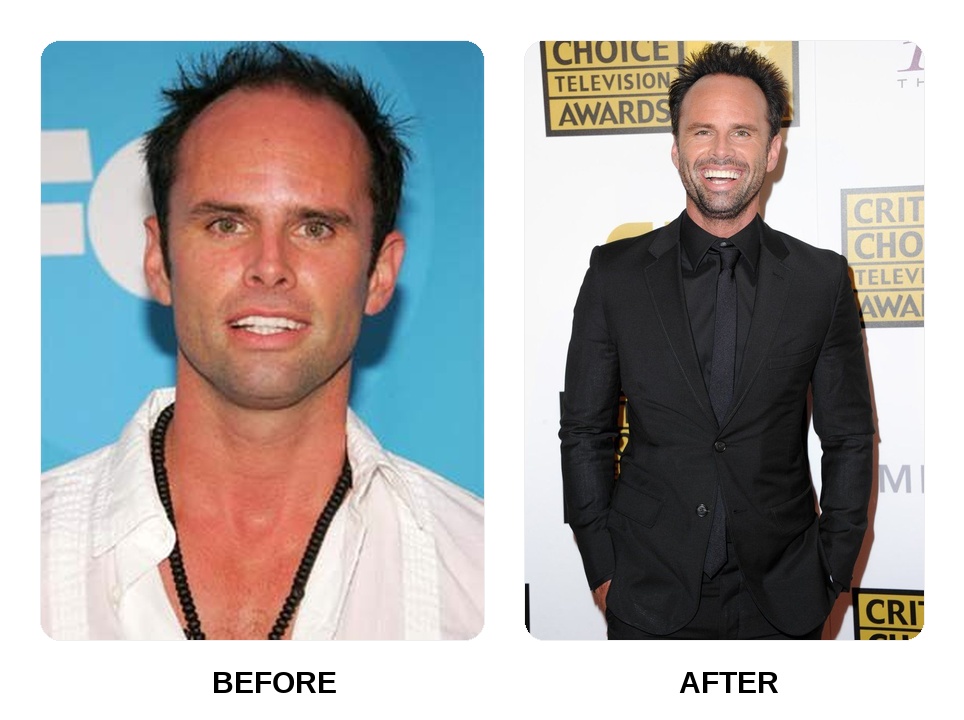
Did Walton Goggins get his teeth done?
Yes, Walton Goggins certainly got his teeth “done” in the sense of undergoing cosmetic dental procedures to enhance his smile. Over the course of his career – especially by the late 2010s – he transitioned from having a mostly natural, unaltered set of teeth (aside from the necessary bridge work) to having a fully refined, cosmetically improved smile. By 2025, he was proudly showing off a straighter, whiter, and overall healthier-looking set of teeth, which was a clear upgrade from how they looked years before.
The phrase “got his teeth done” usually implies elective cosmetic improvements. In Goggins’ case, these improvements included: aligning the teeth properly, which he achieved not through braces but likely through veneers/crowns that gave the appearance of perfect alignment; and whitening or choosing a brighter shade for his restorations, to give him a luminous smile. Indeed, side-by-side comparisons of Walton’s smile from a decade ago versus now reveal a significant transformation – the kind typically brought about by professional cosmetic dentistry.
To outline what he had done: first and foremost, he addressed the alignment and shape of his teeth (the veneers smoothed out any crookedness or gaps). Then, he addressed the color, ensuring his teeth are now a consistent bright white. If he had any old dental work (like an aging bridge or crown) that didn’t match or that had wear, that would have been replaced as part of the overhaul. The result of all this dental work is that Walton Goggins’ smile now meets the high standard of Hollywood aesthetics while still looking like him. It’s a full 180-degree difference from the days when his teeth were a bit crooked and dull-colored. So, in informal terms, yes – Walton Goggins got his teeth done, and the outcome has been very successful. His renewed smile is frequently commented on by fans and media, noticing how it adds to his confident appearance.
Does Walton Goggins have gold teeth?
No, Walton Goggins does not have gold teeth. In all photos, interviews, and roles outside of costume, his teeth are white (or natural-tooth-colored) and show no signs of any gold dental work. Gold teeth typically refer to gold crowns or gold caps that some people have for either dental restorations or fashion statements. Goggins’ dental restorations have been done with porcelain and other tooth-colored materials to blend in seamlessly with his smile. There has been no indication that he’s ever opted for a gold crown on any of his visible teeth.
Sometimes people ask this question perhaps because Walton played some rough or outlaw characters where one might imagine a gold tooth, but even in his roles, he hasn’t notably sported a gold tooth as part of his look. For instance, in Justified, his character Boyd Crowder had a line joking about “veneers courtesy of the U.S. government” – implying nice white teeth, not gold ones. In real life, Walton’s focus was on making his teeth look natural and flawless, which gold would not achieve. His current smile features uniformly white teeth without any metal gleam.
It’s worth noting that gold is actually a material used in dentistry (especially for out-of-sight molar crowns) because of its durability. However, for front teeth, especially for someone in the spotlight, a gold tooth would be very conspicuous and not in line with the aesthetic Walton Goggins has chosen. He has gone for a Hollywood smile makeover, which emphasizes white, pearl-like teeth. Gold or silver teeth would run completely counter to that. Therefore, we can confidently say he does not have gold teeth.
Does Walton Goggins have silver teeth?
No, Walton Goggins does not have silver teeth either. “Silver teeth” could refer to older-style dental fillings (amalgam fillings) or silver-colored caps, but in Walton’s case, there’s no visible evidence of those when he smiles or speaks. His teeth, particularly the ones visible when he smiles, are all natural white or porcelain-colored. He hasn’t been seen with any metallic dental work on his front teeth.
Silver dental caps were more common in the past or for certain pediatric dentistry cases, and silver (amalgam) fillings are usually on back teeth where they’re not visible. Even if Goggins had any silver amalgam fillings in his molars, it’s not something noticeable to the public. Given that he’s had extensive dental upgrades, it’s possible that any old fillings were replaced with tooth-colored composite fillings or ceramic inlays to maintain a uniform look. But publicly, every tooth that Walton flashes is white.
In his roles or personal style, he’s never showcased a “grill” or decorative silver teeth either – that’s not part of his persona. The question might arise from curiosity or confusion with other actors or characters. But in short, Walton Goggins does not have any silver teeth. All his dental restorations are made to look like real teeth, not metal. His aim was clearly to have a natural-looking perfect smile, which wouldn’t involve any silver coloring.
Walton goggins white teeth
One of the first things you notice about Walton Goggins’ current appearance is how white his teeth are. They are noticeably brighter than they were in his earlier career, giving him what many call a “Hollywood white” smile. This change is a result of cosmetic dentistry efforts. It’s likely that when he got veneers or new crowns, he chose a light shade of porcelain that would read as very white on camera. Porcelain veneers, in particular, are known for their ability to mimic a bright, natural enamel and they don’t easily stain. The improvement in the color of Goggins’ teeth is so stark that it has been specifically commented on – his smile went from ordinary to “dazzling” in whiteness.
Originally, like most people, Walton’s natural teeth were slightly off-white. In older roles or photos, his teeth had a creamy hue (which is normal and healthy) and over the years probably picked up minor stains from foods, drinks, etc. After his smile makeover, the teeth became a much lighter shade. They now all match in a consistent, brilliant white tone. This uniform color suggests professional whitening was done on any remaining natural teeth, and the prosthetic teeth (veneers/crowns) were crafted to that same white shade.
It’s important that while his teeth are very white, they still look within the realm of natural (they’re not the unnaturally bright neon white that sometimes can happen). This balance is usually achieved by skilled cosmetic dentists who pick a shade that complements the person’s complexion. Walton Goggins’ white teeth contribute greatly to the refreshment of his overall look – they make him appear more youthful and vibrant. When he smiles now, the brightness of his teeth is front and center. For anyone who remembers his earlier, duller smile, the contrast is clear proof of the enhancements he’s made. In sum, Walton Goggins’ teeth are white and radiant, thanks to modern dentistry, and they are a defining feature of his current appearance.
Walton goggins central incisors
The central incisors are the two large front teeth in the upper jaw – and for Walton Goggins, these teeth have a story of their own. Walton’s central incisors are the teeth he famously lost (twice) in childhood and later had to have replaced. In their natural state (before the accidents), those incisors were perfectly ordinary. But after being knocked out, the incisors he has now are actually prosthetic replacements (first a bridge, now likely crowns or veneers on implants) rather than the ones he was born with.
Visually, Goggins’ central incisors today are prominent, well-aligned, and identical to each other – as they should be. They form the focal point of his smile. If you look at pictures of him smiling broadly, you’ll see those two front teeth are very symmetrical in size and shape, indicating careful dental work. Interestingly, Walton himself has commented on the appearance of his front teeth. He described his smile as “really big” and has mused about missing his original front teeth from fifth grade. This tells us that the current central incisors, while functional and attractive, are not the ones he grew up with, and he is very aware of their significance.
From a dental perspective, getting the central incisors right is crucial in any smile makeover because they draw the most attention. In Walton’s case, after his youth, he eventually had a bridge that gave him functional central incisors, but those might not have been a perfect aesthetic match. With the latest cosmetic dentistry, his central incisors were crafted to match his other teeth in color and to have a natural shape (not too flat, not too protruding). They also likely corrected any size discrepancy – both front teeth are now equal in length and width, creating a balanced look.
The fact that Walton jokes about his teeth – implying they might even be a bit larger-than-life – shows he has taken the change in stride and can laugh about it. In reality, his central incisors suit his face well; they fill out his smile nicely. They are not overly large (in cosmetic dentistry, central incisors are often made slightly dominant for a pleasant smile arc). Walton Goggins’ central incisors, though artificial, are a success story: they overcame trauma, were expertly crafted, and now help give him a confident, memorable smile.
What happened to Walton Goggins teeth?

What happened to Walton Goggins teeth?
Walton Goggins’ teeth have an extraordinary backstory primarily because of two childhood accidents that dramatically affected them. Here’s what happened: When Goggins was in 5th grade, he was hit in the mouth by a baseball, which completely knocked out his two upper front teeth. This is a traumatic injury for a child (or anyone). At the emergency room, doctors attempted to save those teeth by placing them back into his gums – an emergency procedure known as tooth re-implantation. Surprisingly, that worked for a while: the reinserted teeth reattached and healed in his mouth.
However, about a year and a half later, tragedy struck again. Walton dove into a swimming pool (into the shallow end) and hit his face, which dislodged those same two front teeth all over again. Essentially, he lost his front teeth for the second time. After this second incident, it wasn’t feasible to save the teeth. They were gone, and young Walton had to live without them. What happened next is that he was given a temporary solution – a dental appliance (like a retainer) with two fake teeth on it – to wear during his teenage years so that he wouldn’t have an obvious gap. He has mentioned wearing a retainer through high school because of this.
Once he reached adulthood, Walton Goggins addressed the problem more permanently by getting a dental bridge. A bridge involved putting crowns on the teeth adjacent to the gap and suspending false teeth to replace the missing ones. This restored his ability to bite and gave him a complete smile line again. With the bridge in place, Walton’s dental situation was stable for many years, though that bridge meant his front teeth were prosthetic.
As time went on, he noticed normal wear and some misalignment in his teeth, including the ones supporting the bridge. So more recently, Goggins took additional steps: he sought cosmetic dentistry to fix and enhance his smile. This included straightening out any crookedness and whitening his teeth. Essentially, he corrected the wear and alignment issues with procedures like veneers, resulting in the much-improved smile he has now. No new “accident” happened in later years – the changes after that were elective and cosmetic, not because something bad occurred.
In summary, what happened to Walton Goggins’ teeth can be broken down as follows: childhood accidents knocked out his front teeth (twice), those were then medically reinserted and later replaced with dental prosthetics (retainer, then bridge), and finally, he underwent cosmetic treatments to improve the appearance of all his teeth. It’s a journey from trauma to recovery to enhancement, ending with the confident smile we see today.
How did Walton Goggins fix his teeth?
Walton Goggins fixed his teeth through a series of dental interventions over many years, addressing both the damage from accidents and later the cosmetic appearance. The process can be outlined in stages:
- Emergency Re-implantation (Childhood): When his two front teeth were first knocked out by a baseball, dentists reinserted the teeth into his gums in an attempt to save them. This immediate fix allowed the teeth to reattach and was a short-term success, though those teeth were fragile after the trauma.
- Dental Retainer with False Teeth (Teenage years): After losing the front teeth again in a pool accident, Goggins could no longer keep his natural teeth. To fill the gap, he was given a removable appliance (often called a flipper or retainer) that had fake front teeth on it. He wore this through his teen years, which fixed his smile aesthetically and functionally while he waited for a more permanent solution.
- Permanent Dental Bridge (Adulthood): Once Goggins reached adulthood, he had a dental bridge placed to replace the missing front teeth. This bridge was anchored to the neighboring teeth on either side of the gap. By getting a bridge, he effectively fixed the issue of the missing incisors – the prosthetic teeth in the bridge restored his biting ability and completed his smile. This was a long-term repair that served him through the early part of his career.
- Cosmetic Dentistry Upgrades (Later Years): By around the 2010s, Walton Goggins opted to further fix and enhance his teeth cosmetically. He appeared to get porcelain veneers on his front teeth and possibly others. The veneers fixed issues like minor misalignment, chips, or discoloration by covering the front surface of the teeth with a perfectly shaped porcelain layer. In doing so, he achieved an even, straight look without orthodontics. Additionally, he likely replaced or updated his old bridge so that it matched the new veneers in color and shape – or he might have gotten dental implants for the missing teeth at this stage (implants would require surgery, anchoring prosthetic teeth directly into the jaw, providing an even more permanent fix). There’s also evidence of professional whitening; either his natural teeth were bleached or the veneers/crowns were made in a brighter shade, fixing the prior yellowing and giving him a brilliant white smile.
Through these steps, Walton systematically fixed every aspect of his dental issues. He handled the critical structural problems first (missing teeth, achieved via reimplantation and bridging) and later addressed the aesthetic concerns (alignment and color, via veneers and whitening). The final result of all these fixes is that Walton Goggins now has a set of teeth that function well and look excellent, with no sign of the past troubles visible to the eye.
Did Walton Goggins wear braces?
No, Walton Goggins did not wear braces, at least not that anyone knows of or that he has mentioned. Unlike many people who correct alignment issues with orthodontic braces, Goggins took a different route for his dental corrections. During his youth, his main dental issue was not crooked teeth but missing front teeth due to accidents. In those years, instead of braces, he was dealing with replacement of teeth (via a retainer with false teeth). A retainer in this context is not the same as an orthodontic retainer used after braces; his was used to hold fake teeth, not to move teeth. So, he didn’t have traditional braces with brackets and wires in his childhood – he had other dental appliances for the trauma.
As an adult, when Walton decided to improve the alignment of his teeth (which had slight crookedness or spacing), he apparently chose cosmetic dentistry solutions like veneers rather than braces. Veneers can straighten the appearance of teeth in a matter of weeks, as opposed to braces which might take a couple of years. For someone in the public eye, that faster turnaround can be very appealing. By applying veneers, any minor misalignment in Goggins’ teeth was masked – the veneers were crafted to create a straight smile line. This meant he didn’t need braces to physically move the teeth over time; the dentist achieved the corrected alignment in just a few appointments.
It’s also possible that the existing structure of his teeth (especially with a bridge in place for the front teeth) wouldn’t easily allow for braces without extensive work. Instead, swapping the bridge for implants or new crowns, and adding veneers, was a more direct path to the same goal. There’s no photographic evidence of Walton Goggins ever having had braces (no childhood pictures with braces, and no mention in interviews). He fixed his smile in other ways. So, to answer clearly: No, Walton Goggins did not wear braces – he improved his smile through prosthetic and cosmetic dental treatments rather than traditional orthodontics.
Are Walton Goggins teeth asymmetrical?
Earlier in his career, one could say Walton Goggins’ teeth had slight asymmetry, but after his dental makeover, they are largely symmetrical. Let’s break this down. Dental asymmetry means one side of the smile doesn’t exactly mirror the other in terms of tooth shape, size, or positioning. In Walton’s case, when he had his old dental bridge and natural teeth, fans and observers noticed that his front teeth were not perfectly identical – one front tooth (or the area around it) might have been a bit differently angled or shaped than the other. This was likely a result of the trauma and the restorative work done at the time. For example, his left central incisor could have been a tad shorter or tilted compared to the right one, creating a minor imbalance in his smile’s symmetry. Such quirks gave his smile a unique character but technically were asymmetrical.
However, once Goggins underwent cosmetic dentistry, a goal would have been to correct any asymmetry. Porcelain veneers and crowns are custom-made, so the dentist would design his front teeth to be as matching as possible – essentially creating a mirror image from left to right. Observing Walton’s current smile, you can draw an imaginary vertical line down the center and see that both sides are very even. The central incisors now match each other in length and shape; the lateral incisors (the second teeth from the center) also match each other, and so on. The gum line is also even. The symmetry has been greatly improved. In fact, achieving this kind of symmetry is one of the reasons to get veneers or cosmetic reshaping, and it appears that was successful in his case.
Of course, no human face is perfectly symmetrical, and that includes teeth to some extent. But any small differences that remain in Walton Goggins’ teeth are not noticeable. To the casual observer, his teeth look very balanced now. So, while in the past one could point out a slight asymmetry (one tooth’s tilt or a gap on one side), today Walton Goggins’ teeth are not asymmetrical in any significant way. They have been aesthetically aligned to present a uniform, proportional appearance that suits his facial features.
Did Walton Goggins have dental surgery?
Yes, Walton Goggins did undergo dental surgery as part of his dental treatment history. The term “dental surgery” can cover a broad range of procedures – in Goggins’ case, the notable surgical-like procedures include the emergency interventions and later restorative ones. Firstly, when he lost his front teeth in the accidents, oral surgeons/dentists surgically reinserted the teeth back into his jaw during the first accident. Pushing a tooth back into the socket is a form of oral surgery, often done under emergency conditions. Also, after the second accident, any remnants of the broken teeth would have required extraction (surgical removal) to clean the area and prevent infection.
Later in life, when Walton opted to improve his dental work, it’s very likely he had more formal dental surgeries. For example, if he decided to get dental implants to replace his missing front teeth (instead of or in addition to a bridge), that would involve a surgical procedure. Implant surgery means placing titanium posts into the jaw bone where the teeth were missing, and that definitely counts as dental surgery. Although Goggins hasn’t publicly detailed if he got implants, many dental experts suspect he did, given how secure and natural his restorations appear. Implants would have improved the stability of his front teeth area and required an oral surgeon or implantologist to perform the operation.
Another possible surgical procedure in his journey could be gum recontouring (a minor surgical procedure) if he had any uneven gum tissue, ensuring a nice even gum line for the veneers. We don’t know for sure if he needed that, but it’s commonly done with smile makeovers. Additionally, when preparing for a fixed bridge, sometimes adjacent teeth need root canal therapy or crown lengthening – while not surgery in the sense of cutting with a scalpel, these are significant dental procedures too.
In summary, Walton Goggins’ path to his current smile did involve dental surgeries: from the traumatic tooth re-implantation and extractions in youth to potential implant placements in adulthood. All these interventions were necessary steps to rebuild and perfect his teeth. Given the outcome, the surgeries were successful and have allowed him to have a fully functional and aesthetically pleasing set of teeth.
What dental procedures has Walton Goggins undergone?
Walton Goggins has undergone several dental procedures throughout his life, both to address emergency situations and to enhance his smile later on. Here is a comprehensive list of the key dental procedures he’s had:
- Emergency Tooth Re-implantation: After his two front teeth were knocked out in a baseball accident, dentists reinserted those teeth back into his gums to save them. This procedure involved positioning the teeth in their sockets and allowing them to reattach – an urgent form of dental surgery.
- Dental Extractions: Following the second accident (when he hit the pool bottom), any remaining fragments of his front teeth had to be extracted. Essentially, since the teeth were knocked out (and could not be saved again), dentists ensured the broken roots or any damaged pieces were removed to prevent infection and prepare for future restorations.
- Removable Partial Denture (Flipper): In his teen years, Goggins used a removable denture appliance – often called a flipper – which had two false front teeth on it. This wasn’t a permanent procedure but a significant dental device he wore daily. It allowed him to eat and speak relatively normally and kept the space where his teeth were lost open for later treatment.
- Dental Bridge Placement: As a young adult, Walton got a dental bridge to permanently replace his missing front teeth. This procedure involved preparing the adjacent teeth (filing them down) and fitting crowns on them, with two prosthetic teeth attached in between. The bridge was cemented in place, restoring his smile. Getting a bridge typically requires multiple dental visits and is a form of prosthetic dentistry (fixed partial denture).
- Root Canal Treatments: Although not explicitly detailed by Goggins, it’s likely he underwent root canal therapy on certain teeth. For example, the teeth that held his bridge may have needed root canals when being prepped for crowns, or the reimplanted teeth might have eventually needed root canals (since reimplanted teeth often lose vitality). Root canals would ensure no infection or pain in teeth that were traumatized or heavily restored.
- Porcelain Veneers and Crowns: In his later career, Walton Goggins had porcelain veneers placed on many of his front teeth. The procedure for veneers involves removing a thin layer of enamel and then bonding custom-made porcelain shells to the front of the teeth. He may also have gotten new porcelain crowns (especially to replace older bridgework or to cover any tooth that was misshapen). These cosmetic procedures dramatically improved the alignment, shape, and color of his teeth.
- Dental Implants (Speculated): While not officially confirmed by Goggins, some reports suggest he might have received dental implants for his front teeth or even a full arch implant-supported prosthesis. If so, this procedure involved surgically placing titanium implant posts into his jaw where the teeth were missing, then later attaching realistic crowns to those implants. Implants would provide a very stable and permanent replacement for his teeth, more so than the old bridge.
- Teeth Whitening: As part of perfecting his smile, he likely underwent professional teeth whitening. This could have been in-office bleaching treatments on any natural teeth, or simply the choice of a very white shade for his veneers and crowns. The outcome was a uniformly bright smile.
- Regular Dental Care and Maintenance: Alongside the major procedures, Goggins has surely maintained regular dental check-ups, cleanings, and minor repairs over the years. This includes routine cleaning, occasional fillings for any minor cavities in other teeth, and replacement of any worn-out dental work. Maintaining gum health around his bridge/implants and veneers would also be an ongoing process (regular scaling, etc., though these are standard dental care rather than special procedures).
Each of these procedures played a role in the journey of Walton Goggins’ teeth – from handling the initial trauma to optimizing the final appearance of his smile. The combination of emergency dental care, prosthodontics (bridge/implants), endodontics (root canals), and cosmetic dentistry (veneers, whitening) showcases just how much modern dentistry has done to rebuild and enhance his teeth. The end result is that despite the rough start (losing teeth young), Walton now has a strong, attractive set of teeth.



